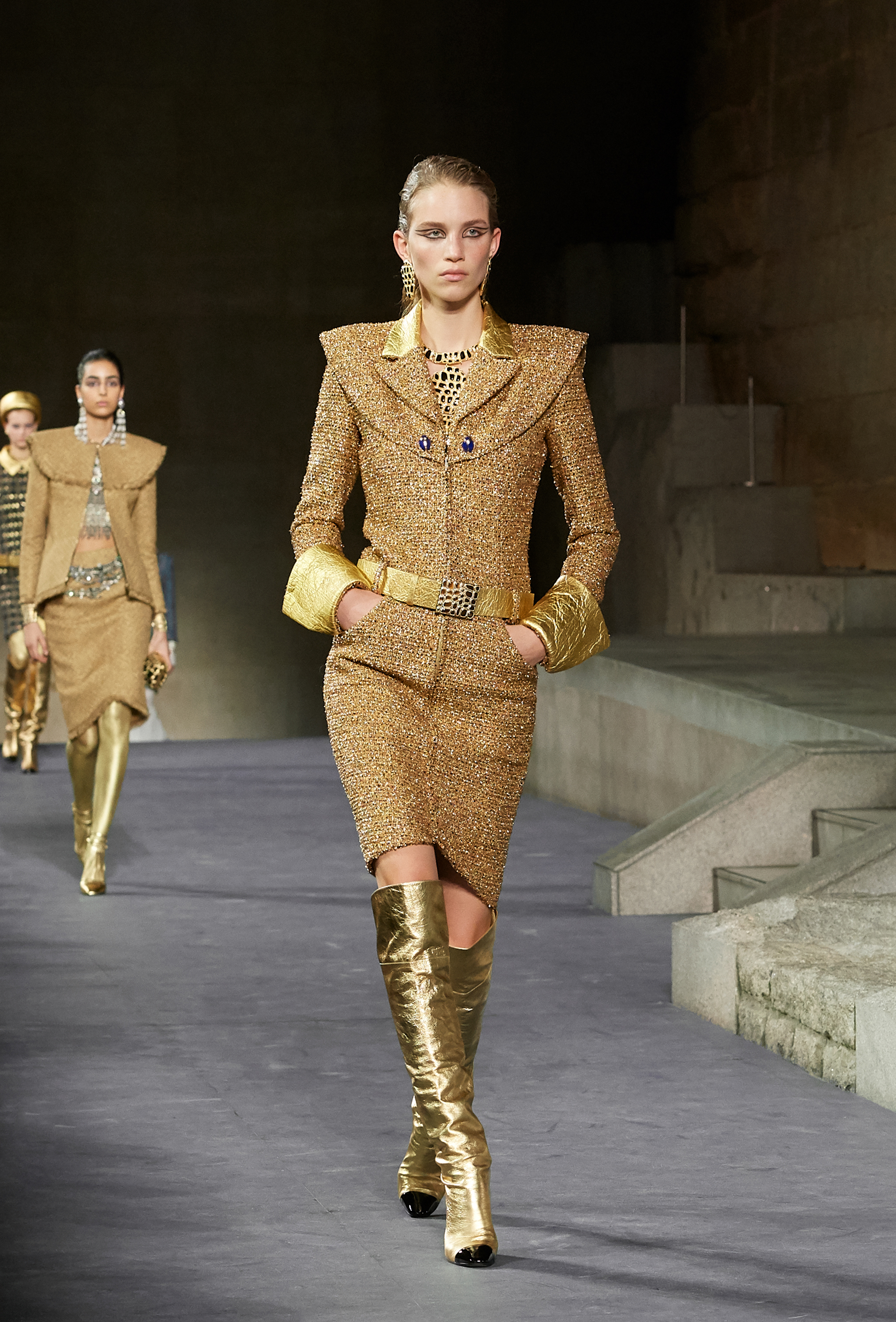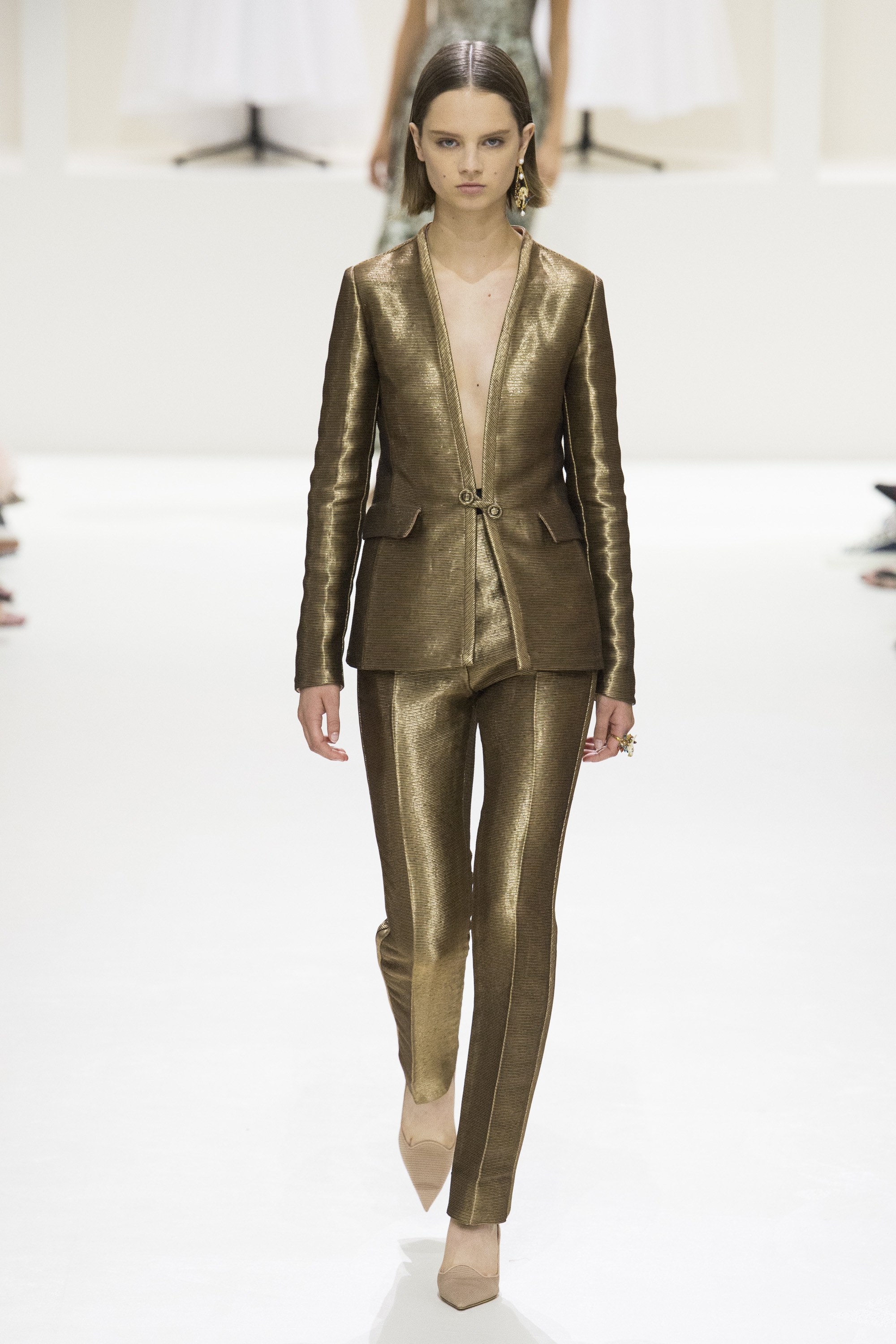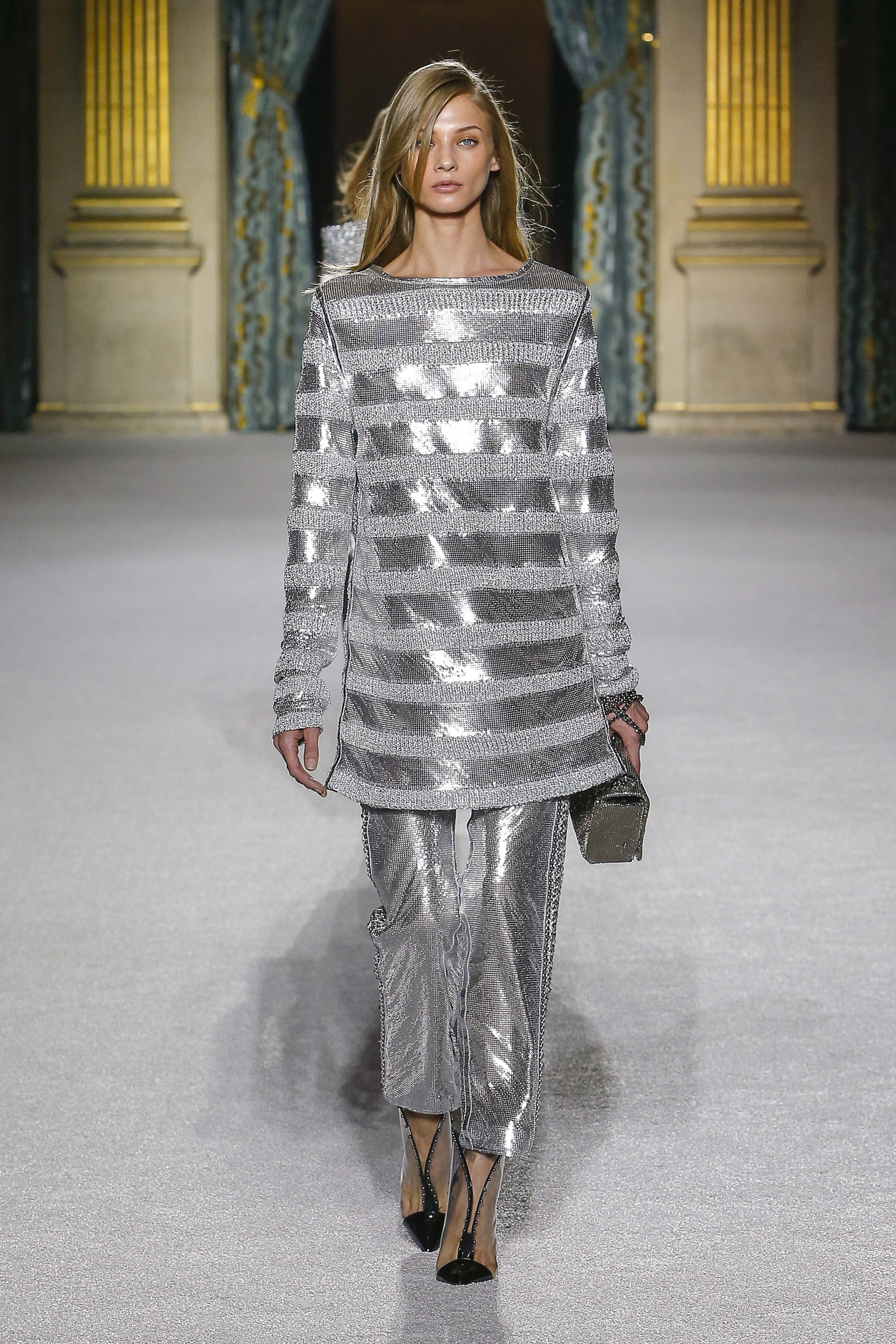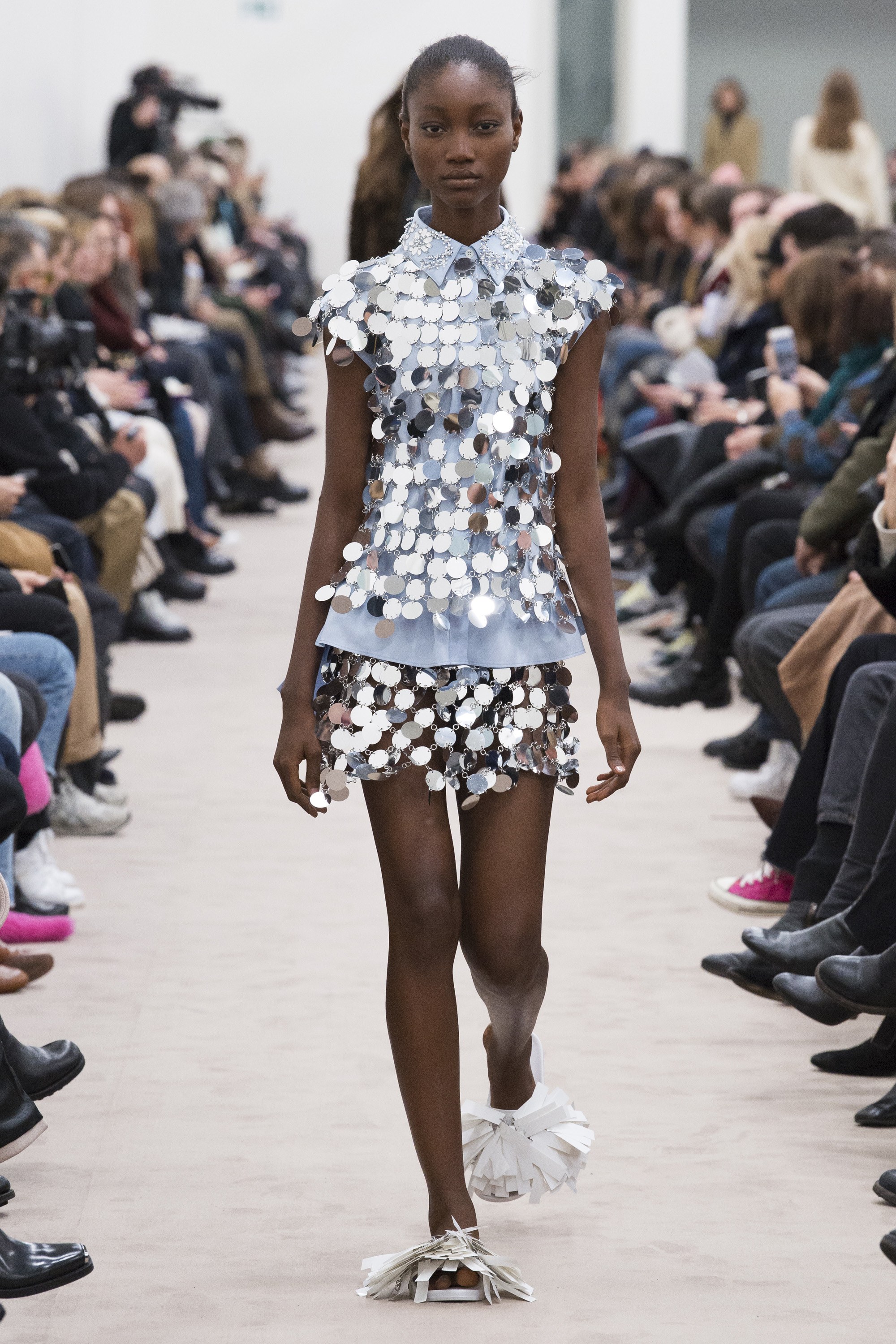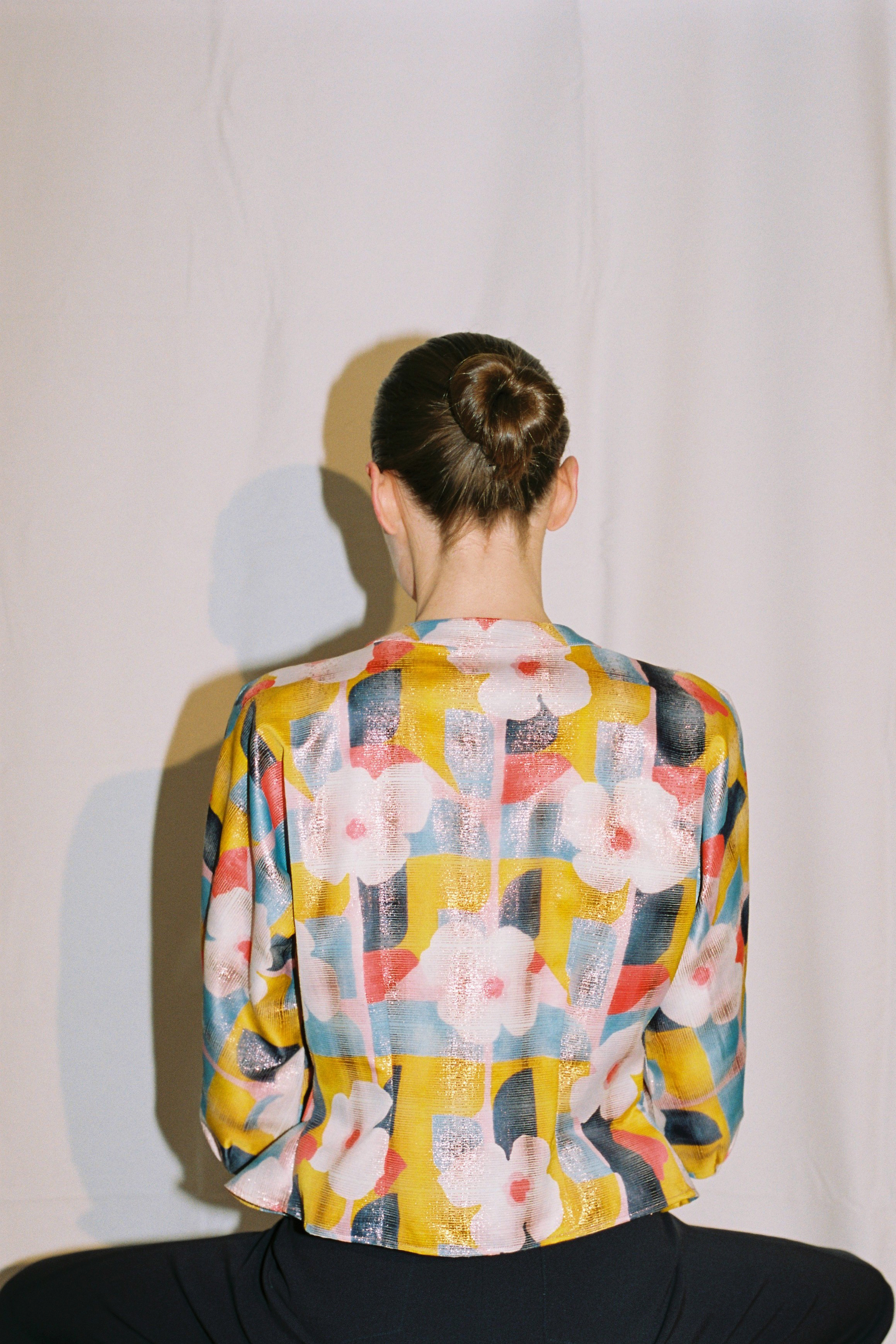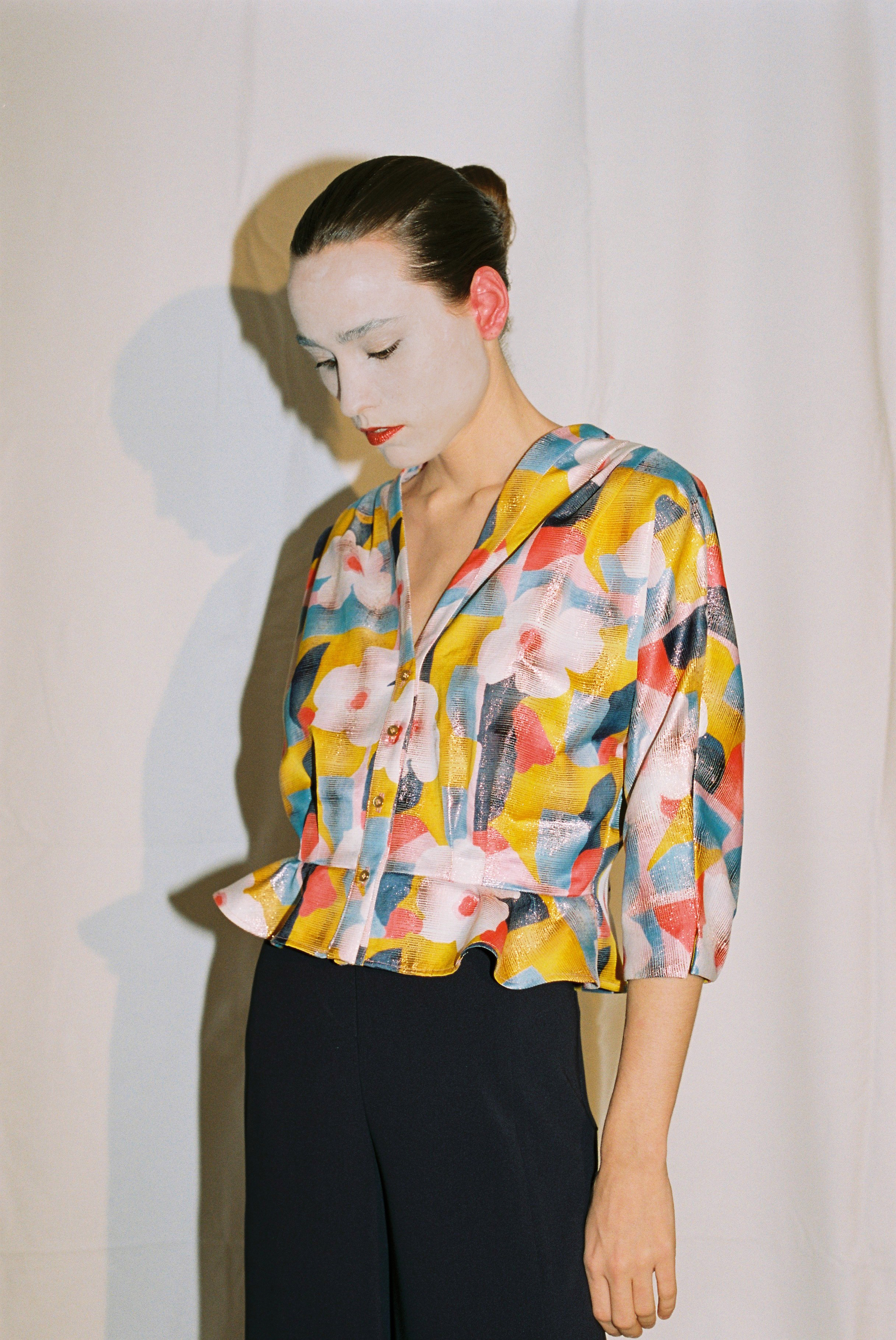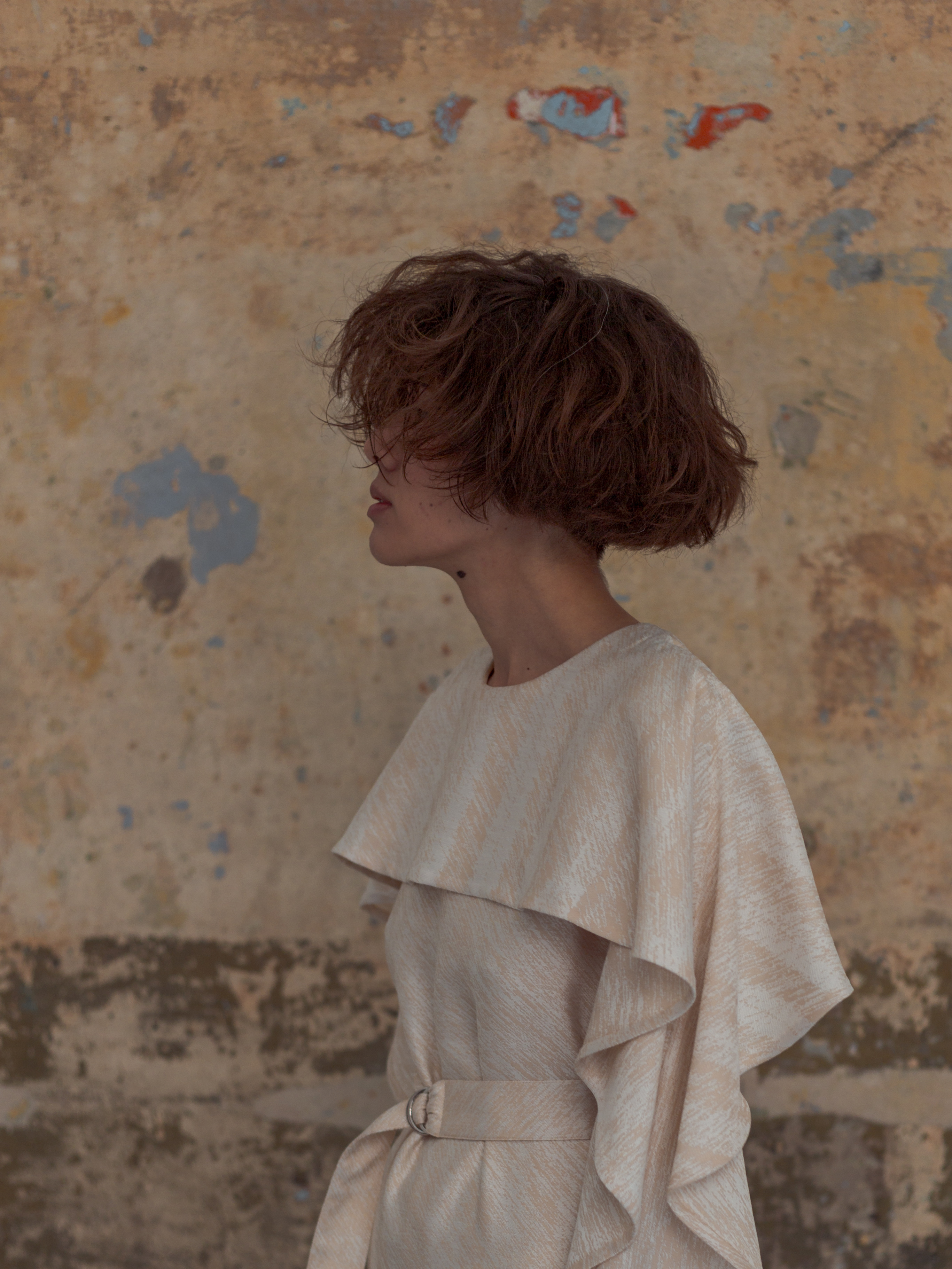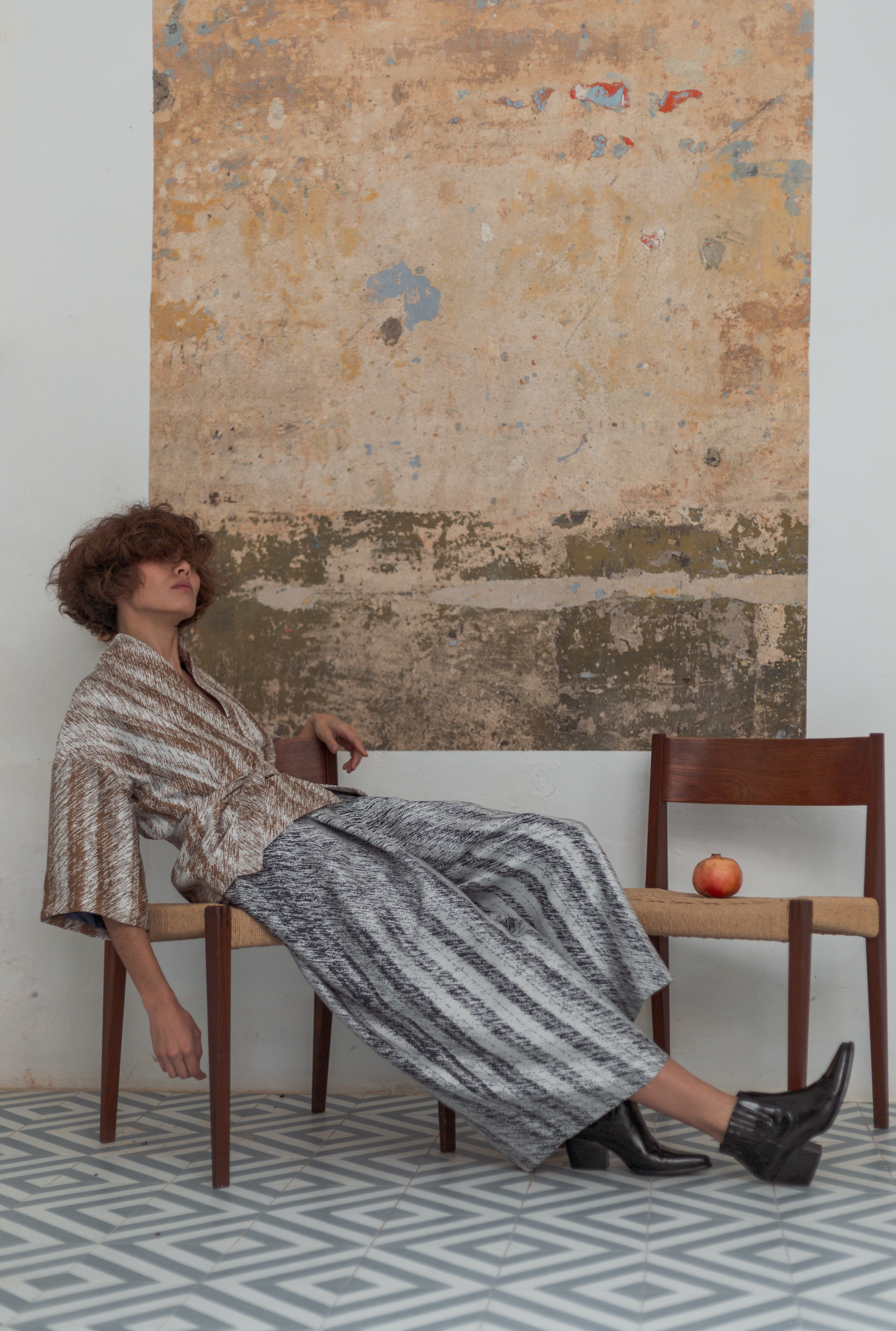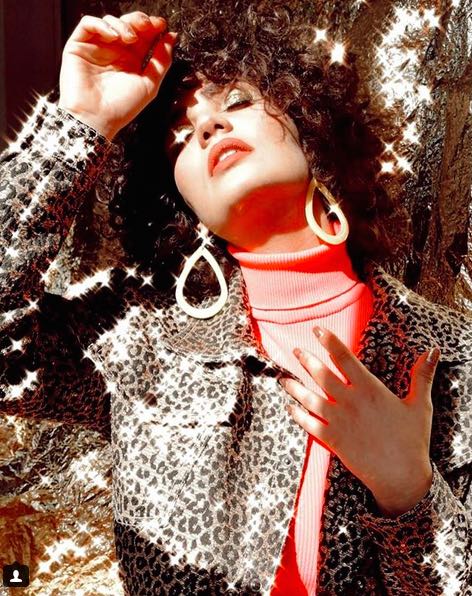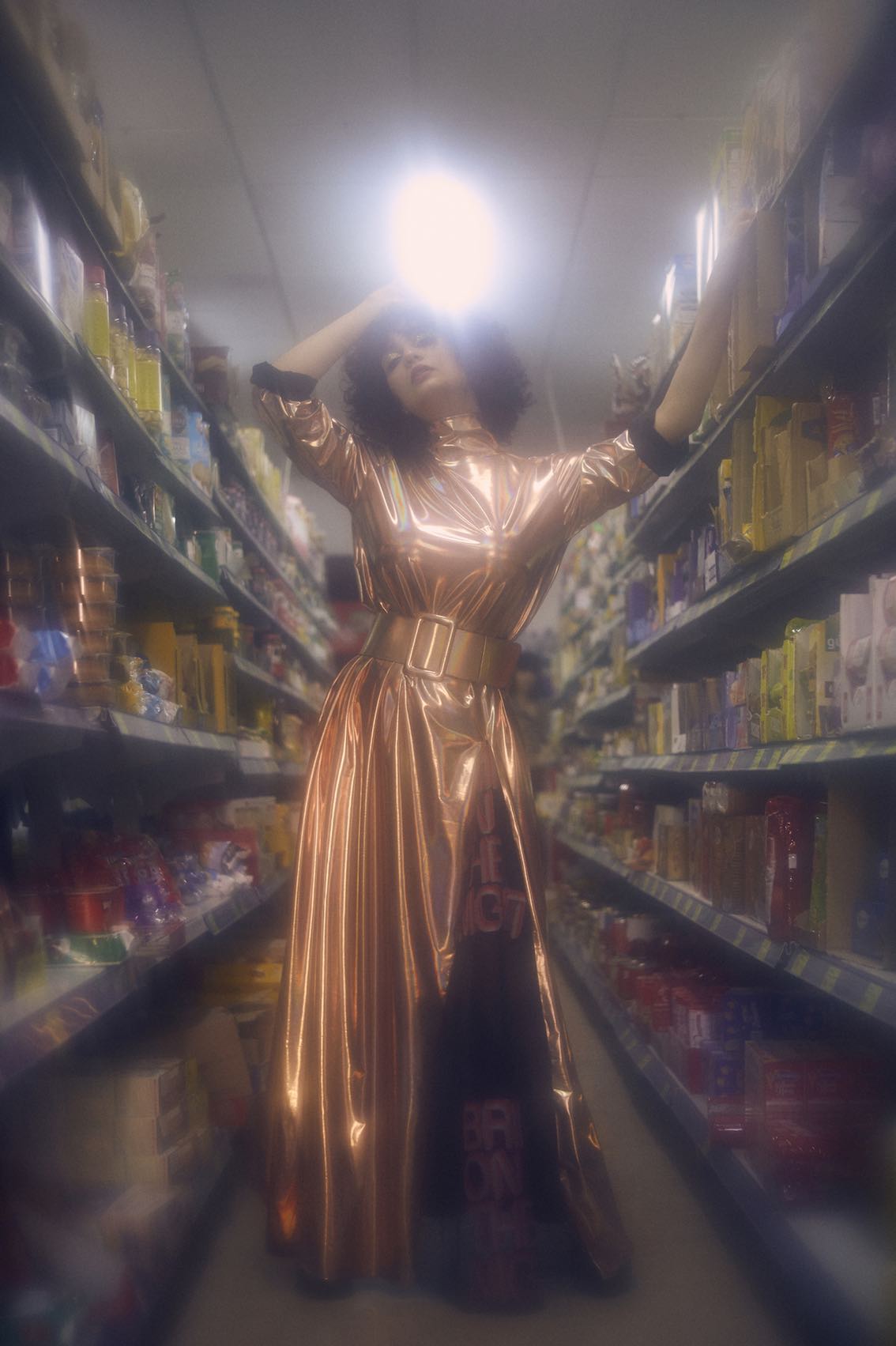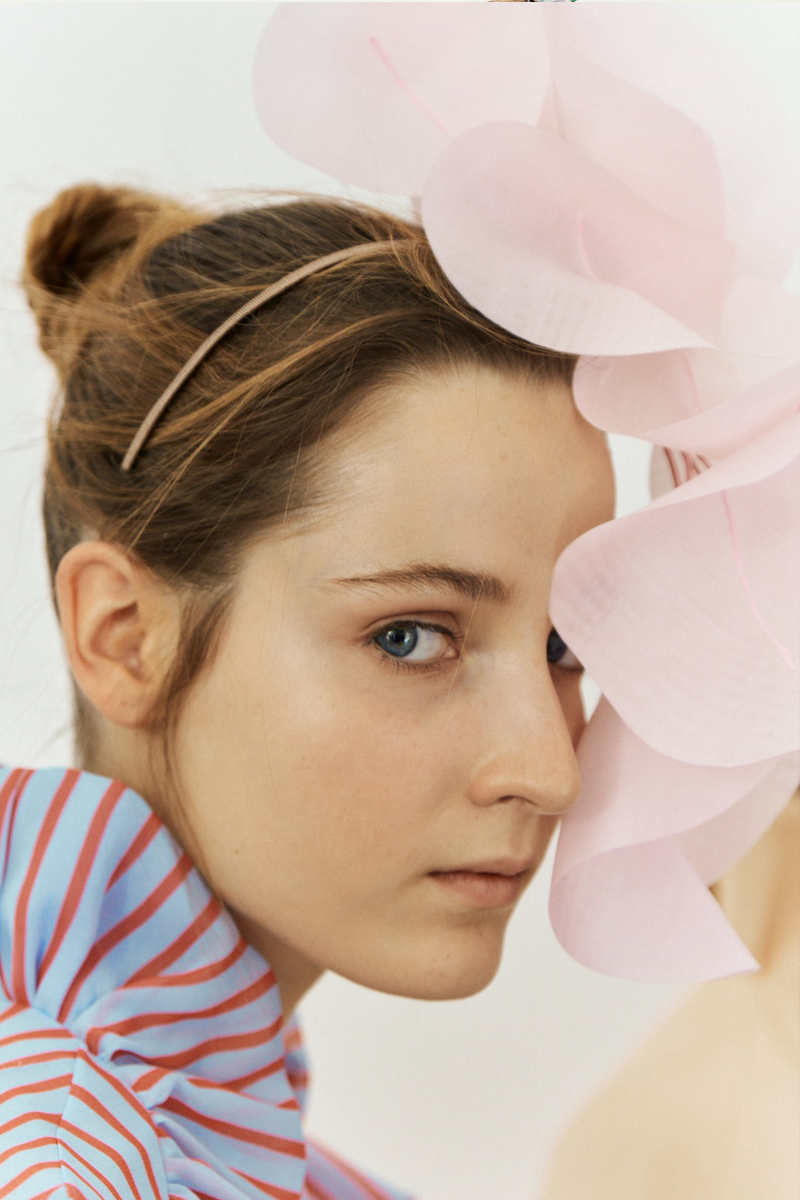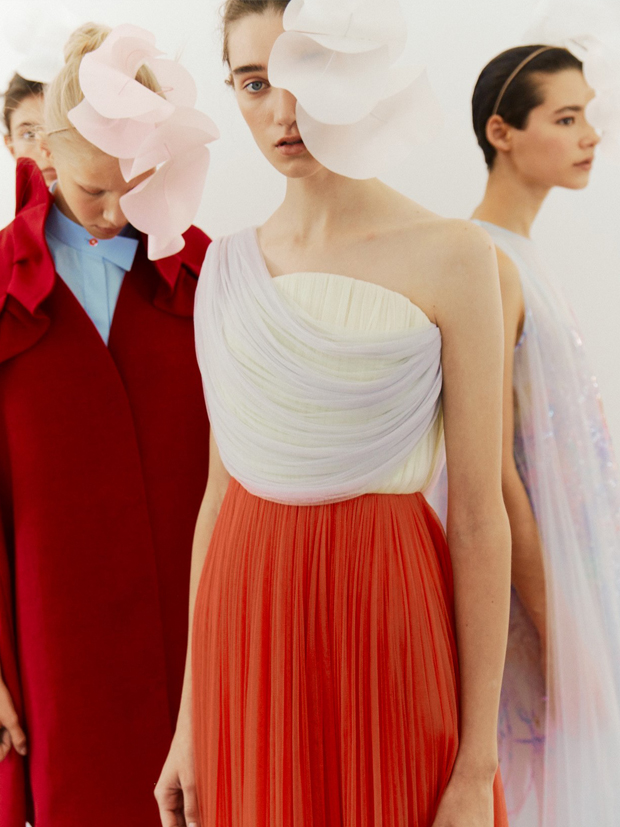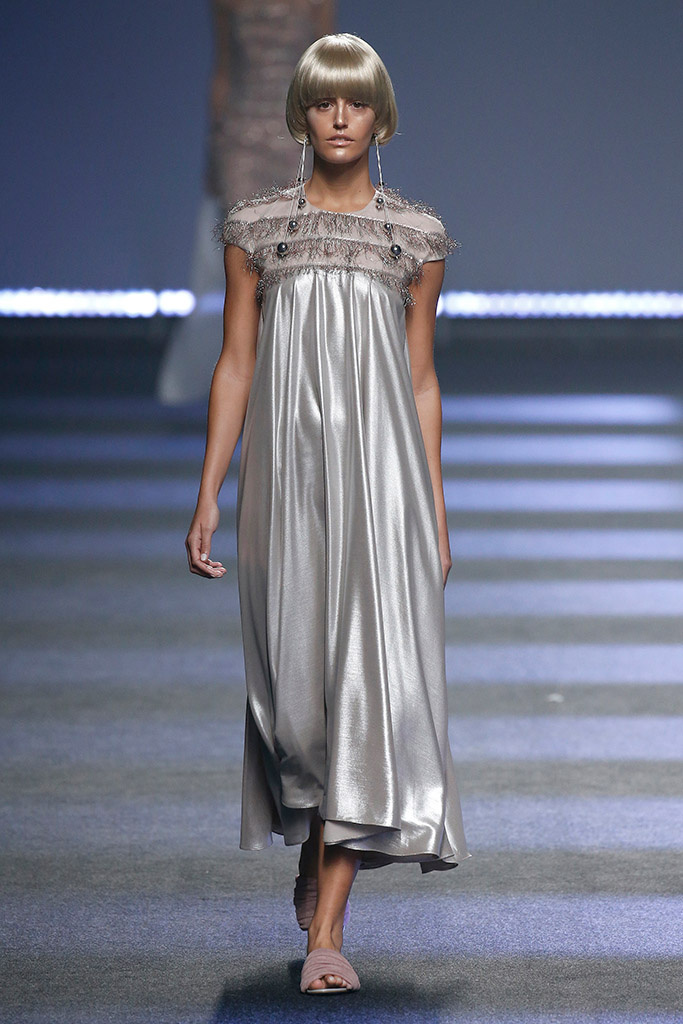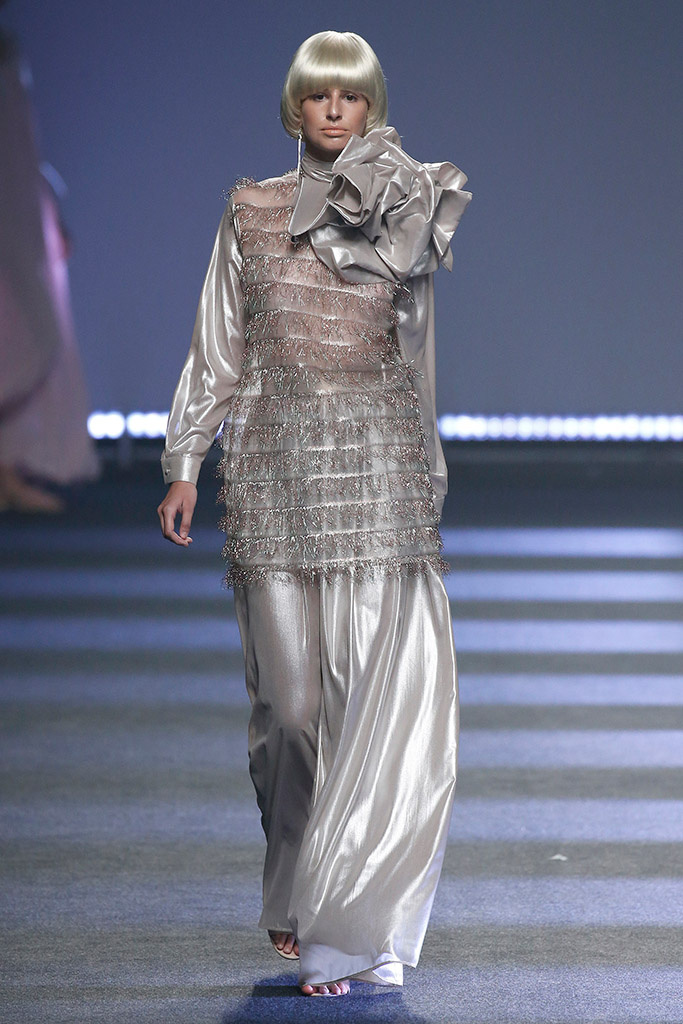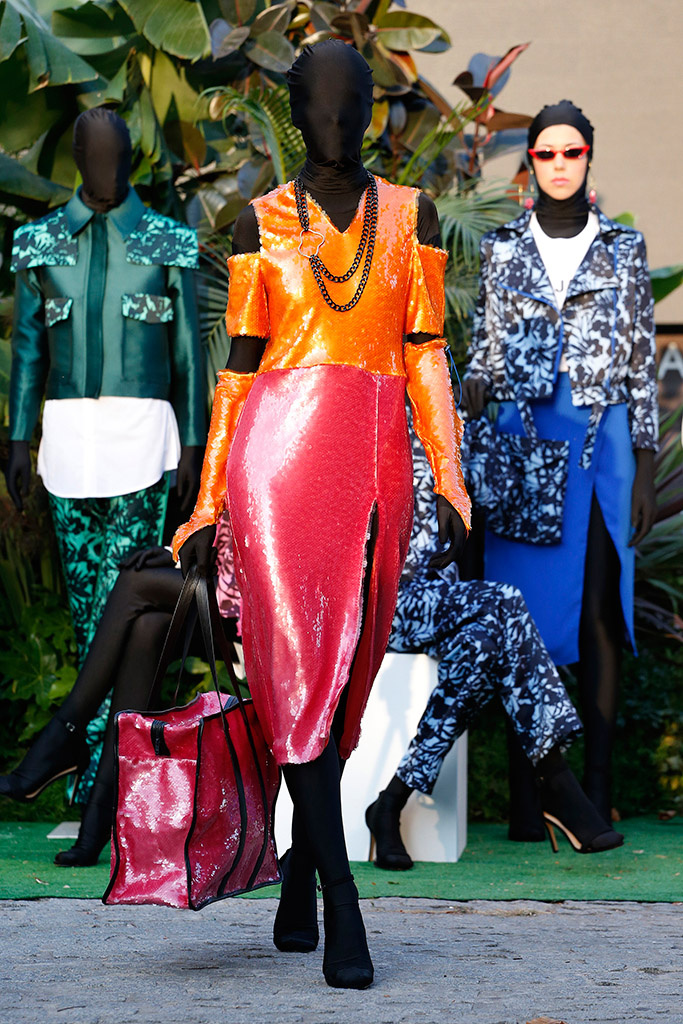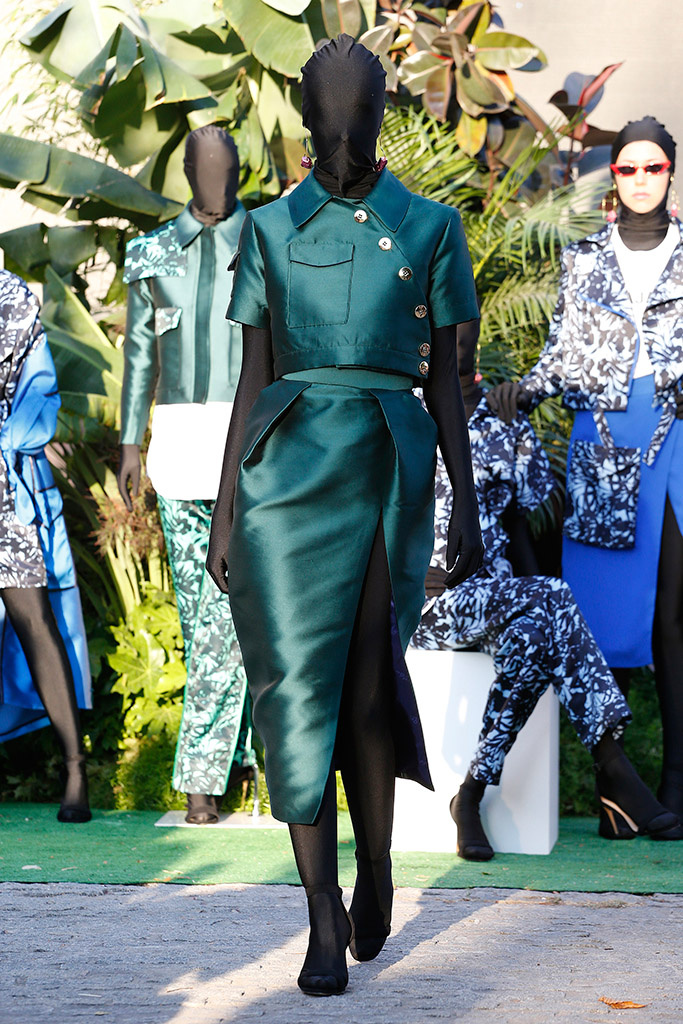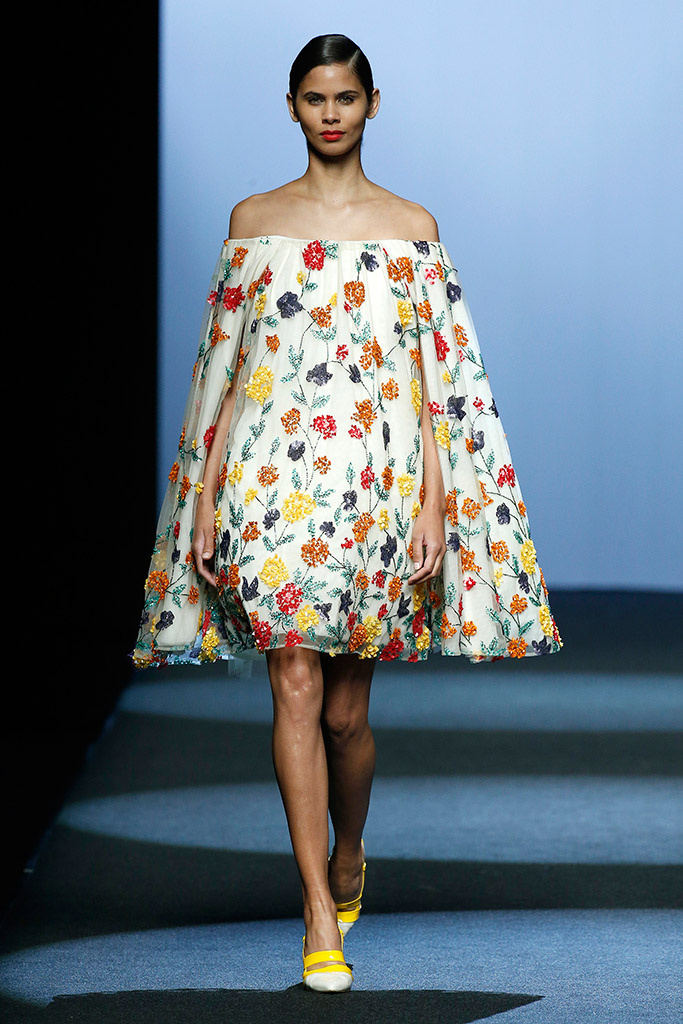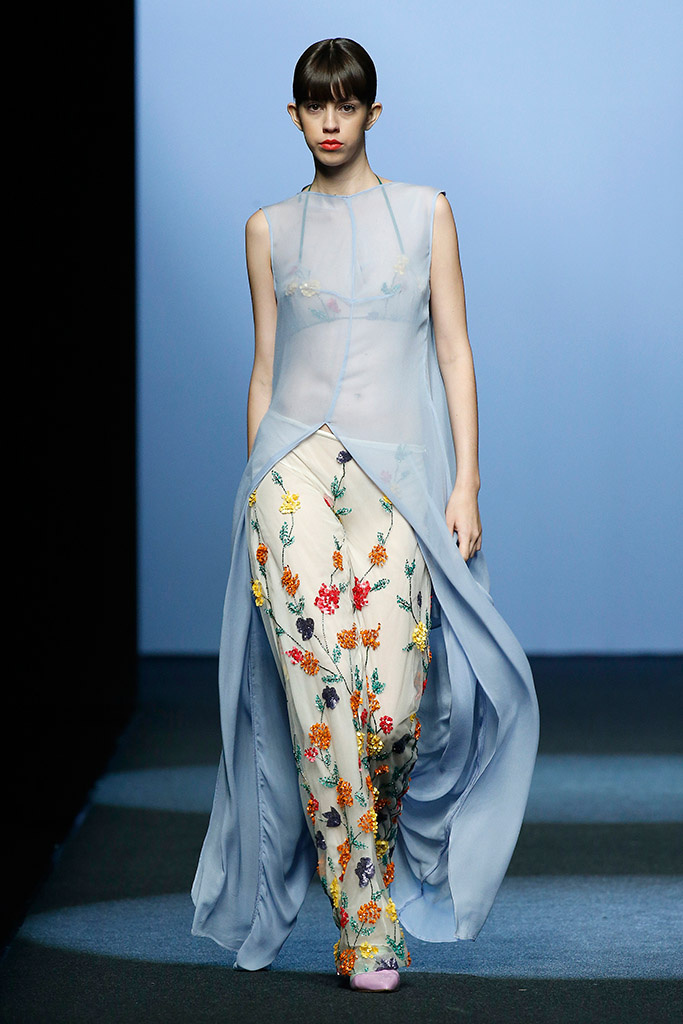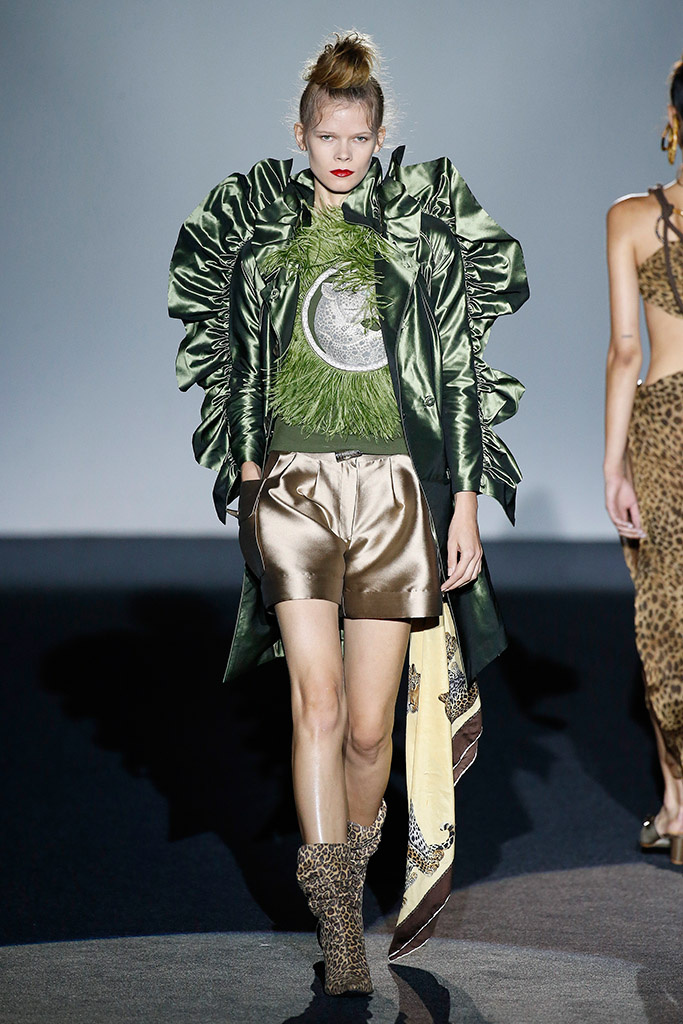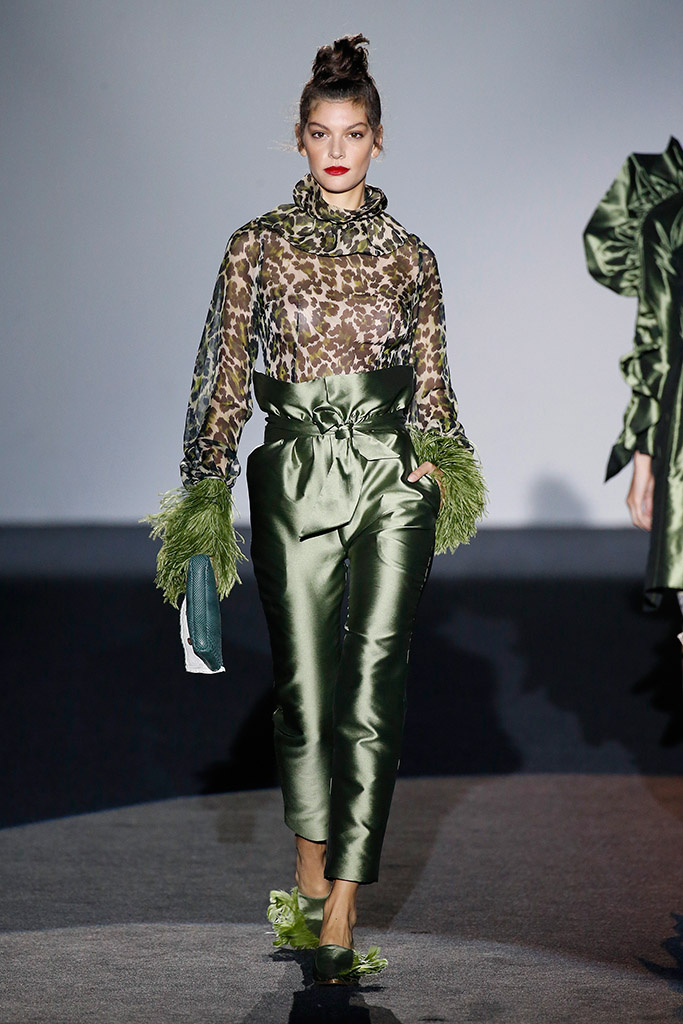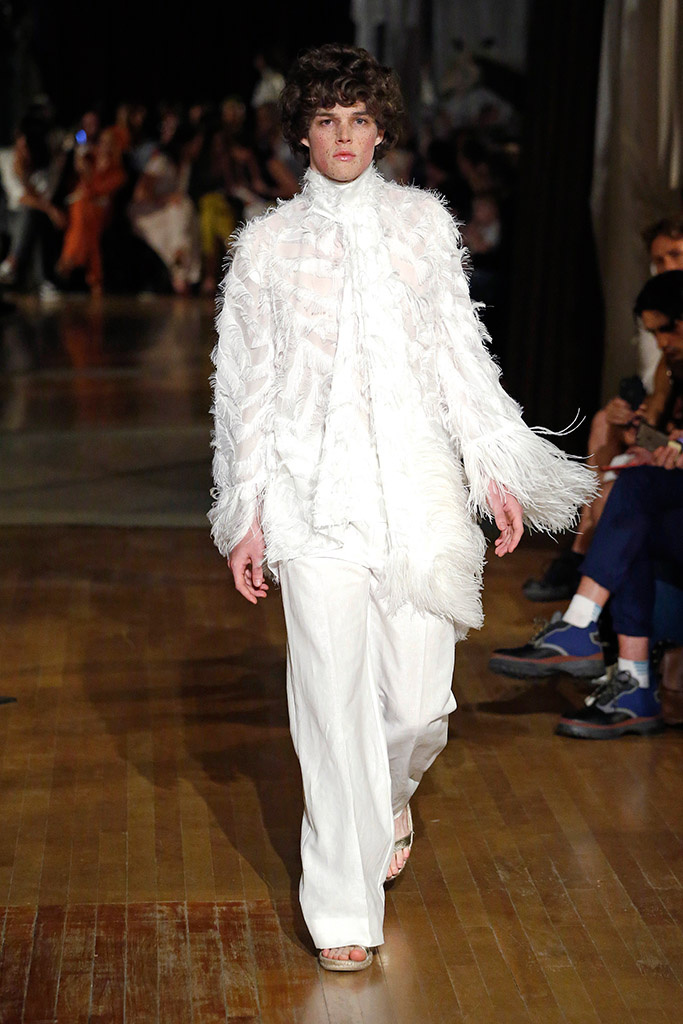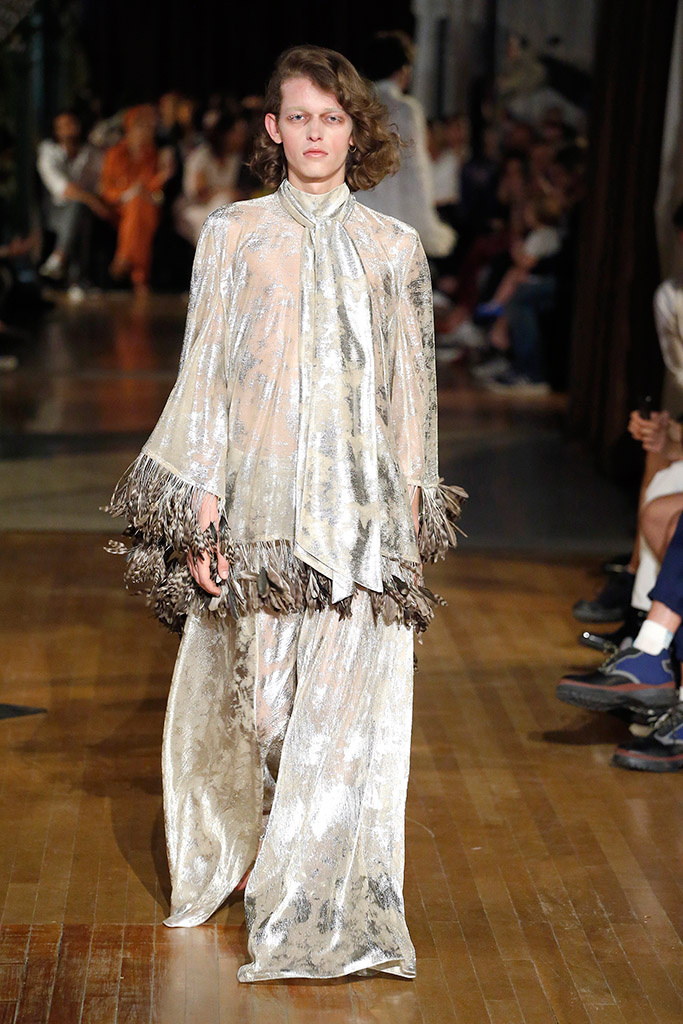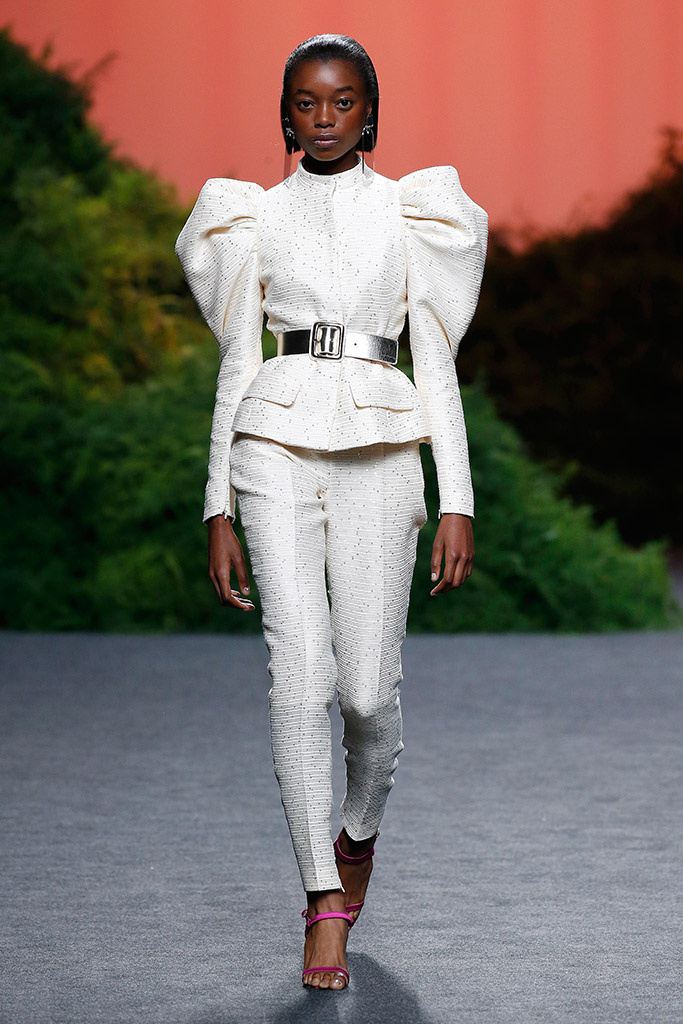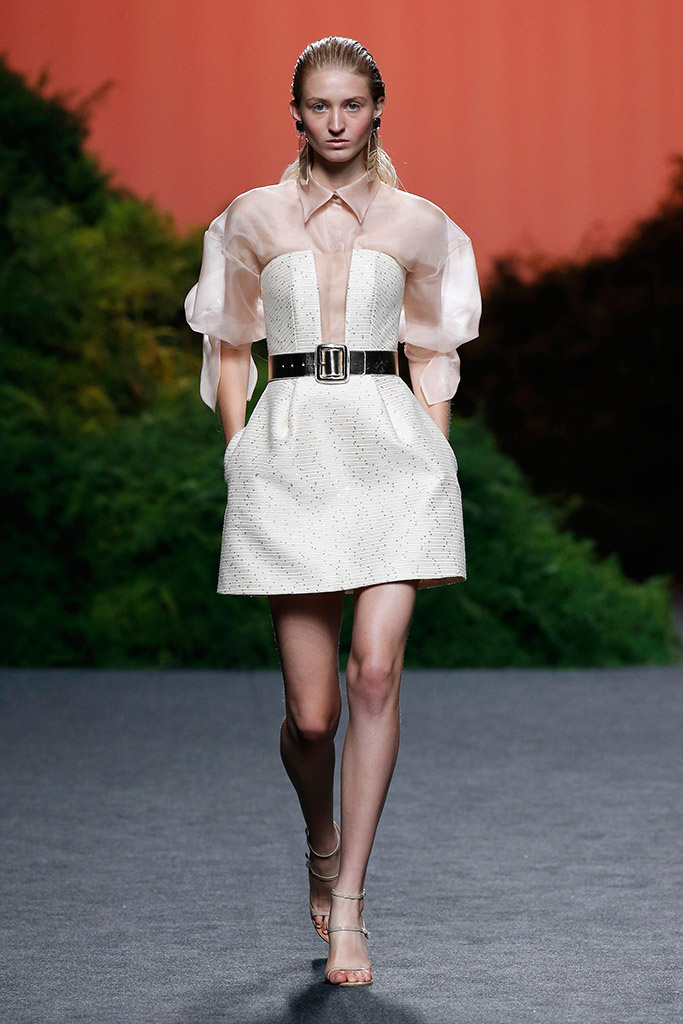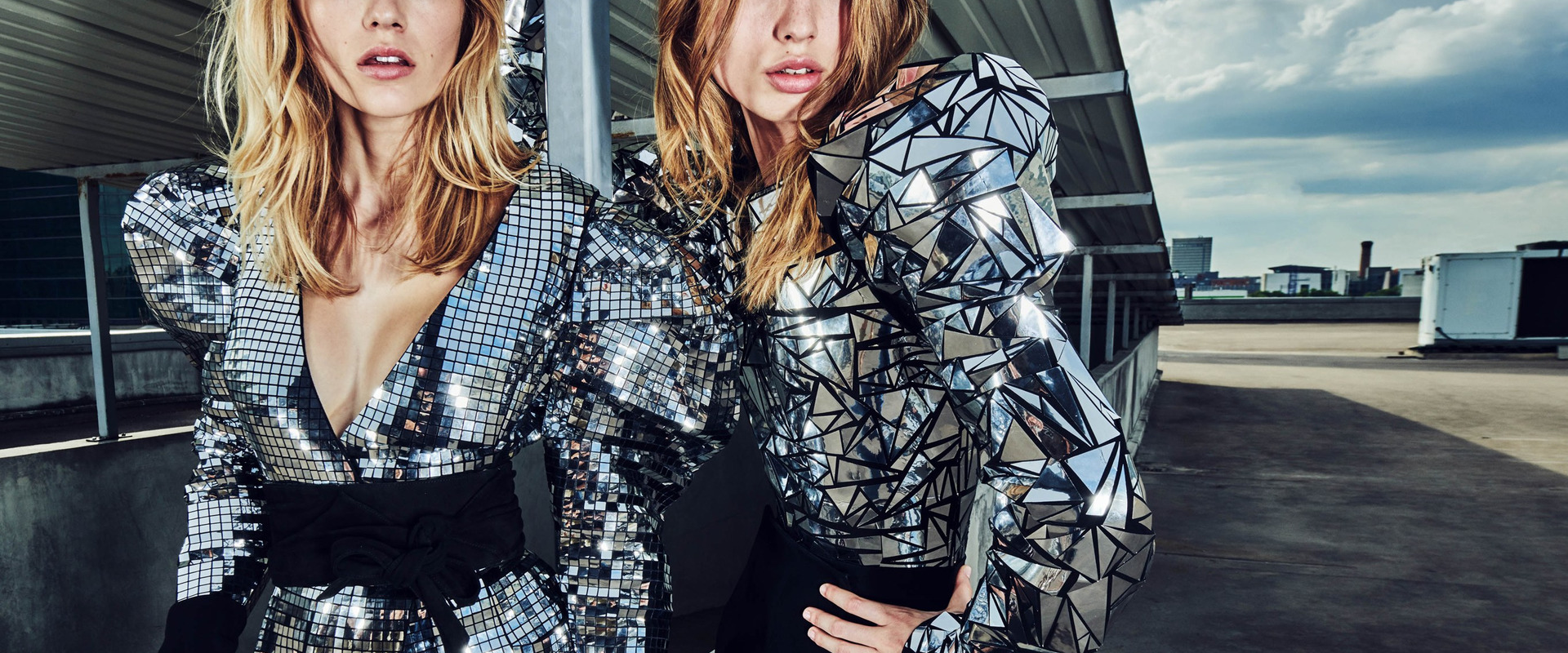
These are good times for metallic shades, which acquire their own identity within fashion, beyond their traditional connection with parties, luxury and excess. Thus in the past seasons we have seen how metallic fabrics have gradually taken over the catwalk in garments, accessories and complements that embrace a more casual style, exploring the urban and the sporty in an aesthetic festival that interweaves contrasting forms and volumes.
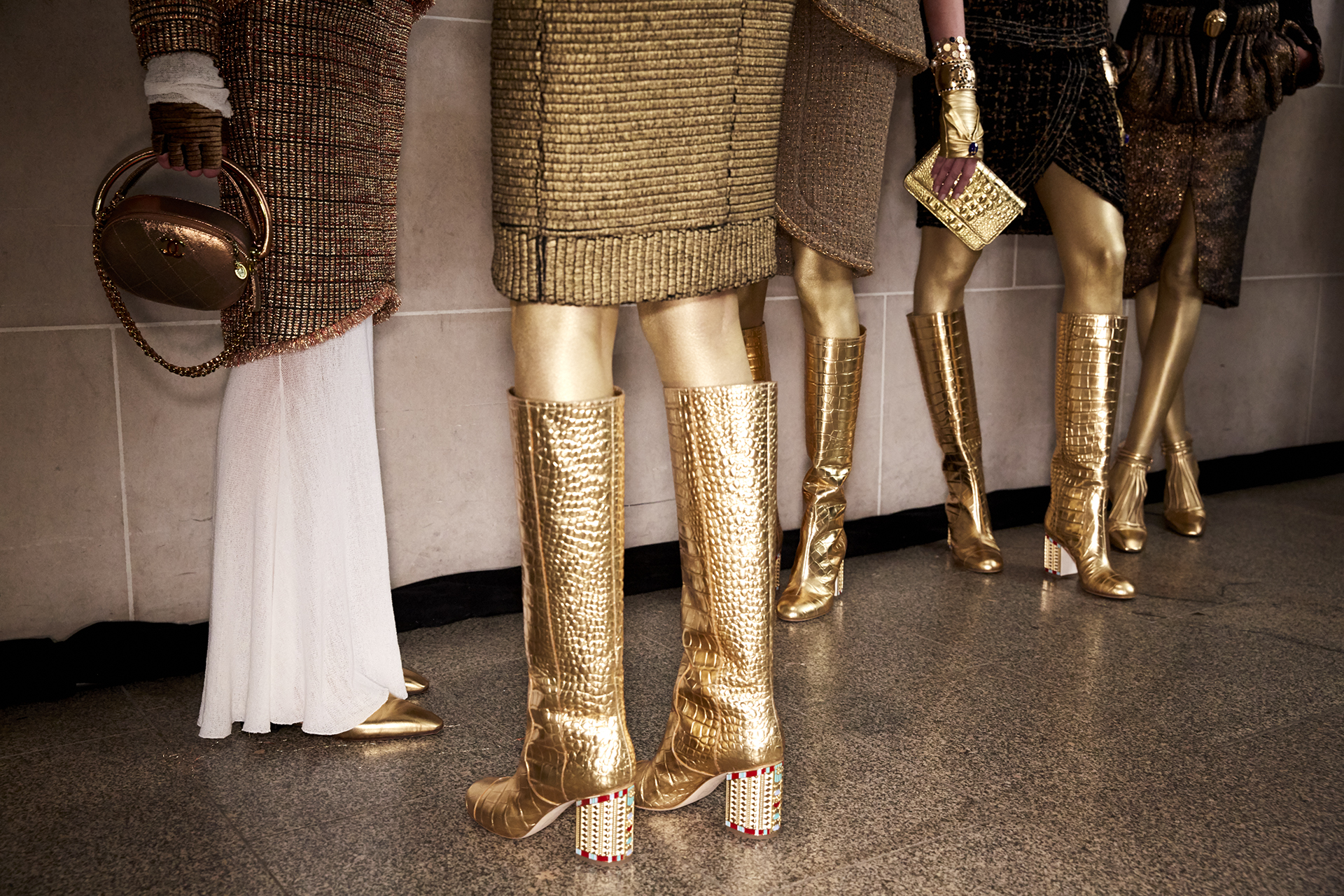
Yet the proximity of the Christmas season almost “forces us” to recover the conventional facet of metallic tones because it is precisely at this time of year when they have more presence within the festivities. From among all the fabrics that radiate their own light we are focusing on the two brilliant colours par excellence that are sometimes opposed: gold and silver.
Gold Rush
Gold has always been associated with opulence, classic style, baroque ornamentation and luxury at its best. It is the colour of wealth and majesty, of the taste for excess, a warm and ultra-luminous shade that empowers, shines and overwhelms in turn because it does not accept half measures. The favourite of King Midas moves between the classic and the modern with fabrics that capture the attention of all eyes. It is impossible to go unnoticed!
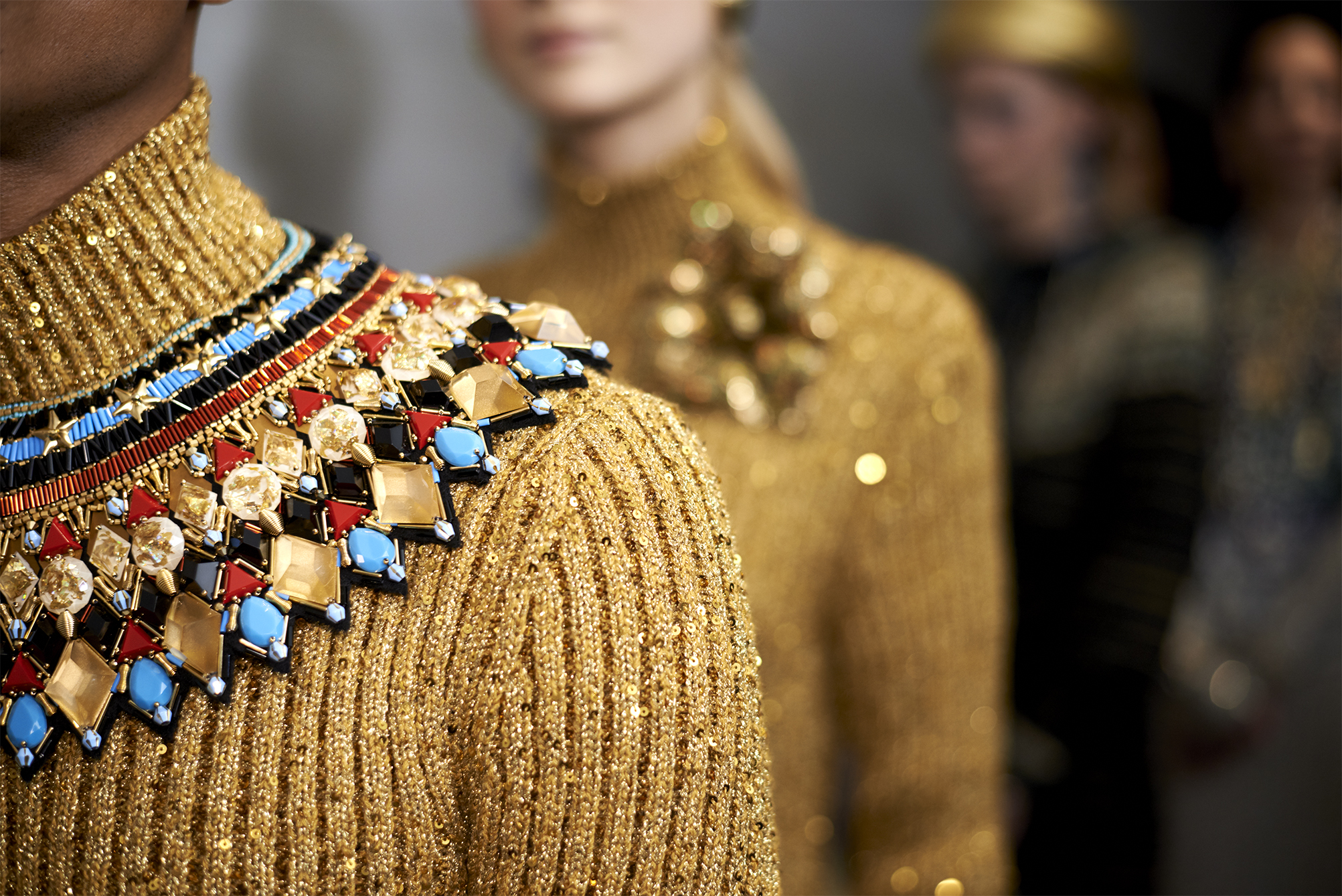
Gold takes over, for example, in fabrics with rhinestones, in pleats and Iamé, creating golden patinas that create fascinating optical games. It is also present in fabrics with sequins, together with other more discreet shades such as old gold or in rich floral embroidery combined with other colours such as red or black.
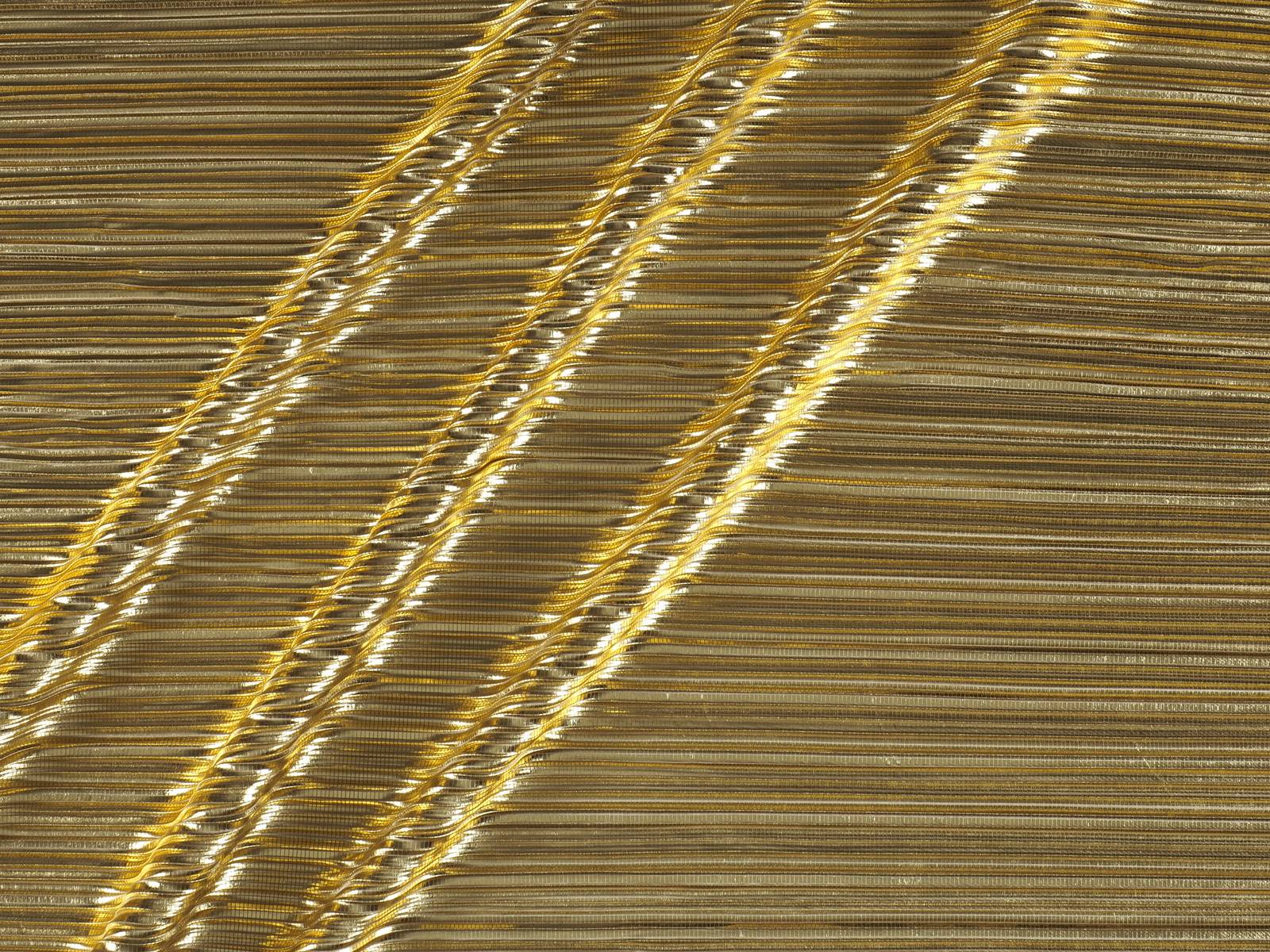
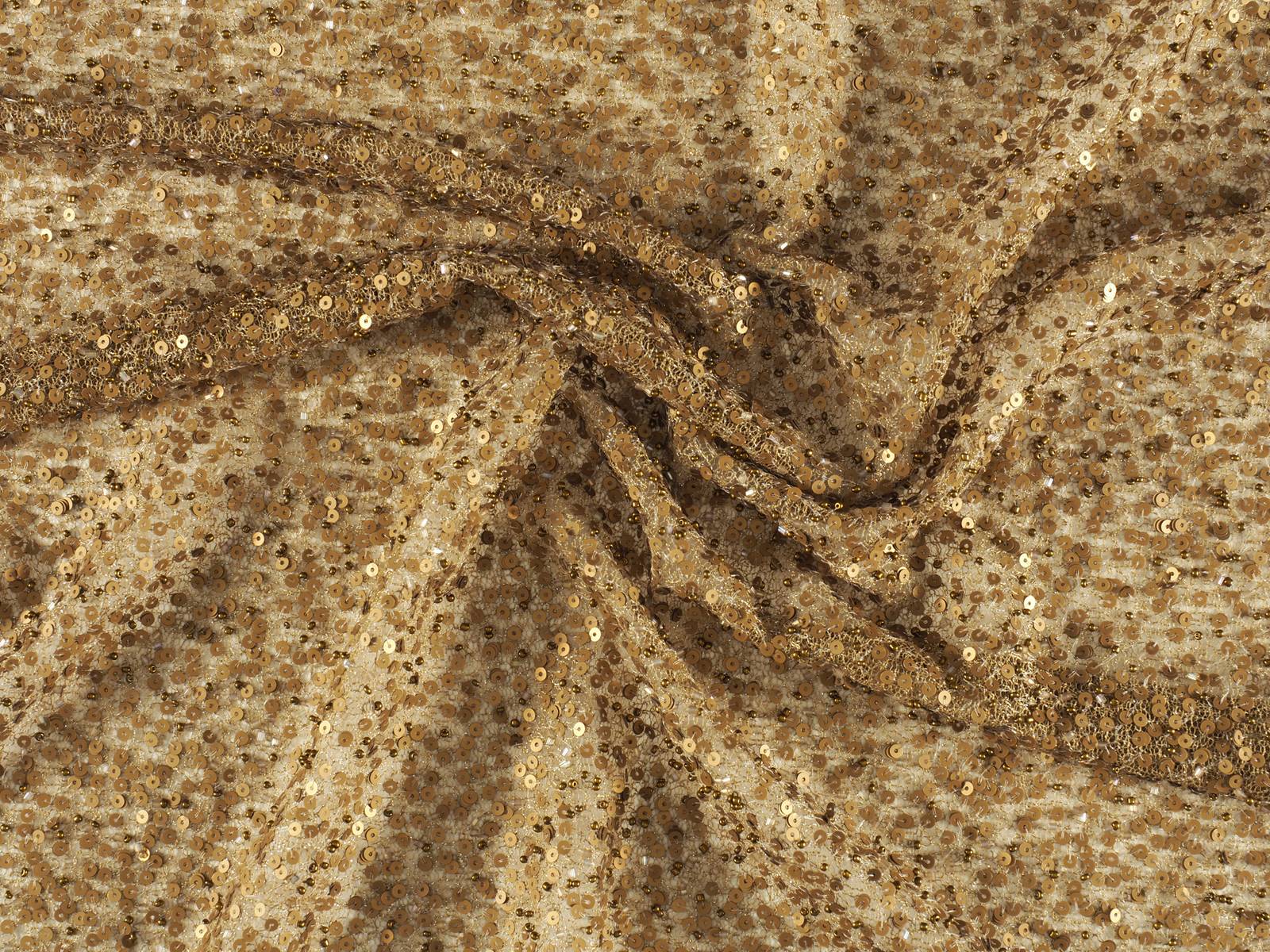
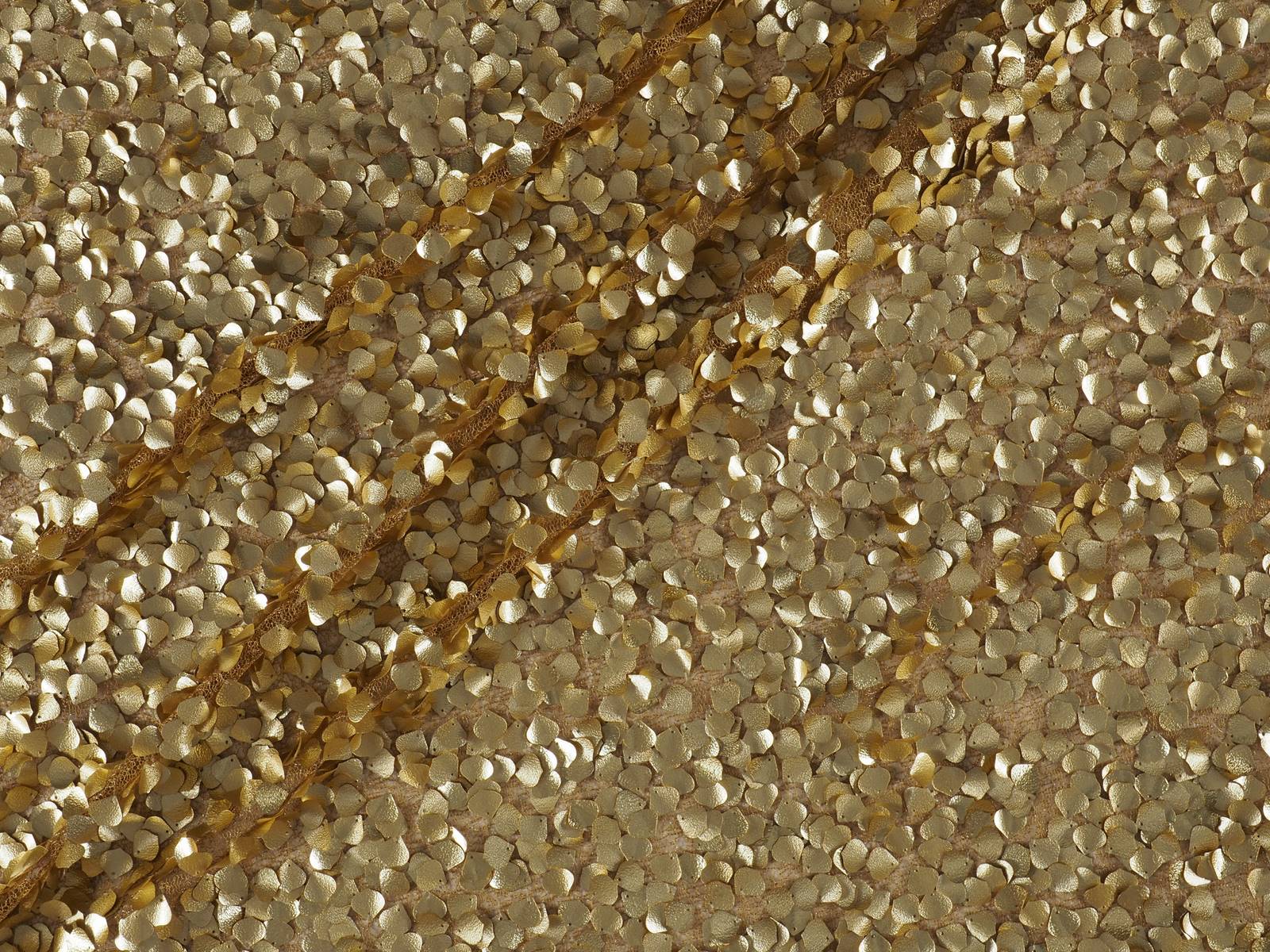
Futuristic silver
Far from being “the younger brother” of gold, the colour silver has in recent seasons acquired its own identity by exploring its most rebellious facet. In fashion it is also a luxurious hue that is associated with modernity, movement, technology and innovation. In this sense the colour silver is seen as the symbol of progress, of the functional, dynamic and technical, showing a great power of attraction linked to future advances such as in the field of space engineering. Hence the colour silver is sometimes linked with futuristic utopias.
This cool shade moves away from smooth fabrics and appropriates original textures such as the wrinkles associated with aluminum foil. On the catwalks of the current season there are Calvin Klein dresses 205W39NYC, iridescent nuances from Emporio Armani or fabrics with Balmain hologram effect. Finally mesh fabrics and large shiny sequins are also abundant, creating a seductive mirror effect, two classics that form the essence of Paco Rabanne.
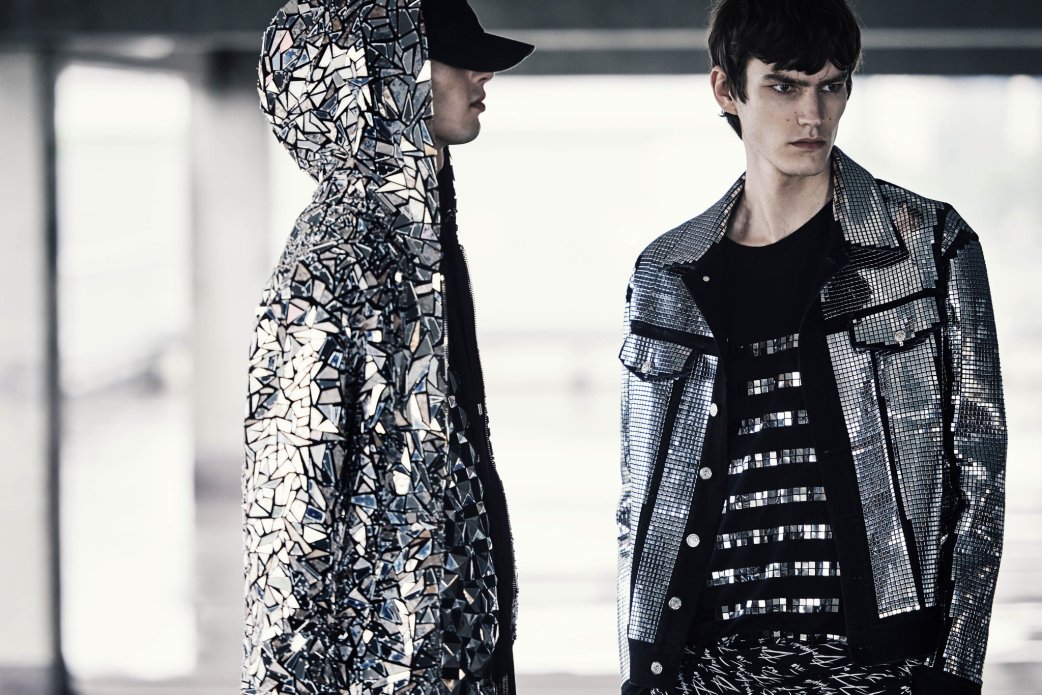
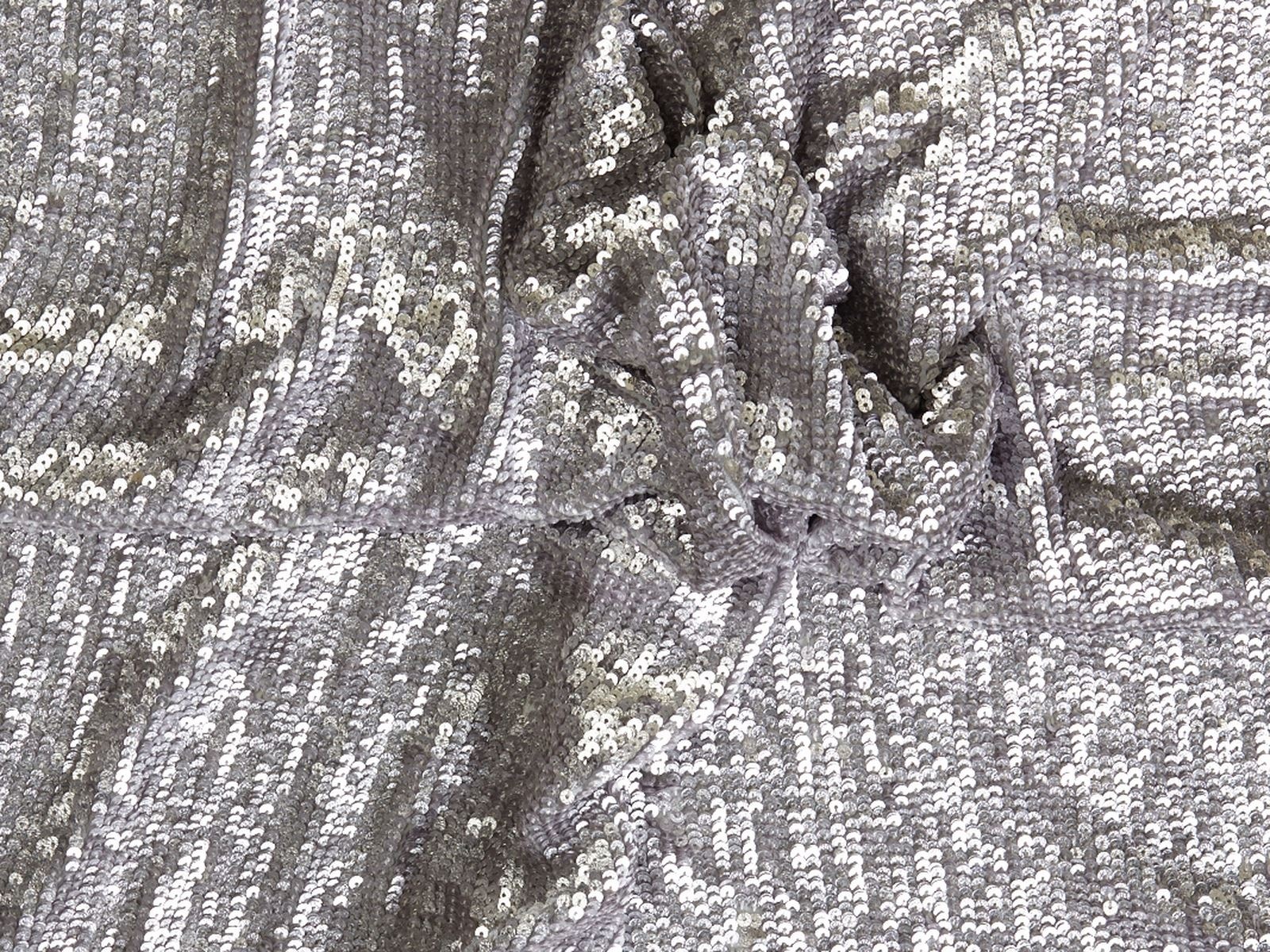
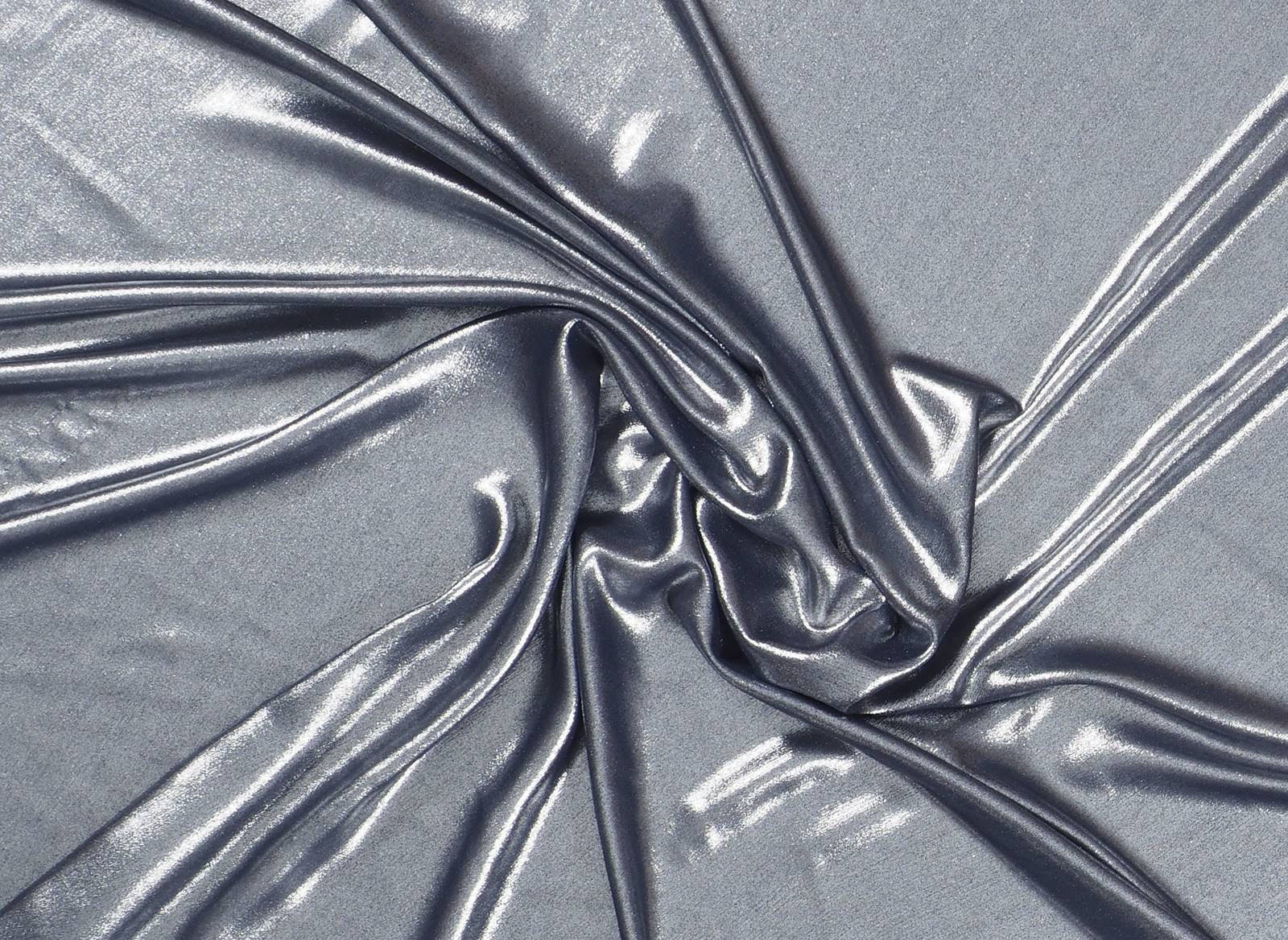
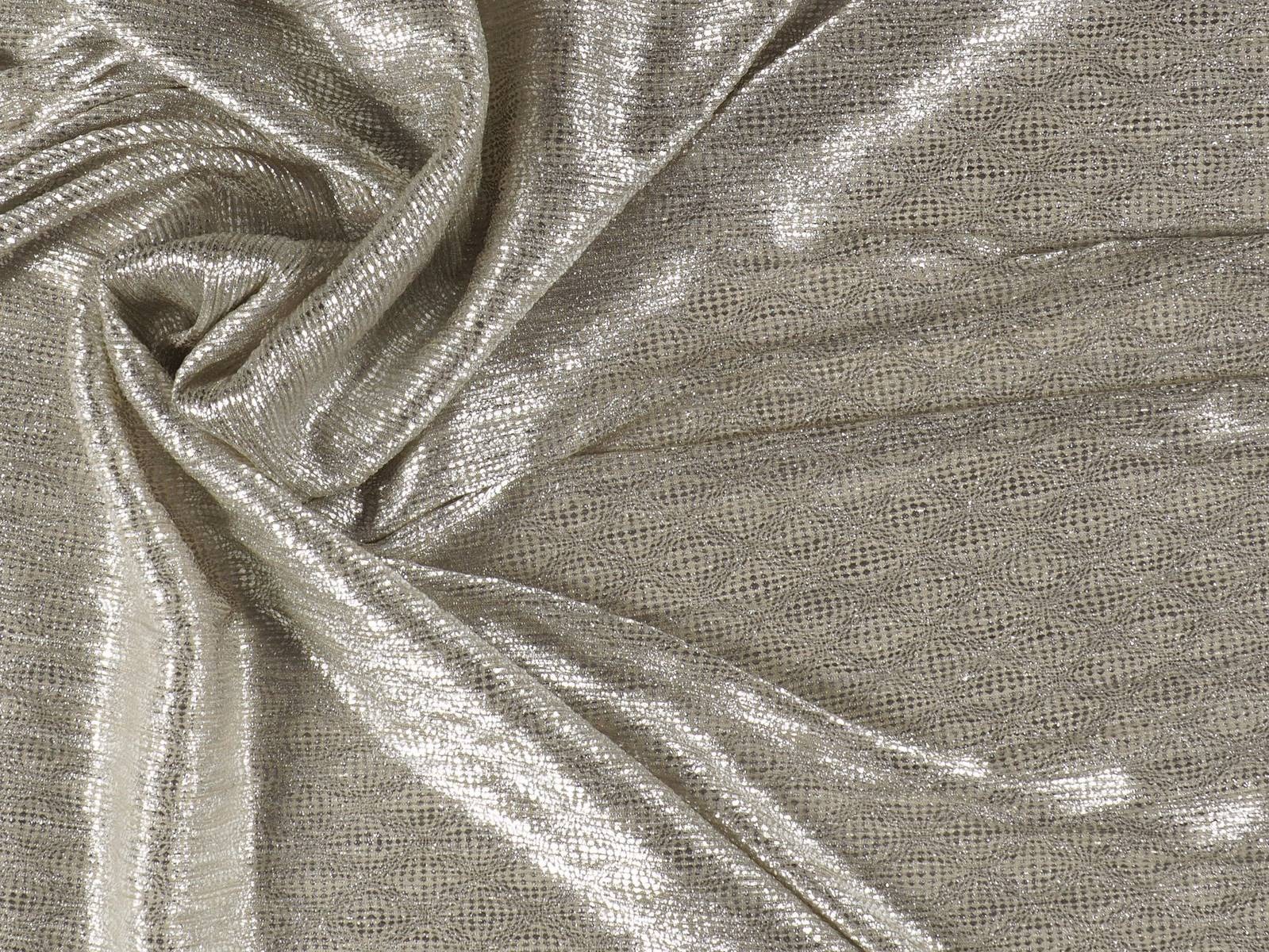
Miércoles 28 noviembre 2018
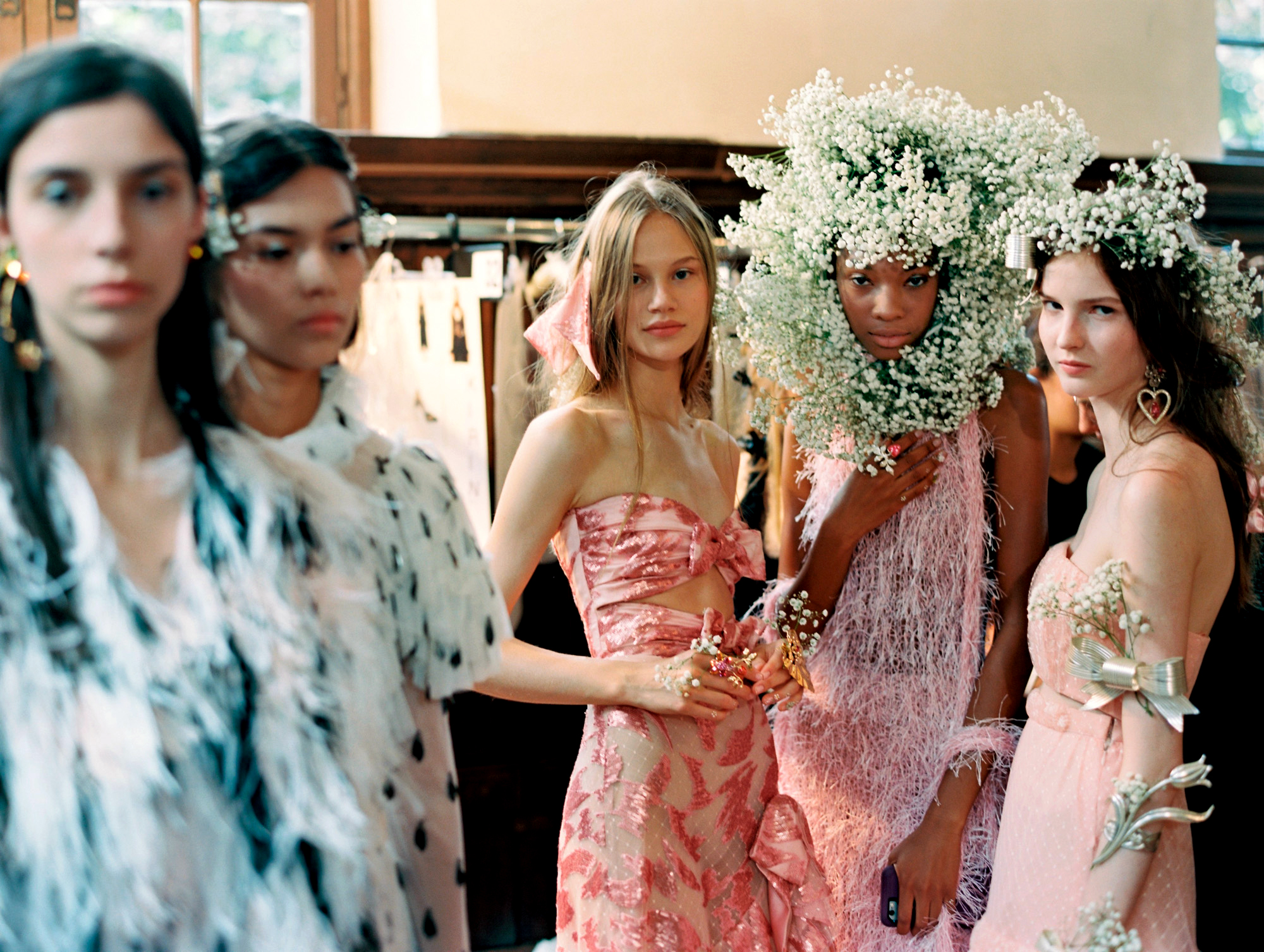
The National Museum of Women Artists (NMWA) in Washington DC is hosting a fashion show for the first time and is doing so in a big way, hosting the meticulous work of Rodarte. Thus, with the title ‘Rodarte’, the exhibition explores the universe of the famous American luxury fashion house, founded just 13 years ago by the sisters Kate and Laura Mulleavy . The exhibition reveals the visionary concepts of the designers, their impeccable craftsmanship and their impact on the fashion industry. Taking into account that currently only 14% of the big fashion companies are headed by women, this exhibition, located in a museum dedicated to women’s art is a declaration of intentions.
Specifically ‘Rodarte’ explores the distinctive features of its design, creative design and the recurring themes and inspirations that position the work of the Mulleavy sisters within art and contemporary fashion. It is not a retrospective view, something the curators of the exhibition themselves have made clear from the outset, as the company is very young and its founders are under forty, but rather an approach to the imagination of Rodarte starting from the different elements that make up its identity. These traits are revealed via the 94 complete looks that form part of the 12 seasons presented by the Californian company. In addition the dancer costumes that the Mulleavy sisters created for the film ‘Black Swan ‘ by Darren Aronofsky have also been included, as well as the costumes from his first film ‘ Woodshock ‘. These garments distill the concept of modern femininity that is the essence of Rodarte , together with other influences such as their passion for nature and humanity. It is a perfect blend of strength and delicacy that is also seen in the wide variety of fabrics used, combined with meticulous haute couture techniques. It is not for nothing that Rodarte is one of the companies that has received the most accolades in the world of art and fashion since its inception in 2005.
The exhibition ‘Rodarte’ will be open to the public until February 10.
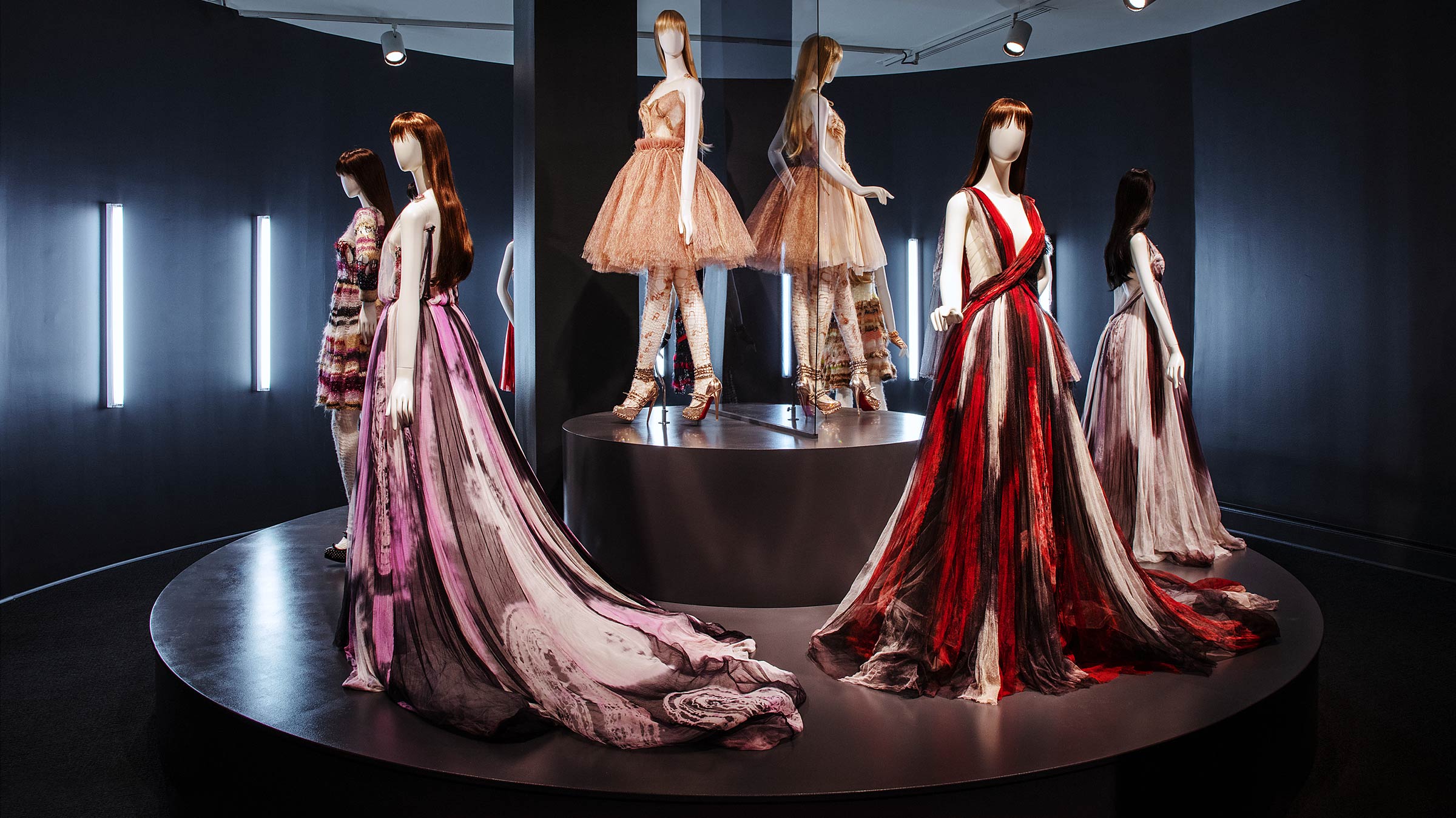
Fashion conceived as art
Rodarte was founded in 2005 in Los Angeles (California), fruit of the imagination and creativity of Kate and Laura Mulleavy. Graduates in art history and literature , the sisters lacked a specialized training in fashion design when they started, but they had audacity, intuition and an exquisite taste for technique, craftsmanship and detail. With these talents they conquered the industry immediately. In this brief career of thirteen years Rodarte has won dozens of awards since its first parade and institutions such as the Metropolitan Museum of Art’s Costume Institute have acquired some of the company’s creations. Their garments, between post-apocalyptic and dreamlike, seek that duality inherent in beauty, between dark and luminous, with multiple references that cover recurrent themes such as cinema, art and nature.
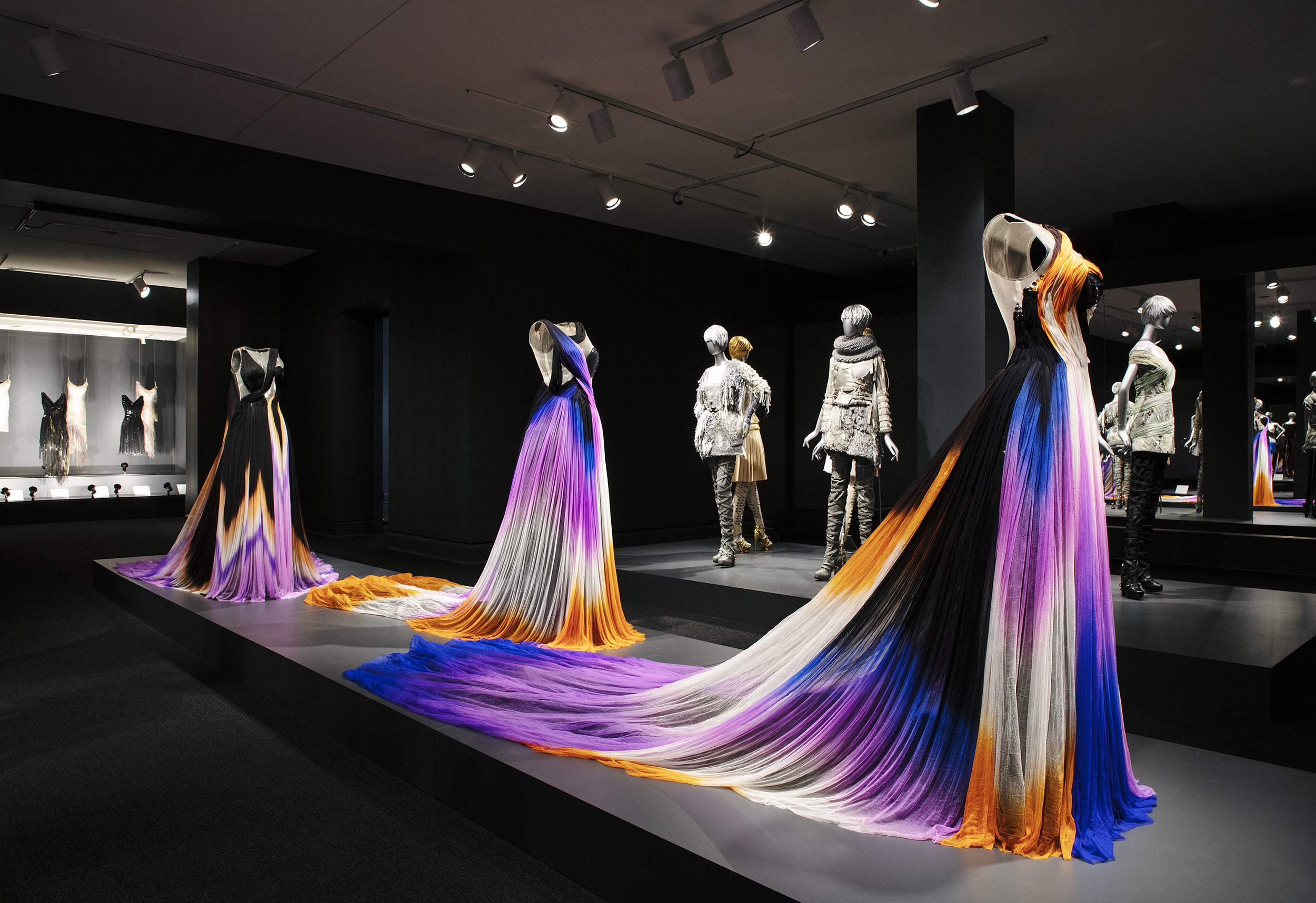
Rodarte made its debut in 2005 at the Fashion Week in New York with a resounding success and after presenting the latest collections in Paris, this year they have decided to return to the Big Apple, the city where they claimed their first triumph . It is a return that coincides with this exhibition in Washington of one of the luxury brands with the most international exposure in the current fashion industry.
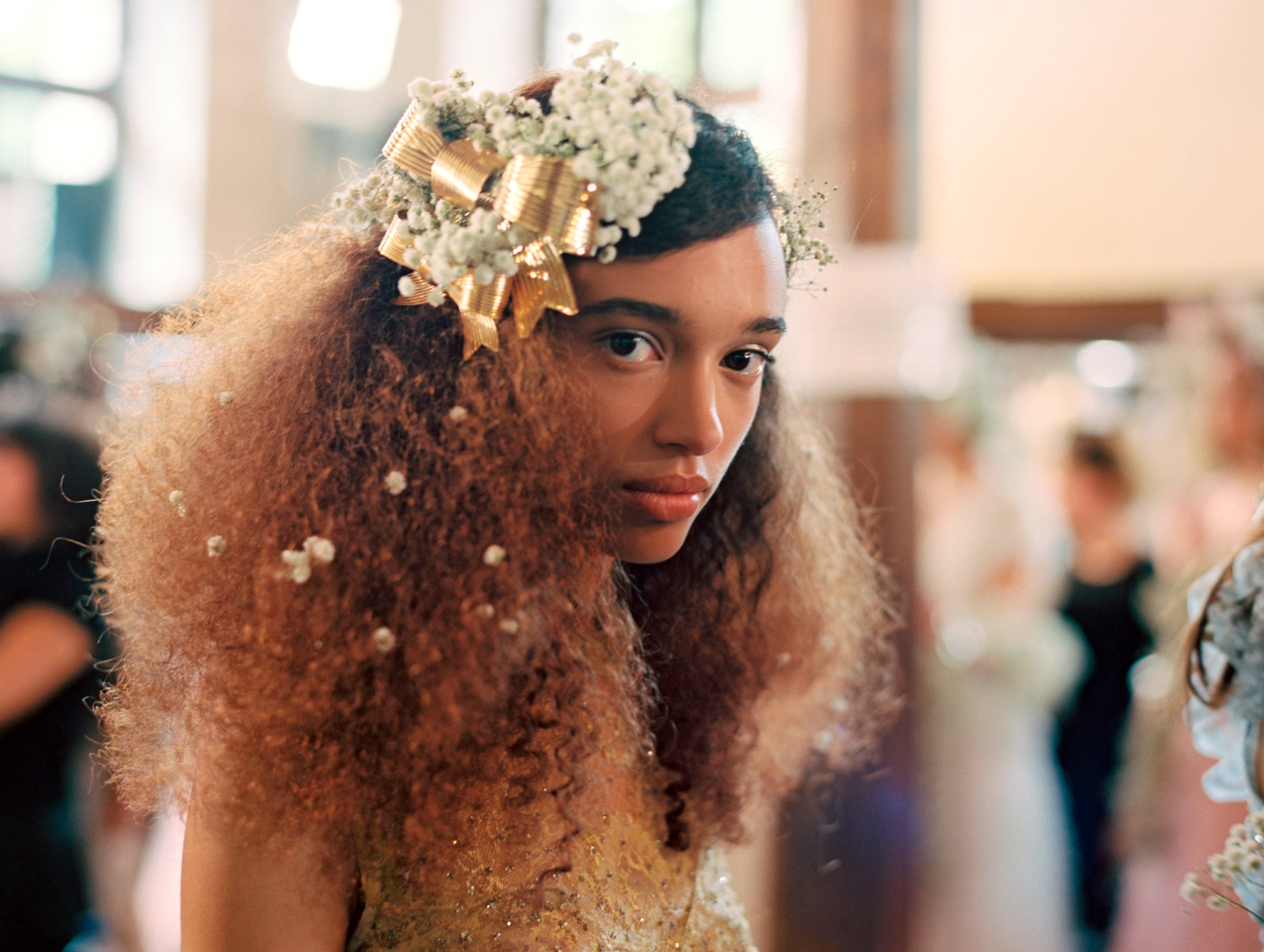
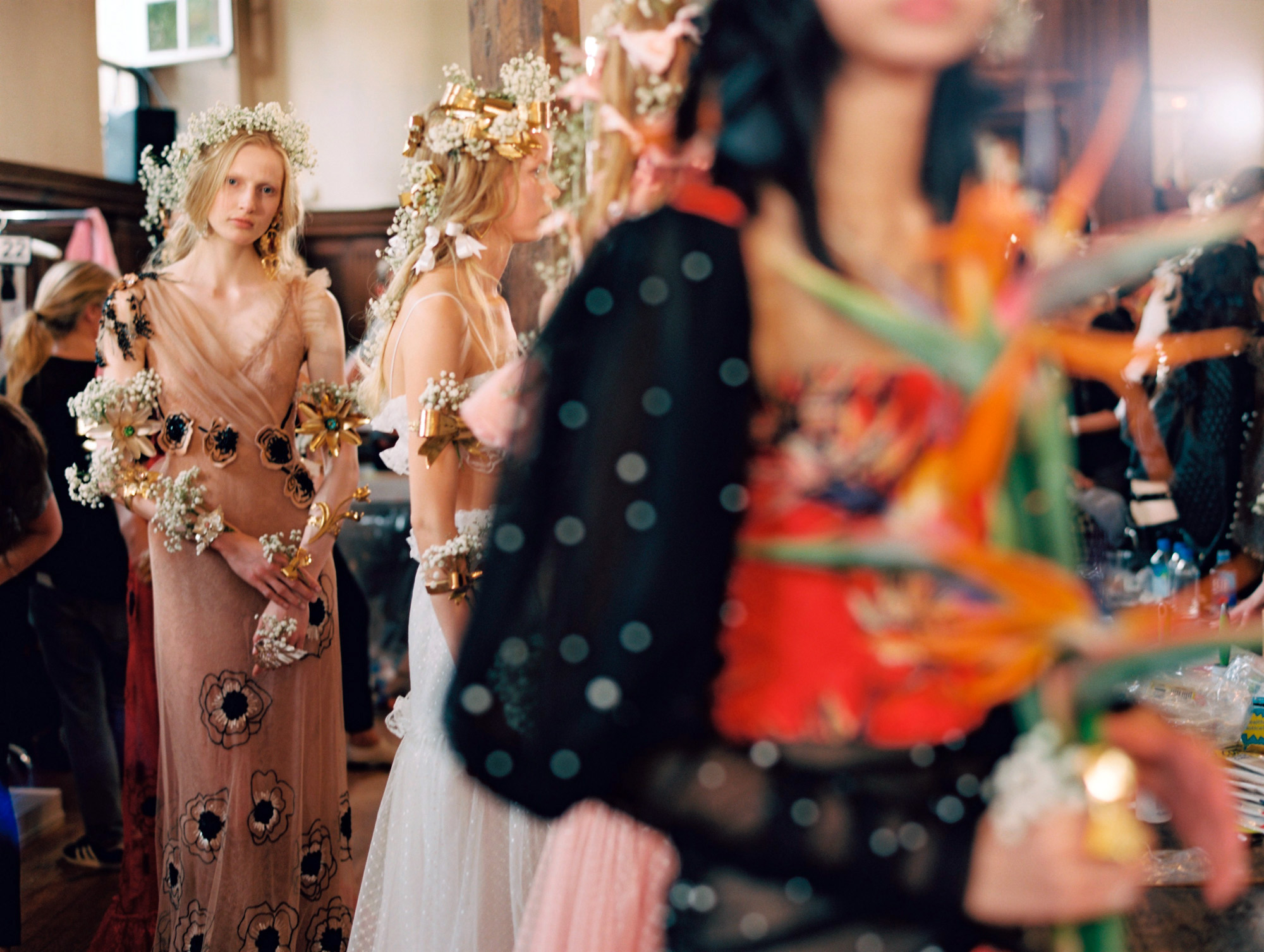
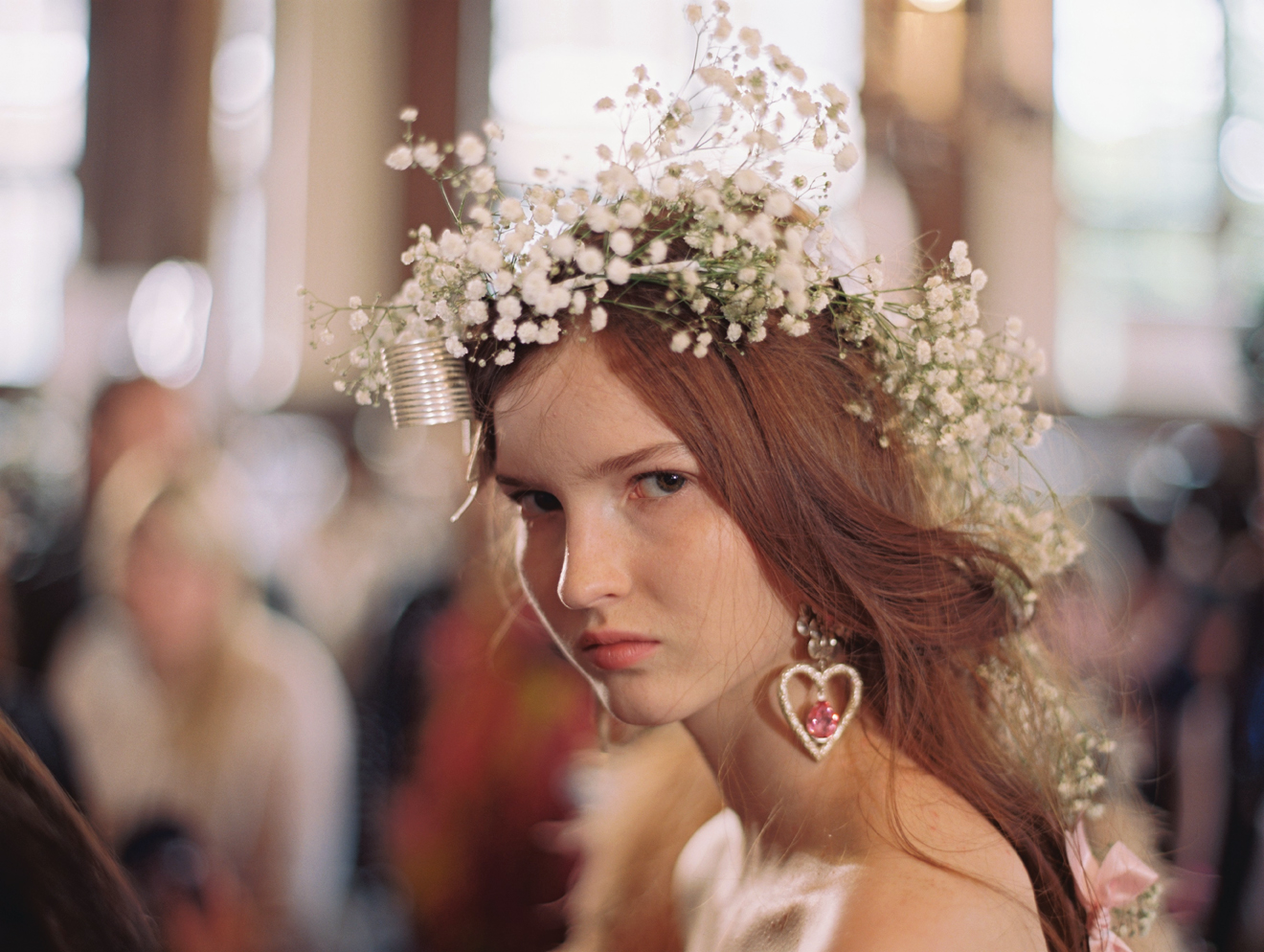
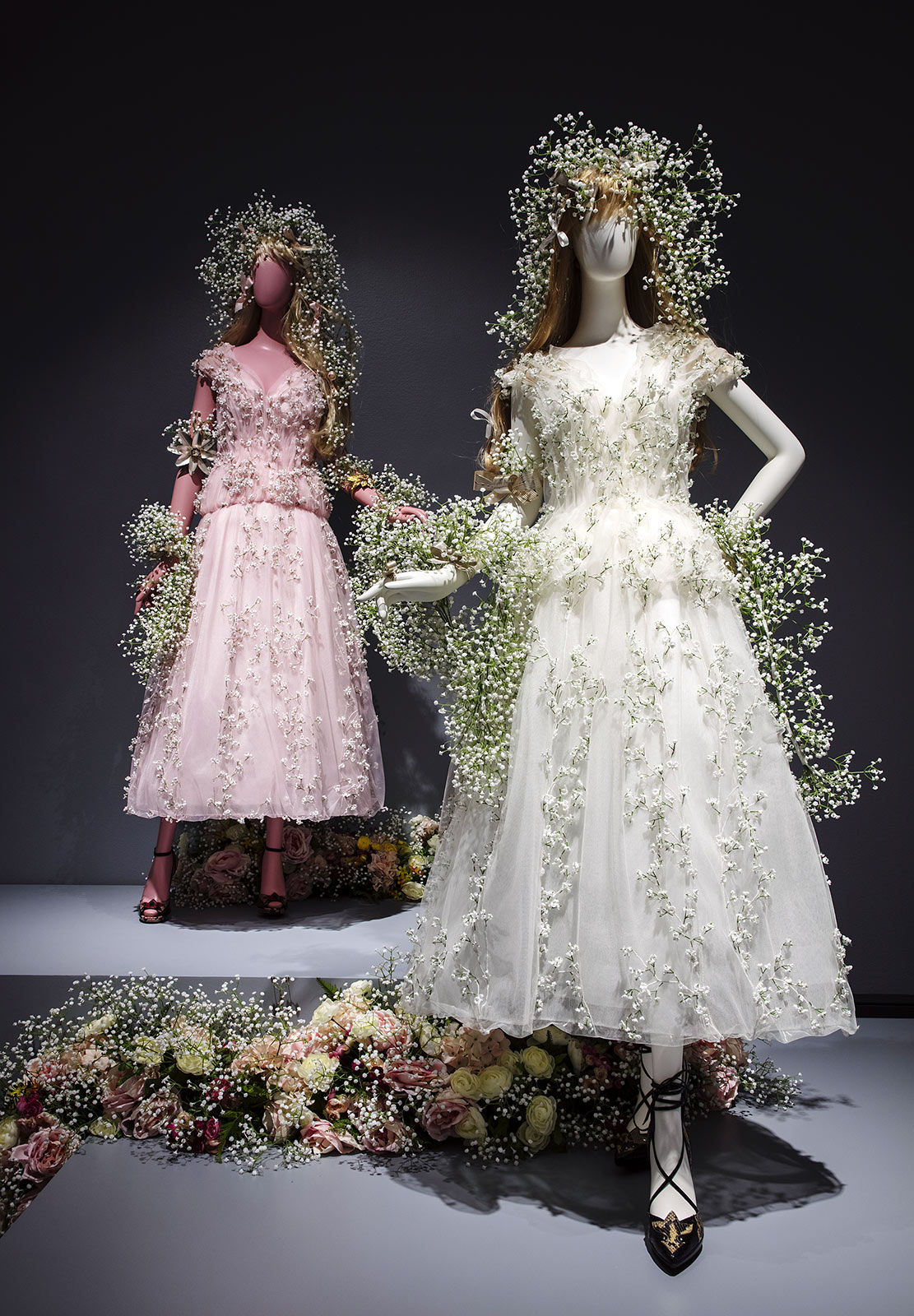
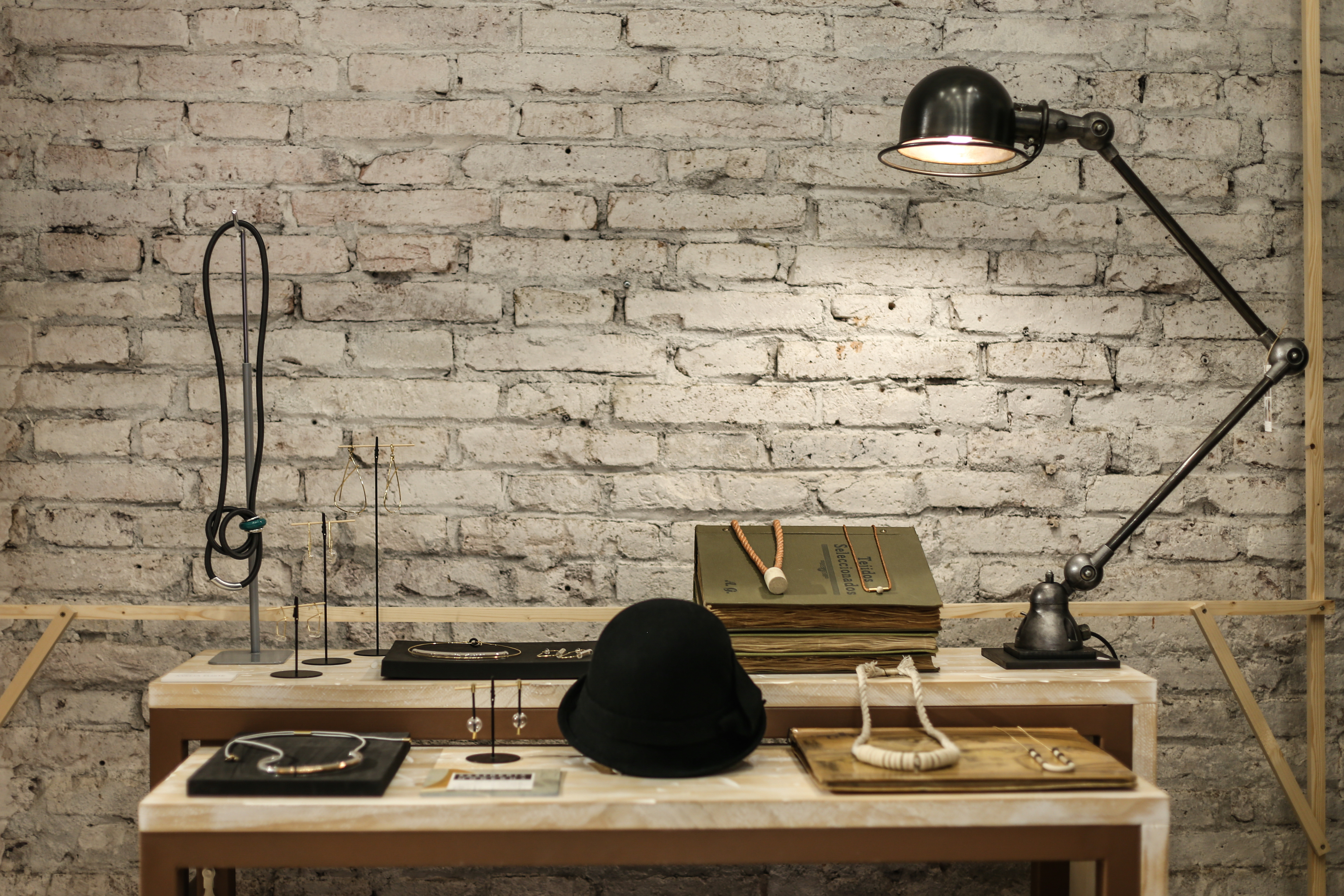
We’ve already announced it on social networks and also, some days ago , via the new November shop-window. It’s exactly one week before Gratacós hosts the most revolutionary fashion pop up in Barcelona: it is Sastreria Moderna , a unique initiative that gives a twist to the traditional concept of clothing through local designers who present a capsule collection of clothes and accessories made with different fabrics from the new collection.
In this fifth edition, Sastreria Moderna has invited 13 designers of different styles with a common philosophy: the commitment to conscious and conscientious slow-cooking fashion that emphasizes craftsmanship and detail. What is really interesting about this one-off initiative is that the participating designers make unique clothes and accessories in a special collection of our fabrics and where the customer can try them on site before purchasing. How should they be worn? This is the magic of Modern Sastreria : they are made exclusively on request and clients can choose a variation of fabric colour or a small modification of the design to their own specification. Within a fortnight orders can be collected either in our shop or at the client’s chosen address.
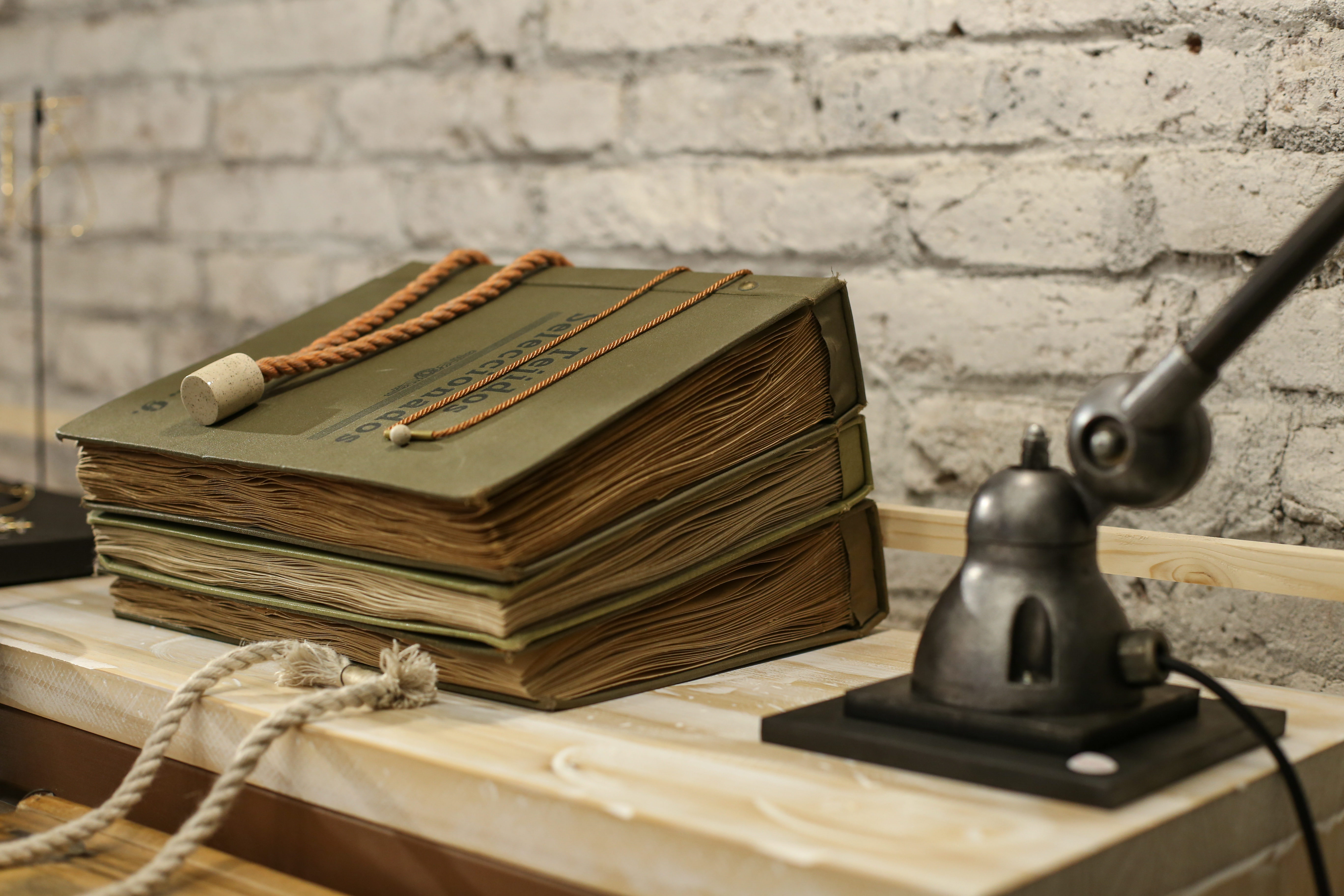
The collection has already taken shape
Each designer has made only two or three pieces within their own particular style using our fabrics and together they make up this capsule collection of Modern Sastreria. Each garment has a special, personal quality, a total guarantee that it has been made with great care both with regard to workshop quality fabrics and to those chosen by the designers: velvet, jacquard, lamé, tweed, crepe and even fringes! In this elaborate design feature there will be long dresses, asymmetrical skirts, shirts for boys and girls, wide trousers, jackets, bags, turbans, belts and even a mini -series of necklaces.In total there are almost thirty textile designs to choose from!
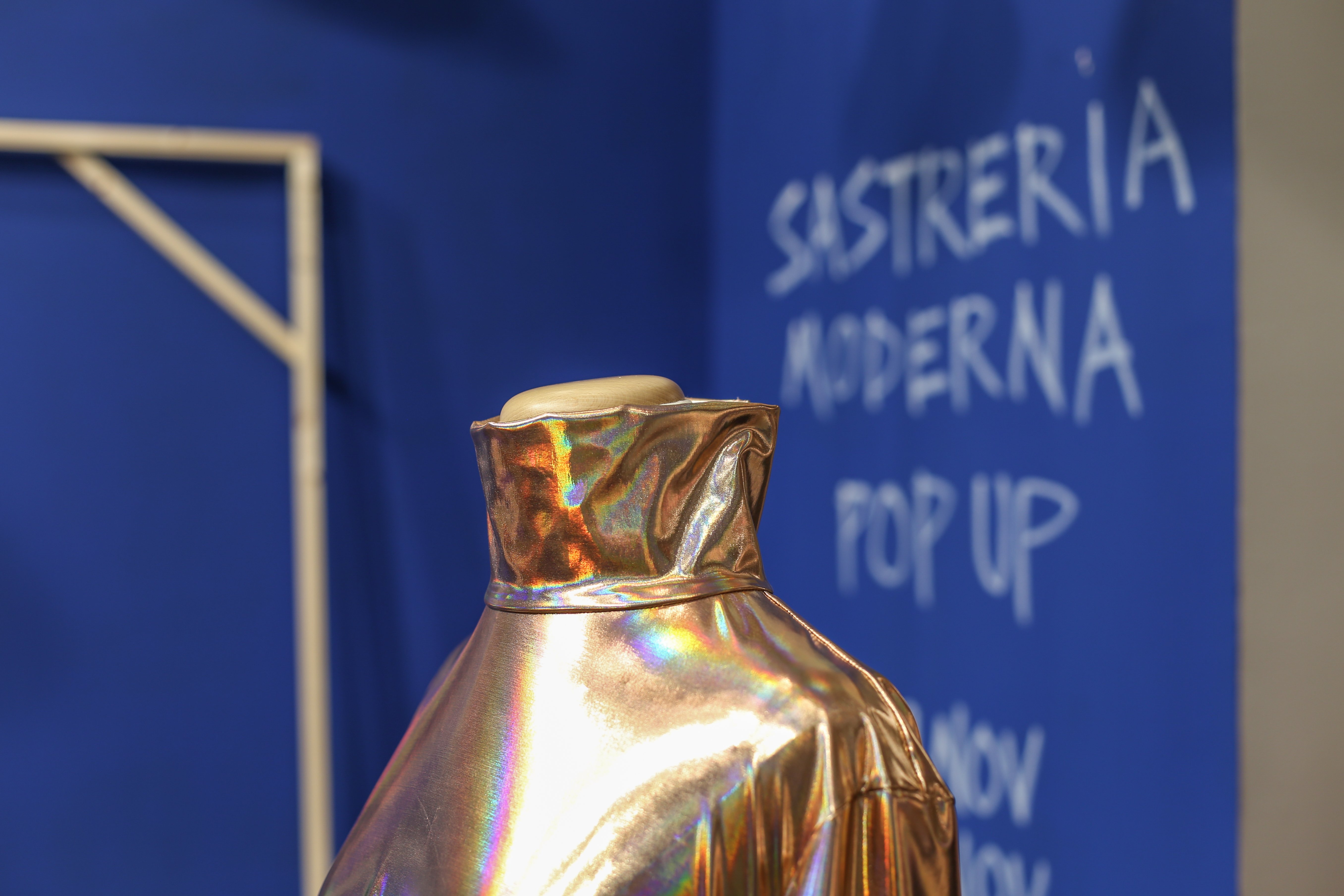
The real protagonists
Who are the designers participating in this edition? In total there are 9 clothing designers and they are: KM by LANGE, GIAN, Ana Tichy , Ene de Narcisa, Montse Cañadas, Lucía Rodríguez, Deltravés , Enero and Norima . The 4 accessory designers are Greta Serra (handbags), AndreaViêntëc (turbans), Mireia Fusté (jewelry) and Kimôh (belts). The capsule collection of the designers is accompanied by a series of brands of accessories that share the values of slow fashion and which will take the opportunity to sell their products during the fashion pop up: Becker & Co , Mireia Fustéand Philo K (jewelry) , The Henten Bag (bags and purses), Anna Perich (silk scarves), Eva vs Maria (shoes) and Verbena ( diadems ) and Andrea Viêntëc (turbans).
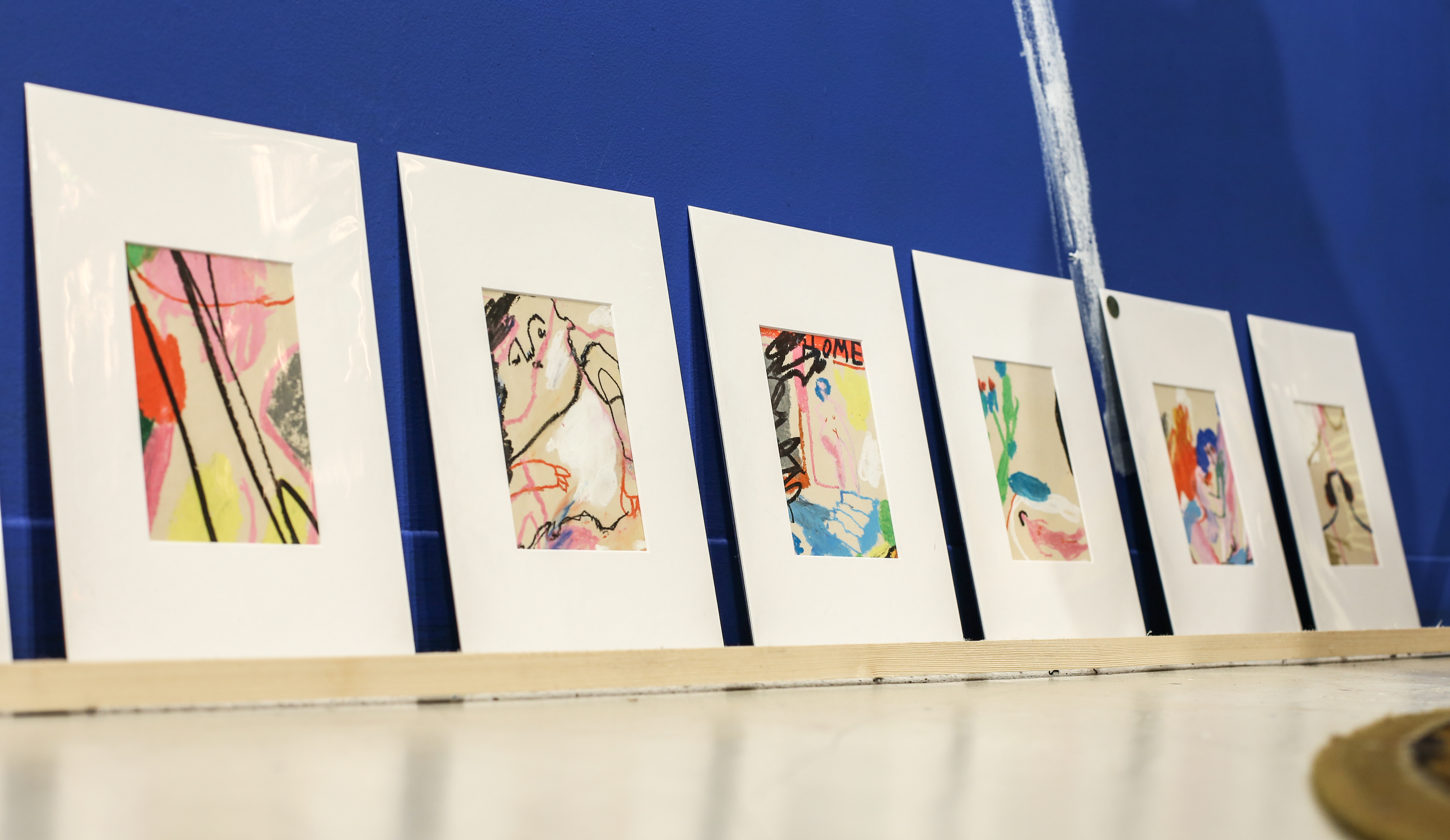
Do not miss the live show!
The pop up of Sastreria Moderna will be held on November 29 and 30 and Saturday, December 1 in the Gratacós shop. On these three days of sales anything can happen. For example, on Thursday and Saturday (from 6:00 pm to 8:00 pm) there will be a live sketching session led by the illustrator Lucy Davis, who will draw small lamina plates for all those interested. On Friday (from 6:00 p.m. to 8:00 p.m.), the designer Anna Perich will also give a demonstration of art & silk and will paint white silk fabrics and turn them into unique and multi-coloured handkerchiefs.
We hope to see you!
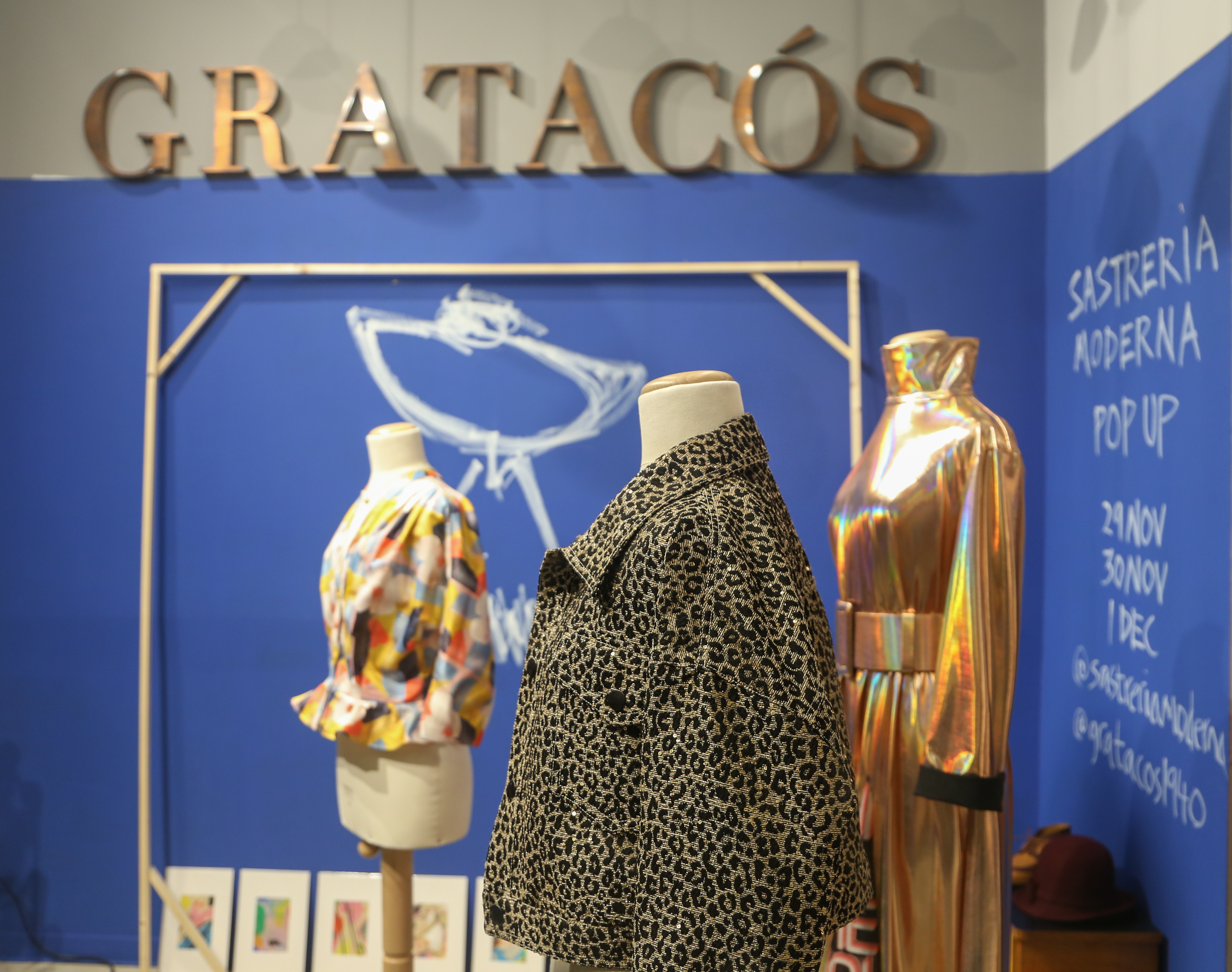
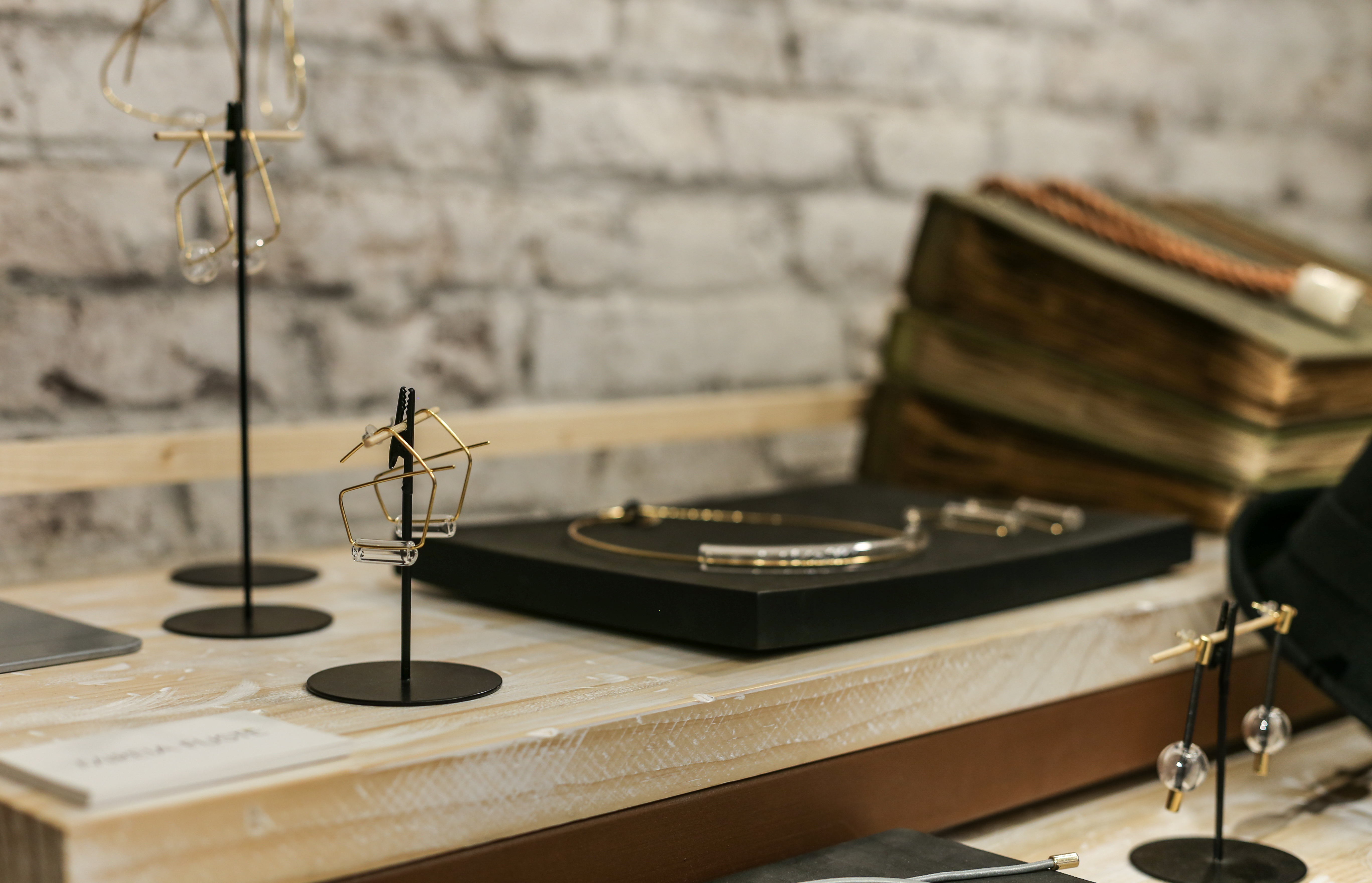
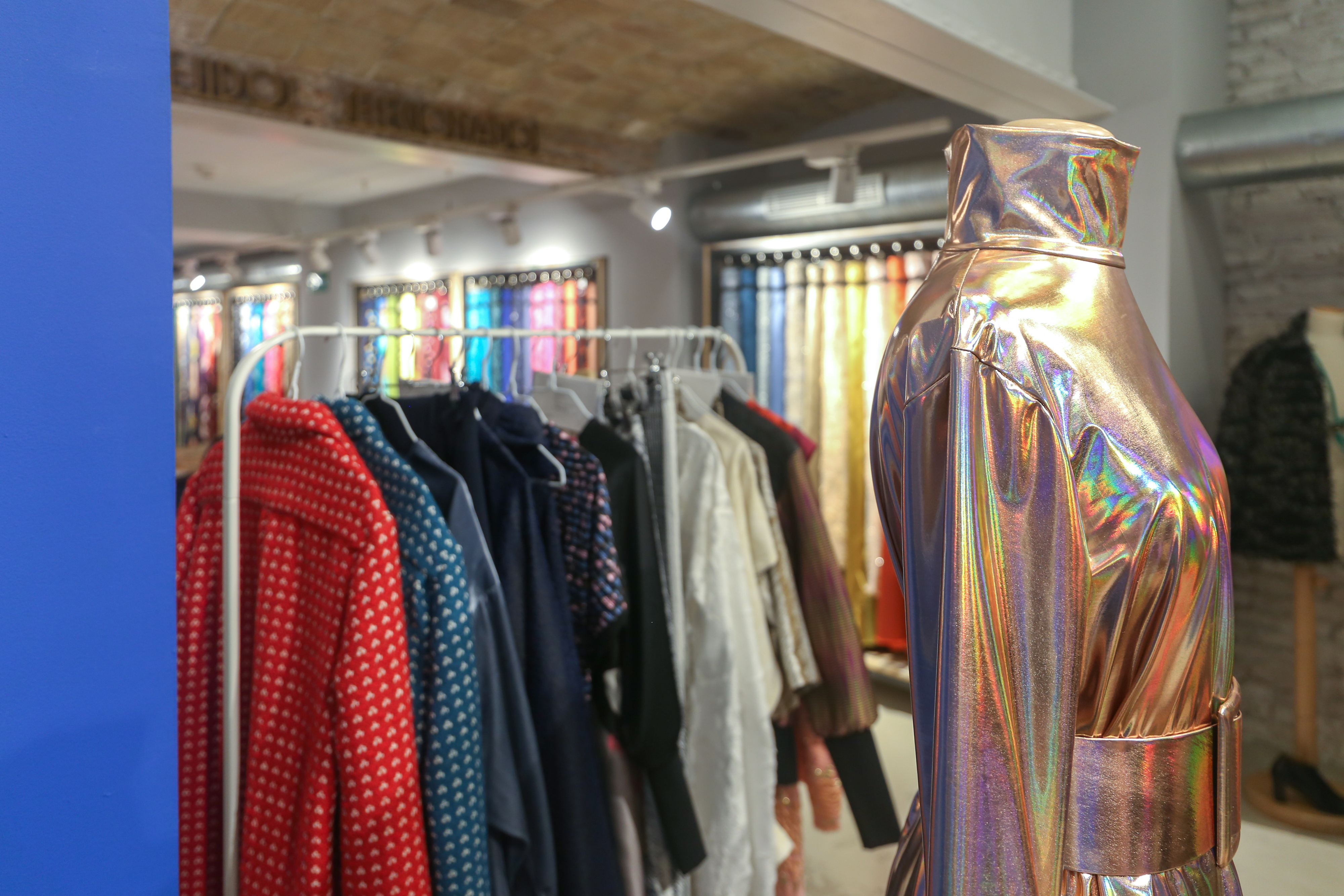
Miércoles 07 noviembre 2018
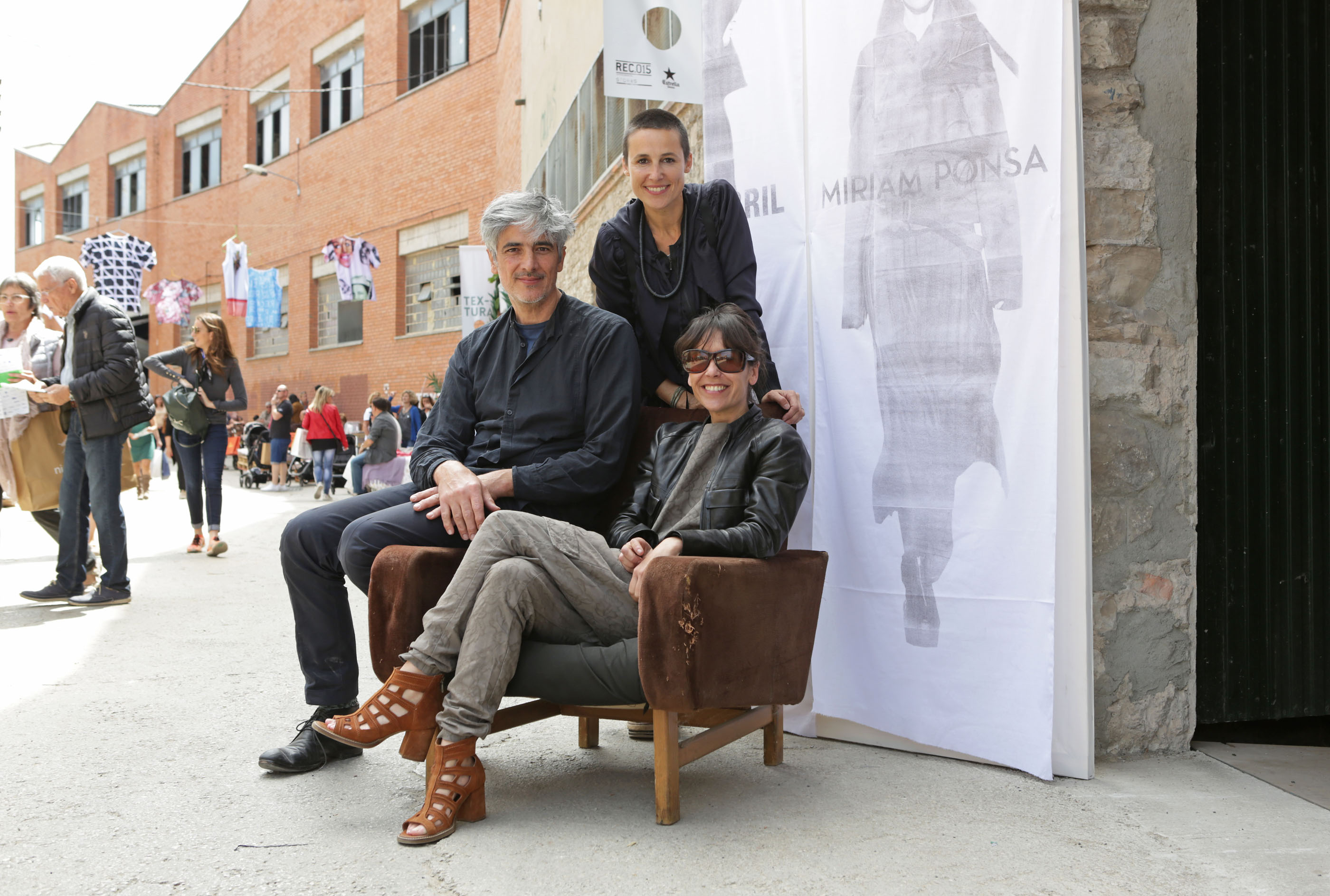
If there is a keyword that defines and describes with accuracy the phenomenon of Rec Experimental Stores in all its amplitude, that is the word “transformation”. It concerns the metamorphosis of the Rec district of Igualada and its characteristic tanneries – many of them in disuse – into a pop-up stores fashion festival, where for four days anything can happen quite apart from commercial sales, its main objective. Hence its festive, unconventional and carefree component.
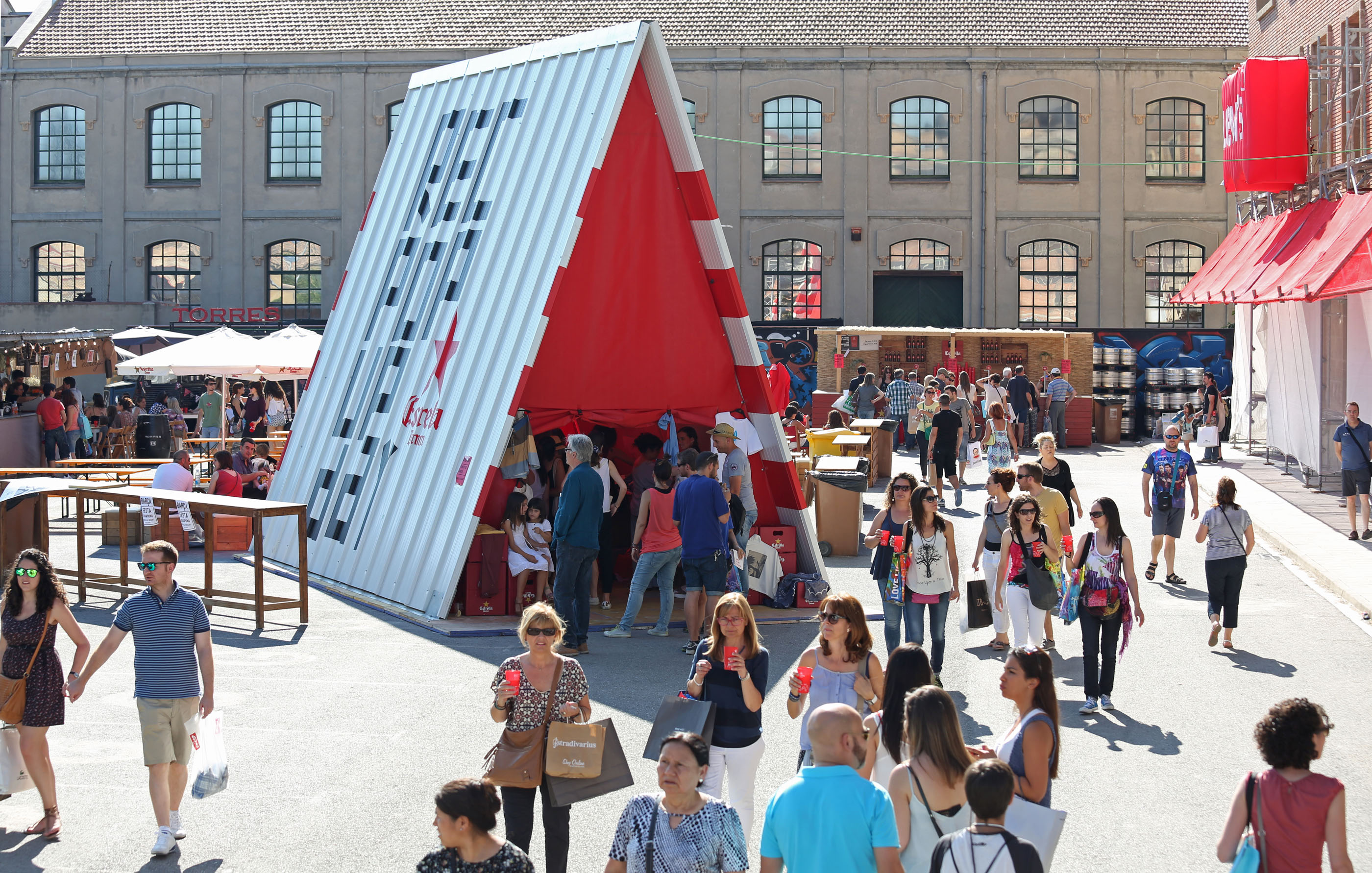
This edition Rec.018, which begins today until next Saturday, presents a commercial platform which hosts more than 100 fashion pop-up stores of major international brands and local designers who settle in different industrial areas in the neighbourhood and transform them into lively commercial areas, decorated for the occasion, where each company takes the opportunity to sell their stocks from past seasons at unbeatable prices. One comes across these temporary stores almost by surprise via an open urban circuit that runs through the streets and alleys of the industrial district of Igualada and which is divided into five large areas where most of the firms are grouped. The most natural aspect of this is the setting, where the creativity of each area is combined with industrial heritage, creating a unique and changing environment in each edition of Rec.0.
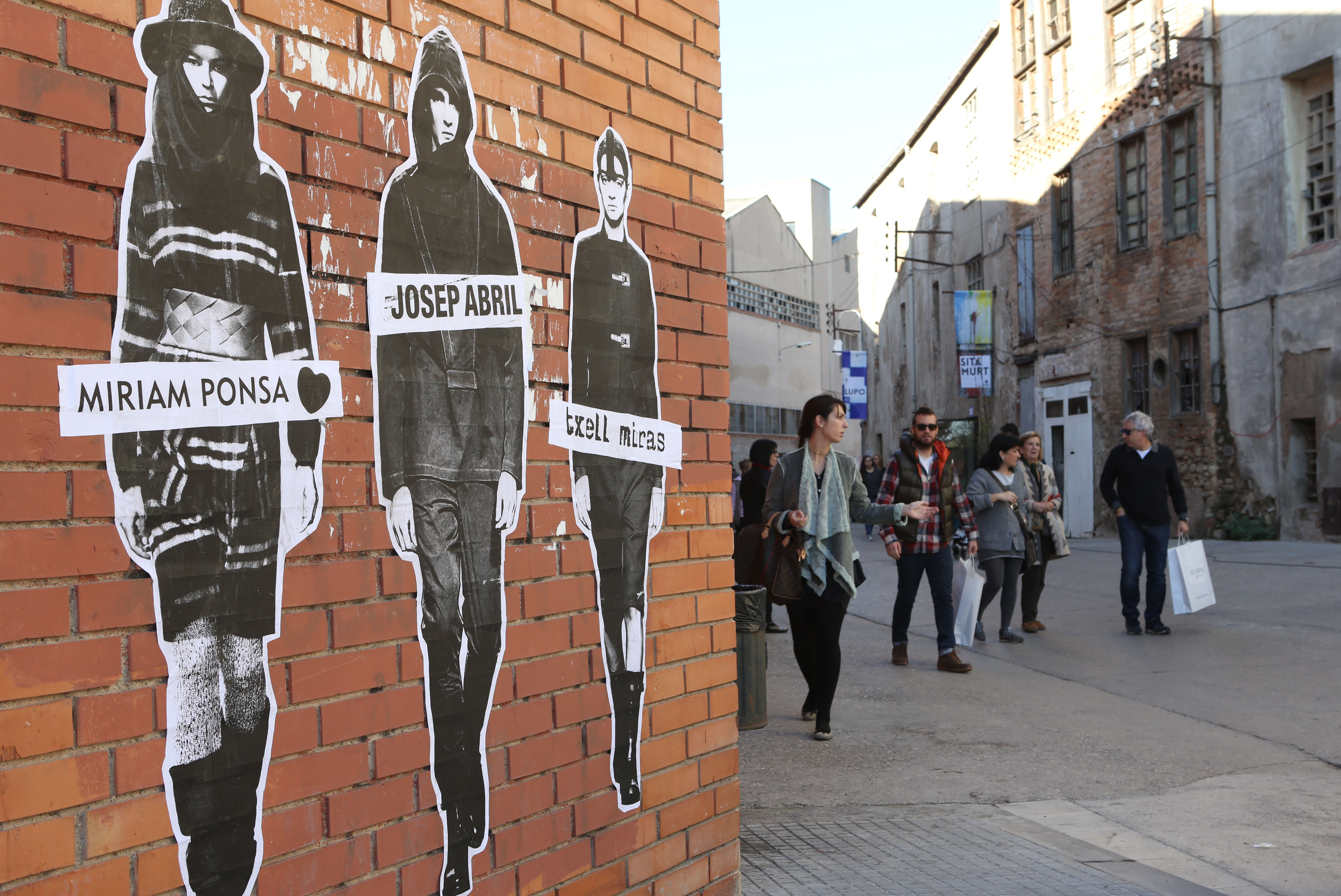
Together but not mixed
On a creative level what we value most about the Rec.0 initiative is that unique formula where the big international companies coexist in the same festival with established designers such as Josep Abril, Miriam Ponsa and Txell Miras as well as with emerging talents. Together they complement a promotion of fashion and design which is adapted to the needs of all audiences. What is most interesting is that the designers themselves are in contact with the end-customer, “defending” their designs and knowing first-hand the tastes and preferences of their clientele. It is precisely the emerging design section which offers the most growth with regard to previous editions. These local companies are located mostly in pati Martí Enrich, in two large industrial buildings. Names such as Carlotaoms, Ssic and Paul, Who, Gorni Kramer, David Valls, Susi Sweet Dress, JordiRafart or Pau Esteve are complemented by others promoting small-format local design. The Rec Pop Up Day Estrella Damm area is also much utilised, designed as a small market where every day there is a different designer. On this occasion brands such as Fang of Morsa, Nona BCN, Heidi Soto, Batech, Mireia Playà o Micuxu, among others,will be featured, attracted by the uniqueness of this commercial platform.
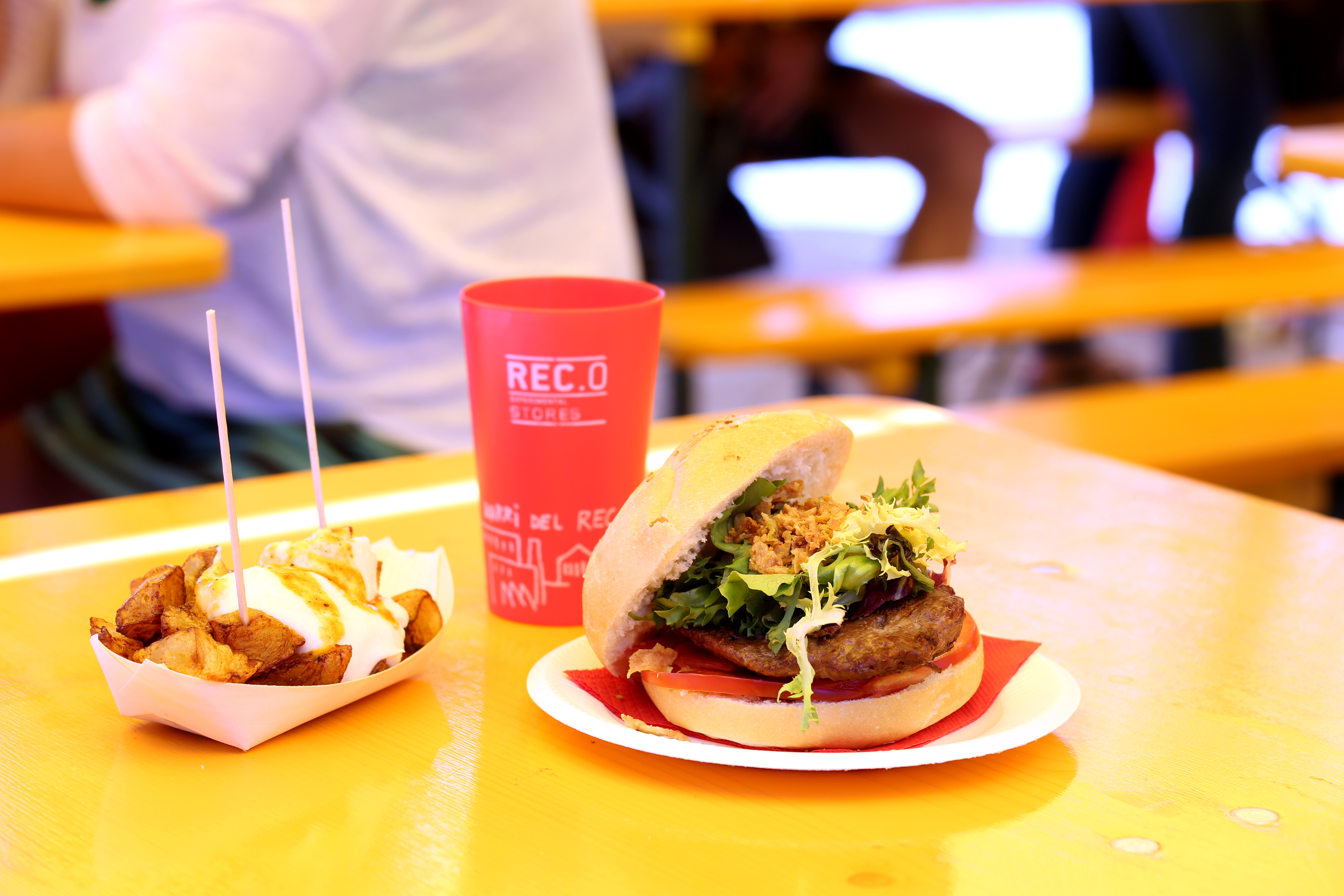
Beyond fashion
Not everything is fashion in Rec.0. There is also an area for gastronomy and culture, the other two major themes covered by the commercial festival. In this edition visitors will be surprised by more than twenty concerts, DJ sessions and performances for all audiences that will be distributed in the main squares of the industrial district and which will encourage further sales. It offers a totally free agenda for passers-by in the area. Gastronomy is also present via Rec Street Food and their specialized foodtrucks that offer a varied culinary offer with specialties from all over the world: oriental, italian, american, mediterranean cuisine … catering for Vegans and suitable forthose with a coeliac disorder.
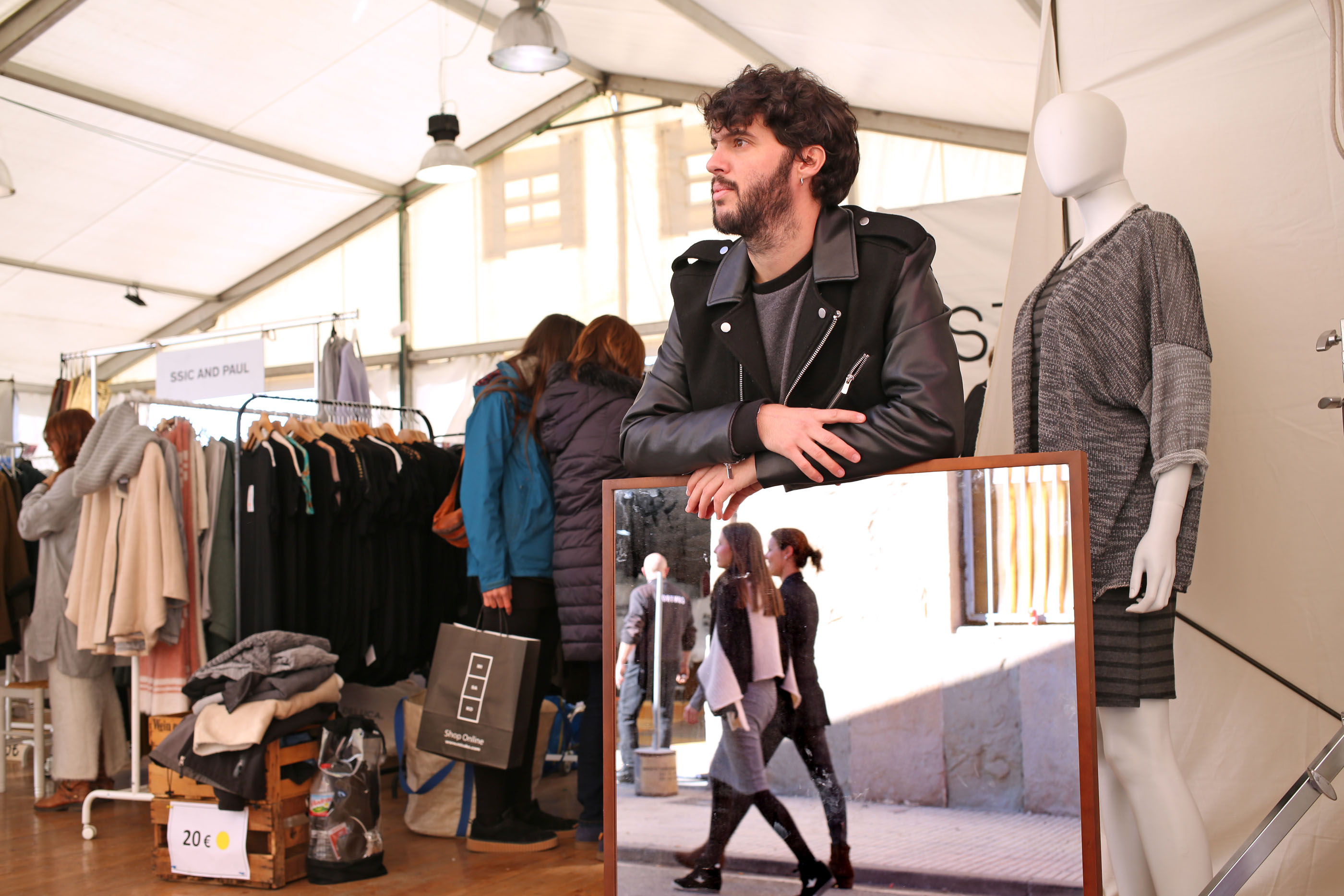
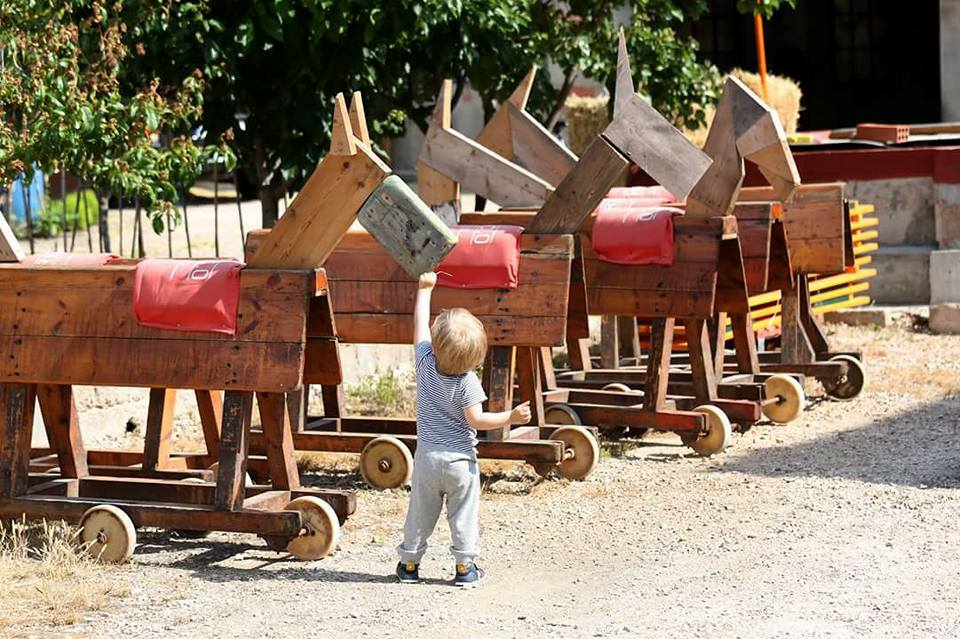
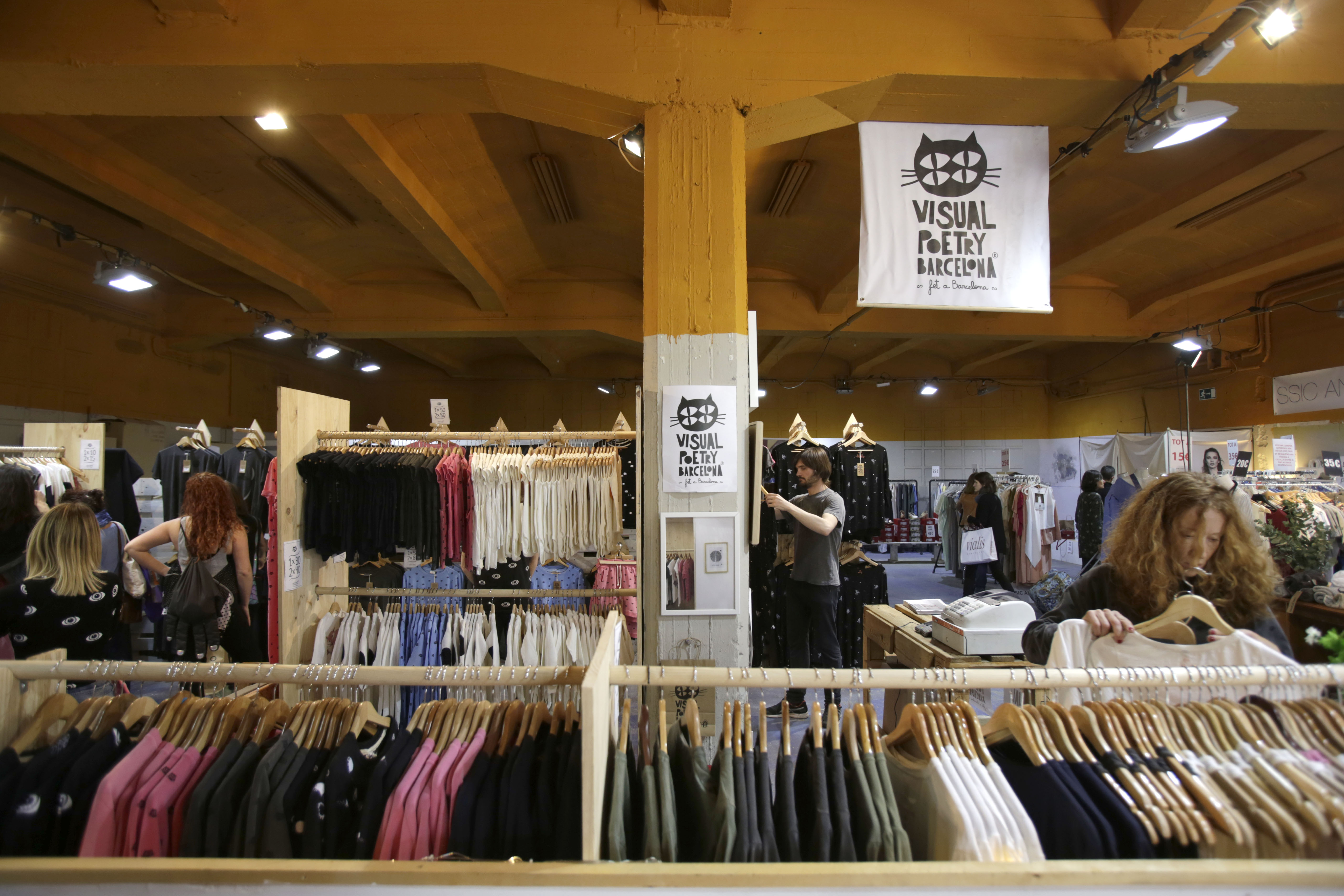
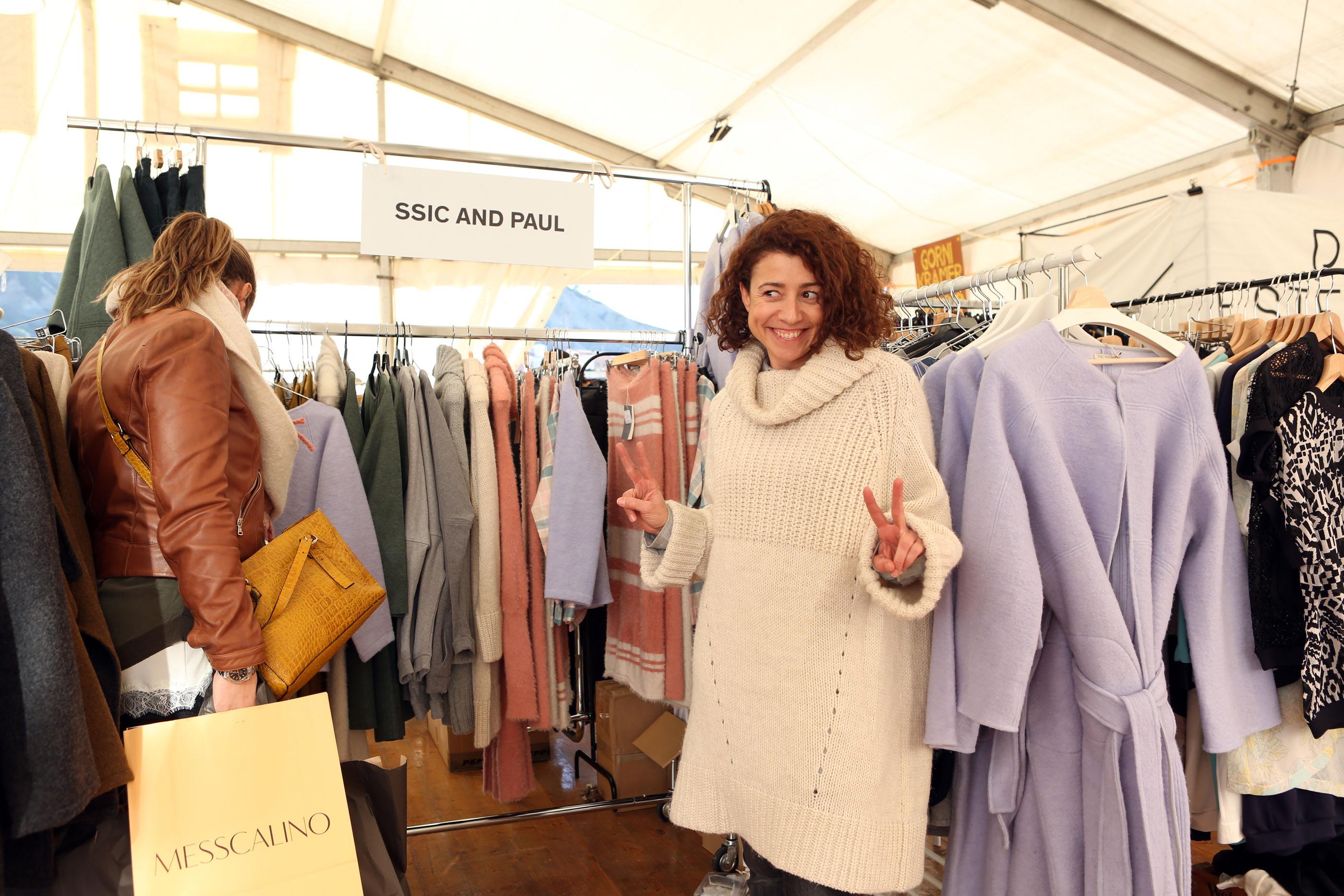
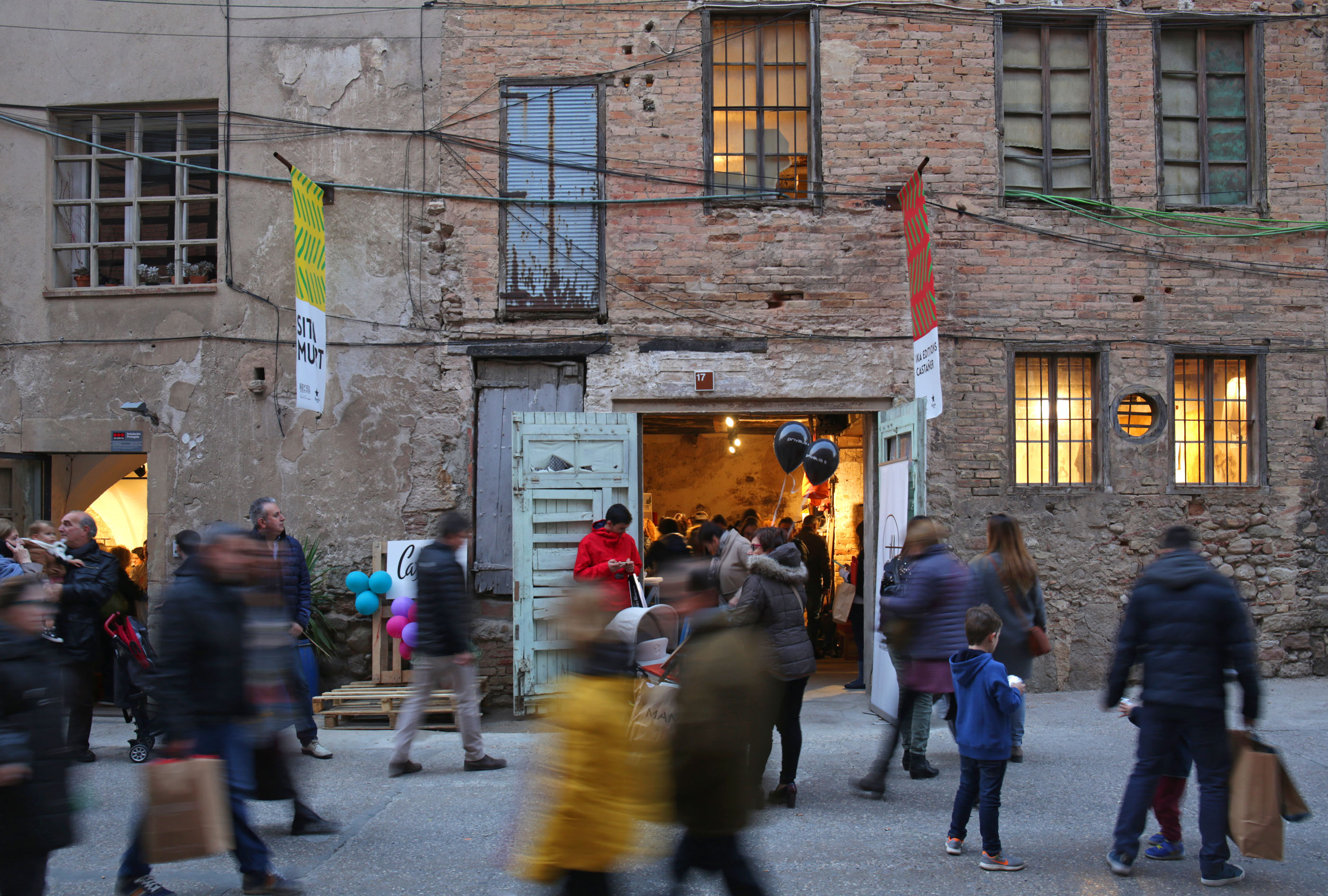
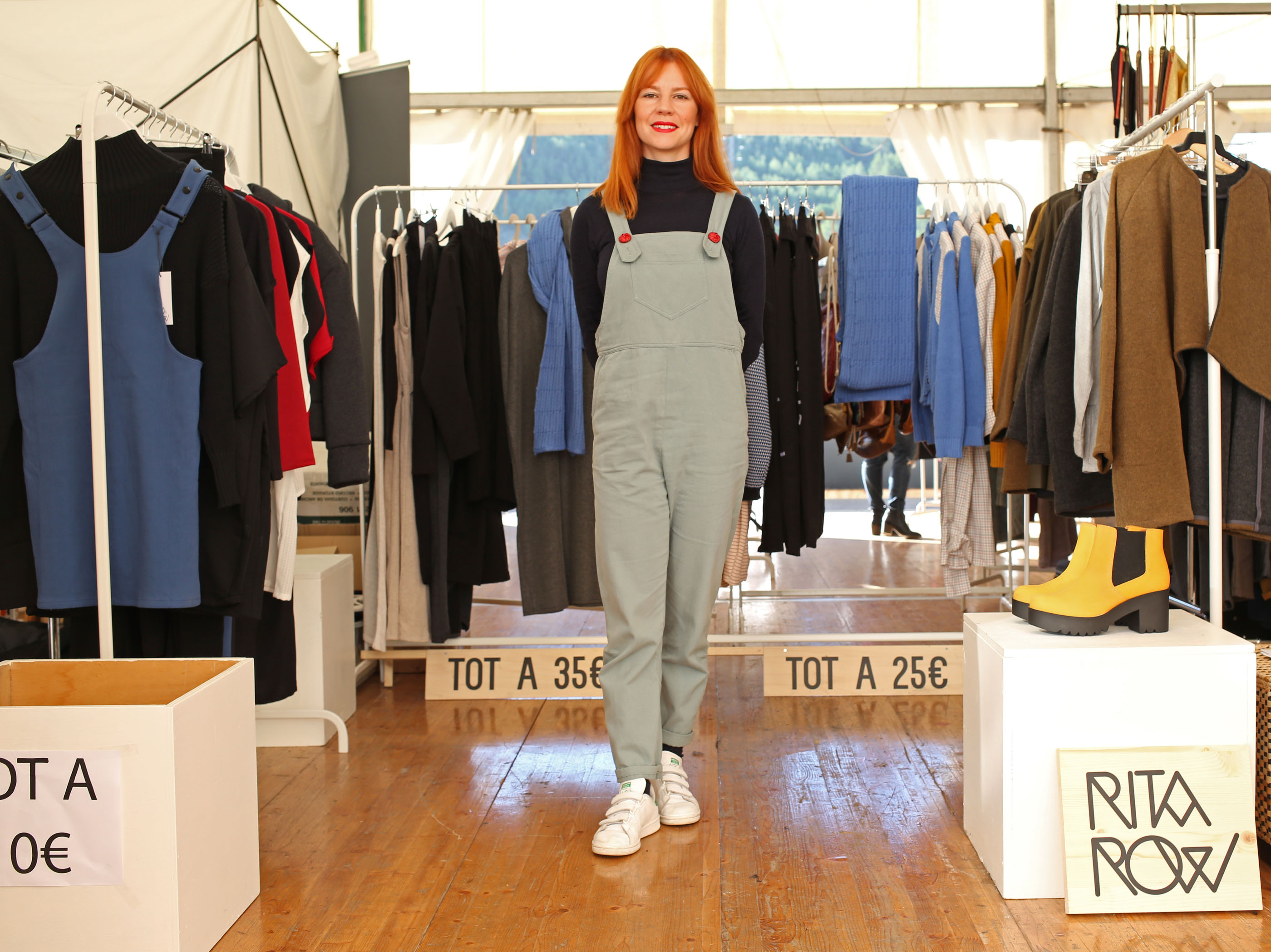
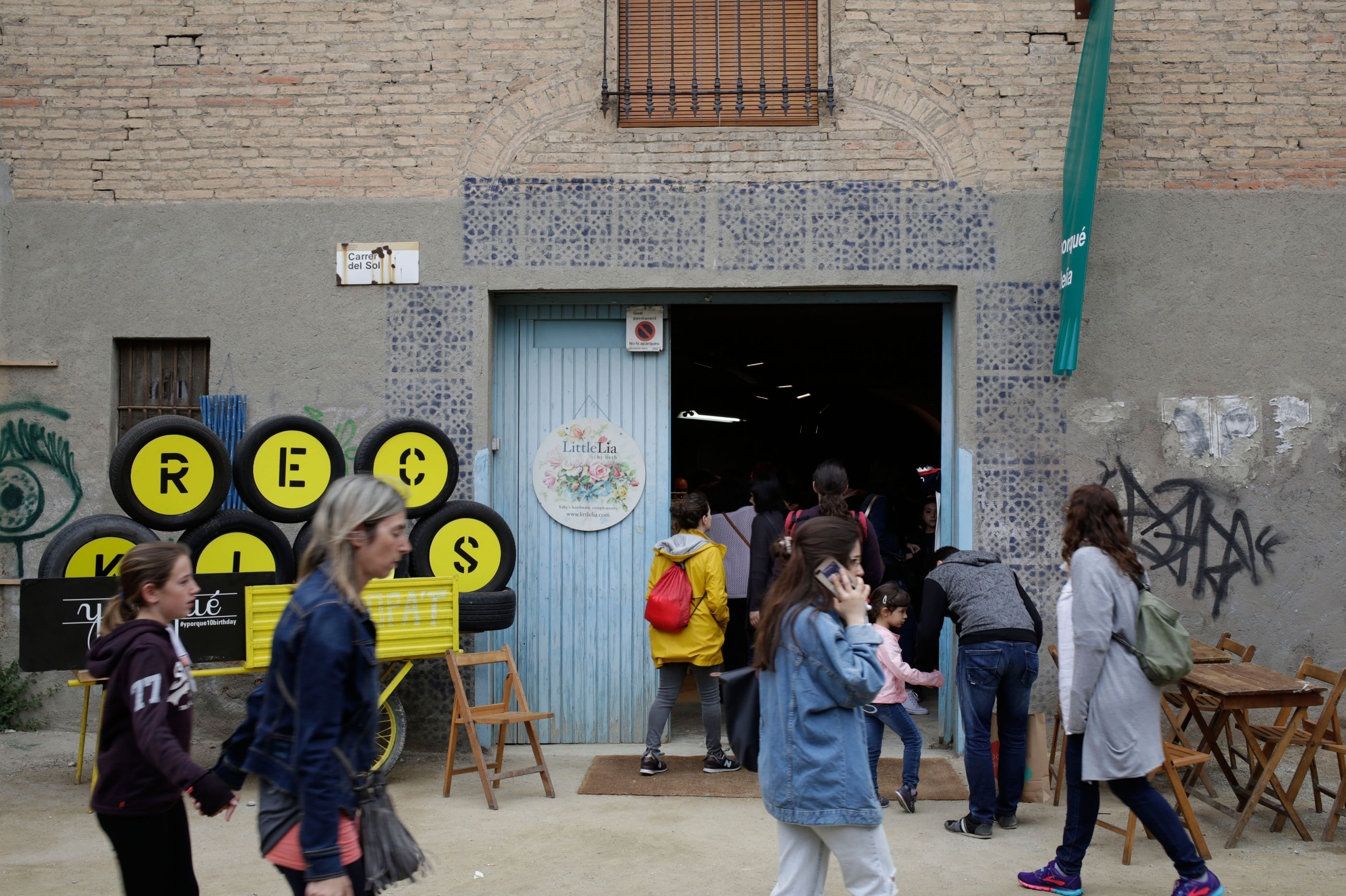
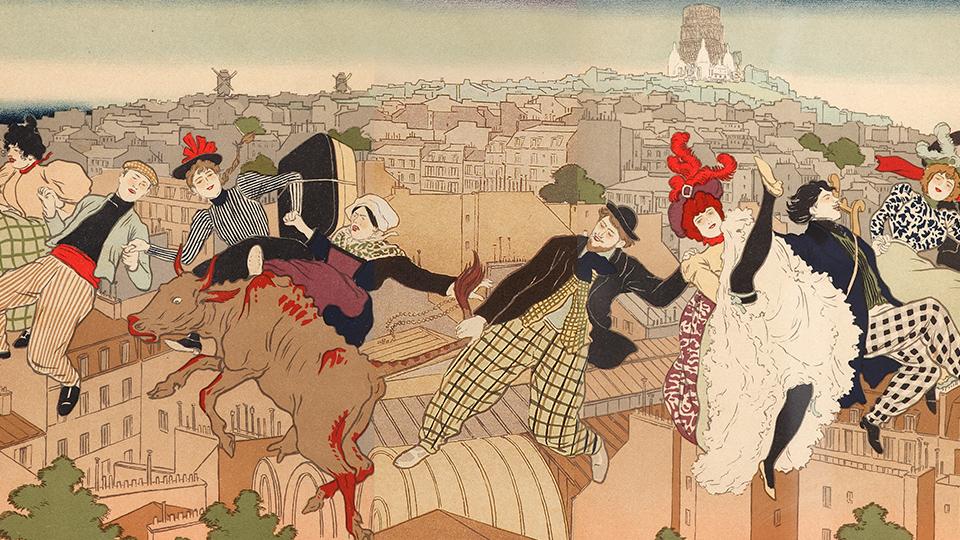
At the end of the year one of the most anticipated exhibitions is taking place in Barcelona, giving life to the most bohemian and boundary-breaking side of nineteenth-century Paris. This is the exhibition ‘Toulouse-Lautrec and the spirit of Montmartre‘ which is being housed today by the Caixa Forum of Barcelona. This home-production by the Obra Social of La Caixa, curated by Phillip Dennis Cate, presents an extraordinary collection of 350 works of paintings, drawings, engravings, posters and other objects of the time from different museums around the world. It is an extensive exhibition headed by the works of the multi-faceted painter Toulouse-Lautrec (61 works, including six oil paintings, a drawing and his best-known posters) which portrays the bohemian heart of Montmartre and its nightlife, in line with the vision of other contemporary artists who lived in Paris at the end of the 19th century.
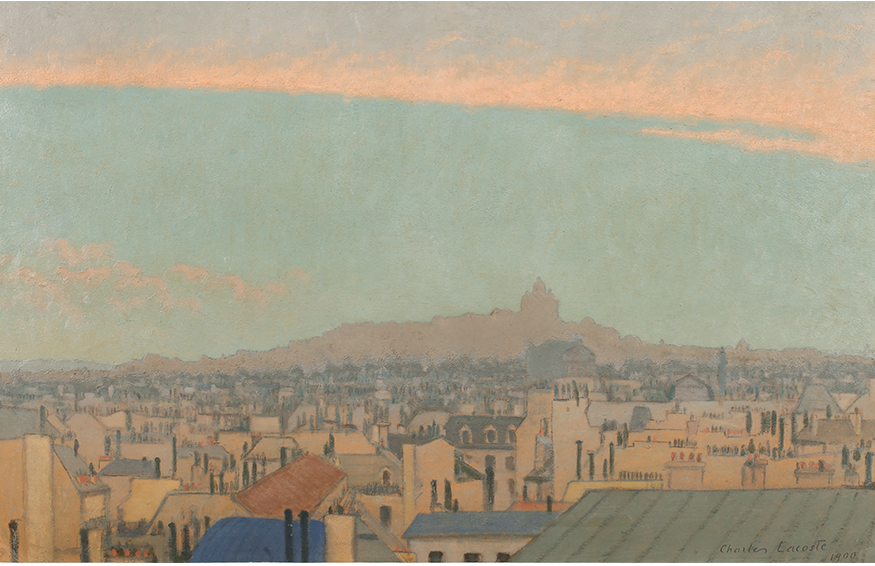
Montmartre, the common denominator
In 1880, Montmartre was a marginal and dangerous area away from Paris that began to attract many young creators. Thus for example the artists Henri de Toulouse-Lautrec, Paul Signac, Pierre Bonnard and Henri-Gabriel Ibels, the philosophers Aristide Bruant and Yvette Guilbert, the writers Émile Goudeau, Alphonse Allais and Alfred Jarry, and the musicians Erik Satie, Vincent Hyspa and Gustave Charpentier moved there attracted by the neighbourhood: they wanted to live frugally, work and avoid the bourgeois centre of the French capital. This is how in a few years, Montmartre became the common geographical denominator of many artists who actively contributed to define the avant-garde aesthetic of the time.
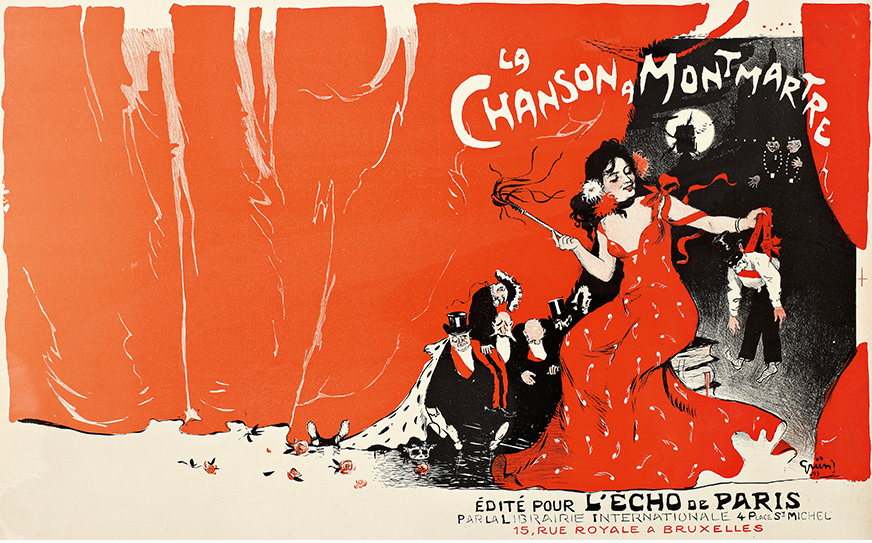
The centre of bohemian life
At the end of the 19th century Montmartre was the epicentre of the social and cultural motor that defined its modern style and bohemian character. Its streets, the night cabarets, the neighbourhood cafés … were the scene of a creative explosion thanks to those young artists and intellectuals who through their works challenged the status quo. Henri de Toulouse-Lautrec (Albi, 1864 – Château Malromé, 1901) and other artists such as Vincent van Gogh, Jean-Louis Forain, T. A. Steinlen, Pierre Bonnard or Édouard Vuillard contributed to this flourishing of a break-through movement outside the bourgeoisie.
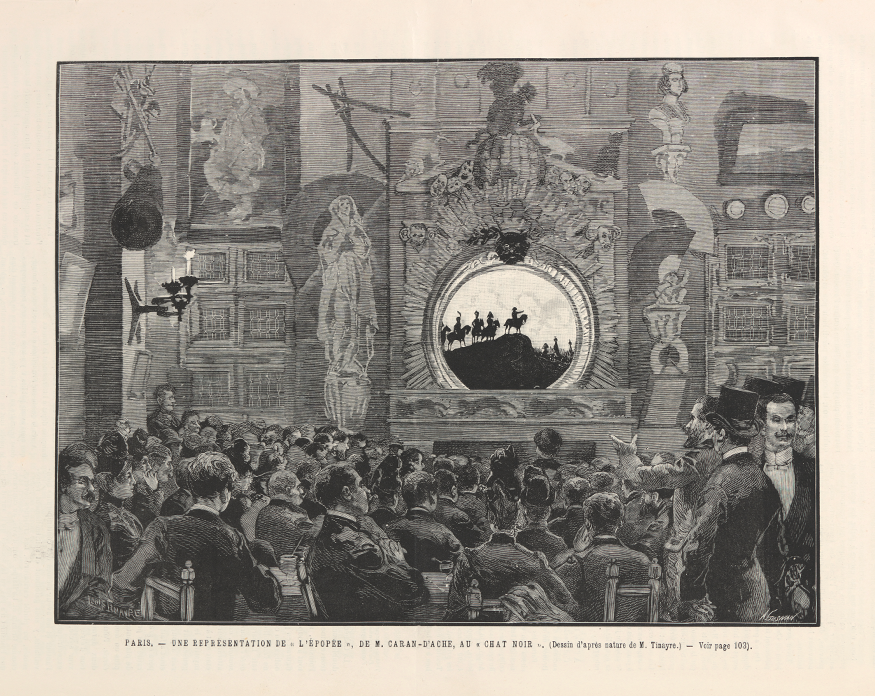
The artists of Montmartre had a critical attitude and in their works it was customary to reflect on the poverty in the streets and the harshness of prostitution, two recurring themes that were part of this social denunciation. On many occasions humour, satire and caricature were used to disseminate their ideas in a renewal of artistic language that was inclusive and appealed to ordinary people rather than the elite. Accordingly their work was also presented in unusual places: cabarets, experimental theatres, circuses or in the street itself, which was a continuous source of inspiration.
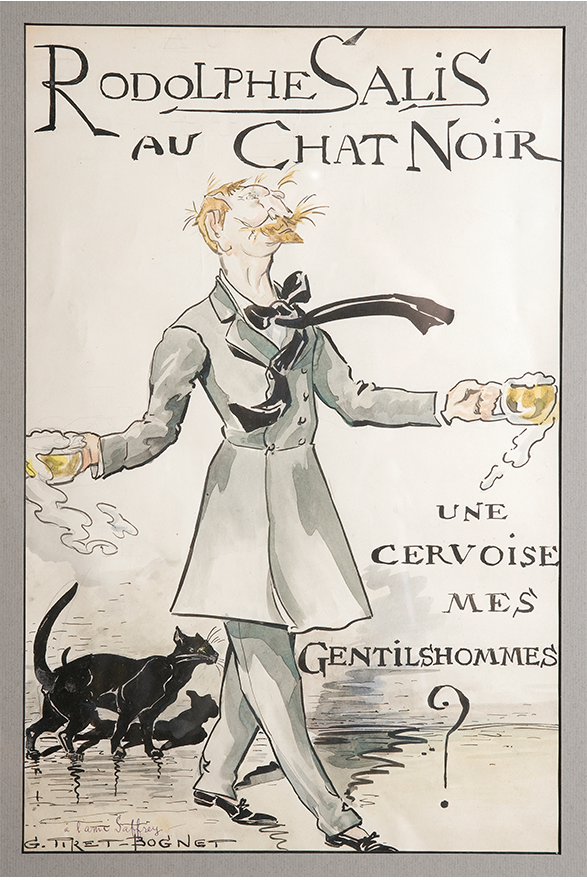
“The exhibition shows the boundary-breaking character of many Parisian artists of the 19th century”
This spirit was not only limited geographically to Montmartre, but became an avant-garde mentality that moved to the new leisure centres of Paris and the main European cities. It marked a before and after in the new forms of expression that are consolidated with the turn of the century. The exhibition ‘Toulouse-Lautrec and the spirit of Montmartre’ can be seen at the Caixa Forum in Barcelona until 20 January 2019.
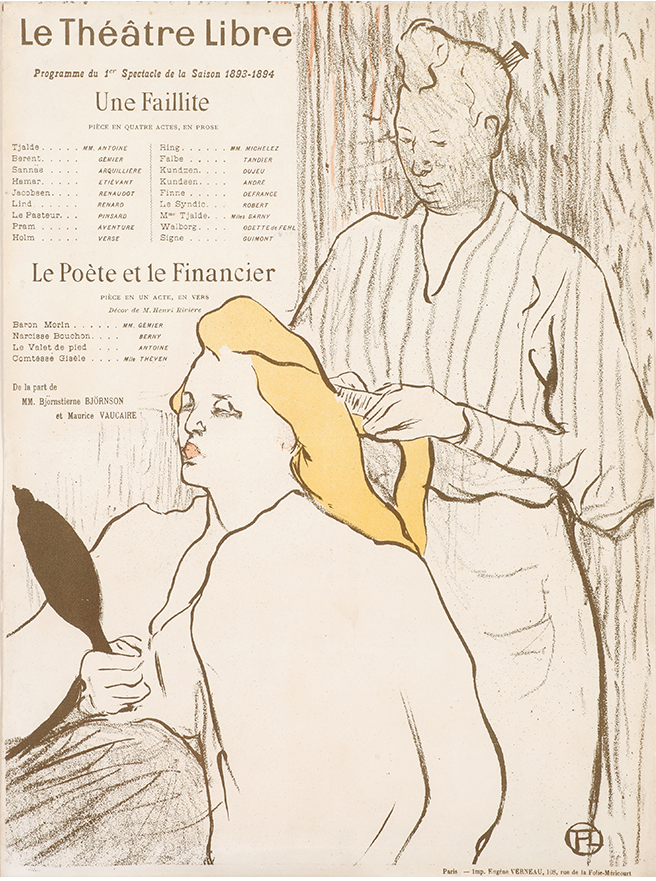
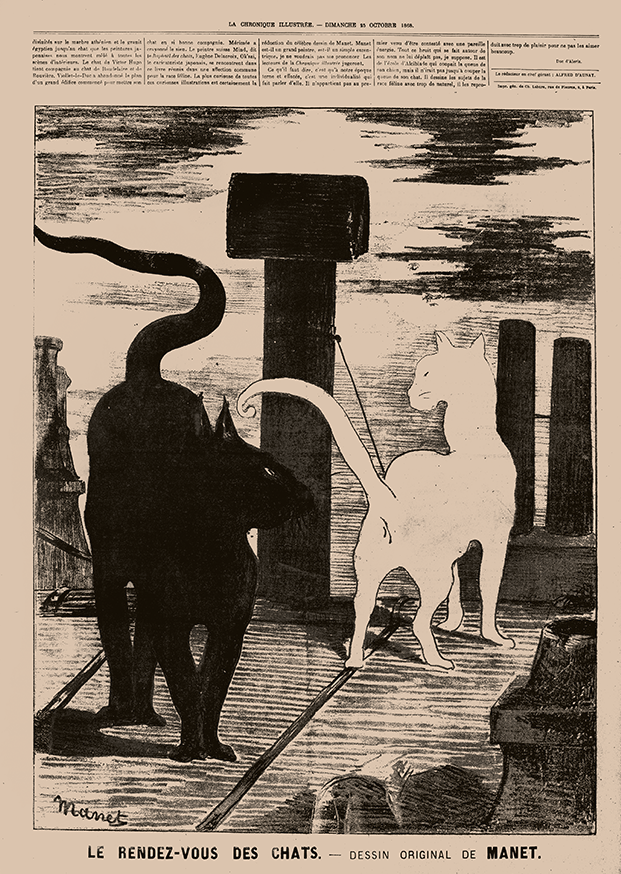
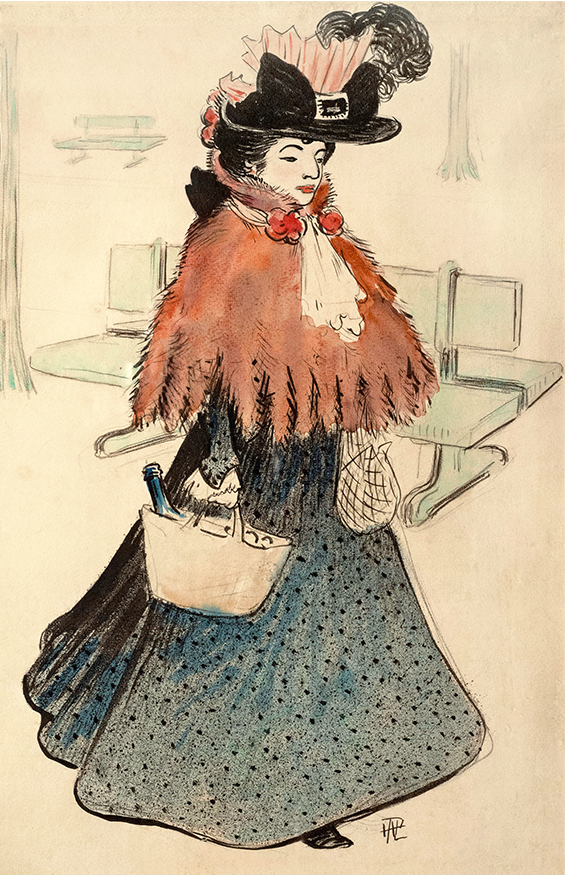
FOTOS
Crédito: Fotos extraídas del CaixaForum, exposición ‘Toulouse-Lautrec y el espíritu de Montmartre’
Jueves 27 septiembre 2018
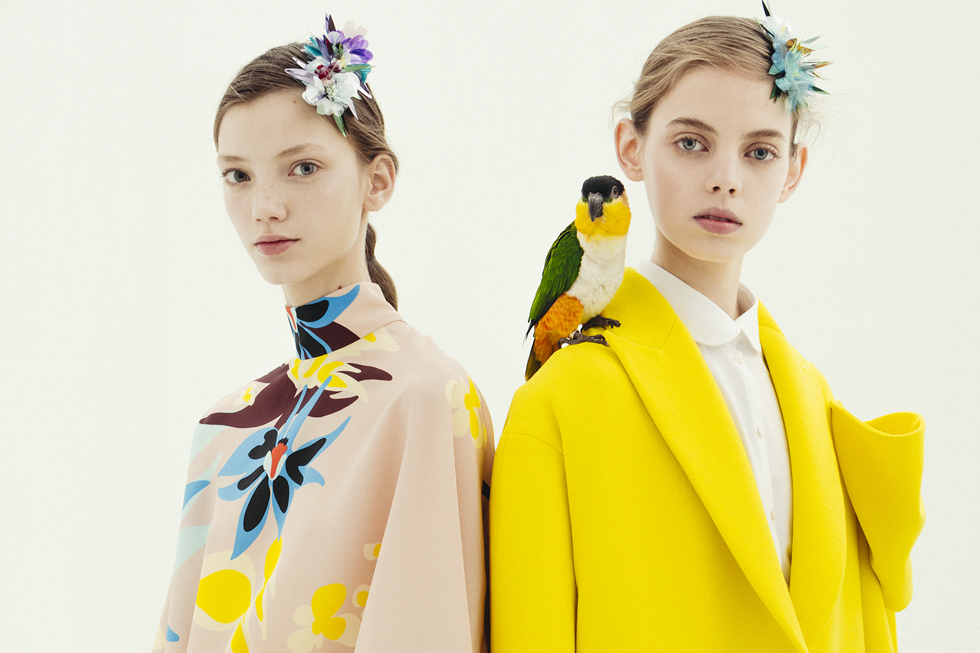
“Thank you Delpozo for these six wonderful years. I have felt as if we were one family, and I am very proud of all the things we did together. ” This is the farewell phrase that Josep Font left last Tuesday on his Instagram, after six years leading the artistic direction of the company. At the same time Delpozo, for his part, thanked people for their excellent work over the years. It was an exchange of thanks which terminates a fruitful and successful collaboration.
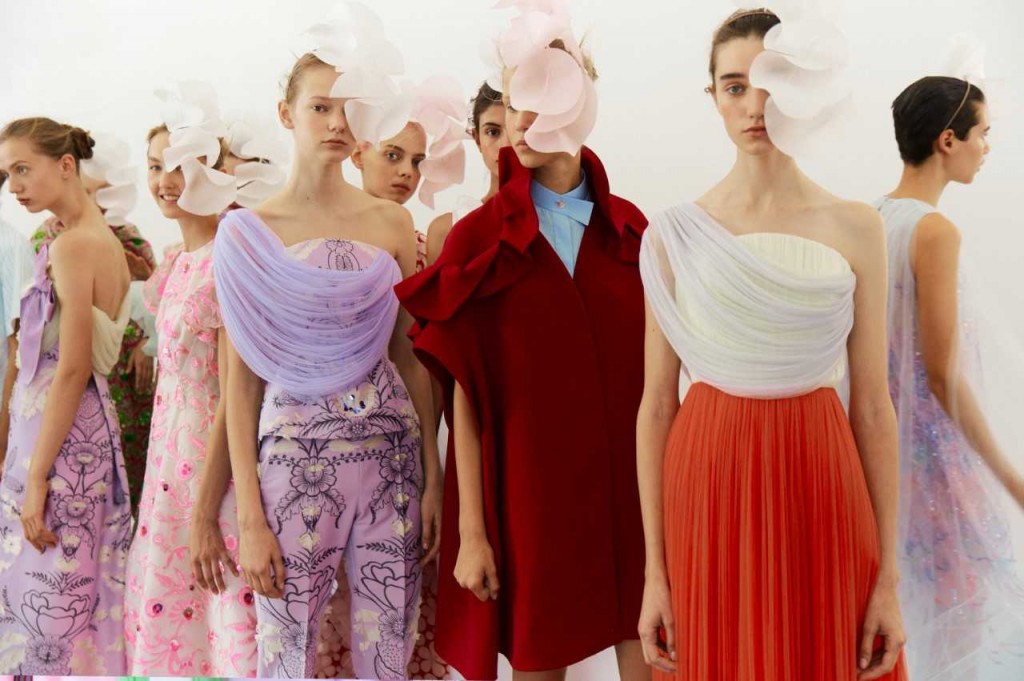
Josep Font was responsible for the “rejuvenation and continuation of the legacy of Jesus del Pozo ” according to Pedro Trolez, president of Perfumes and Design Group and owner of the company, making the Spanish brand one of the most coveted at an international level. “He has an extraordinary ability to mix colours, textures and volumes, turning them into delicate and feminine collections. I am grateful for his loyalty and for having been a part of this first stage for Delpozo, “added Trolez .
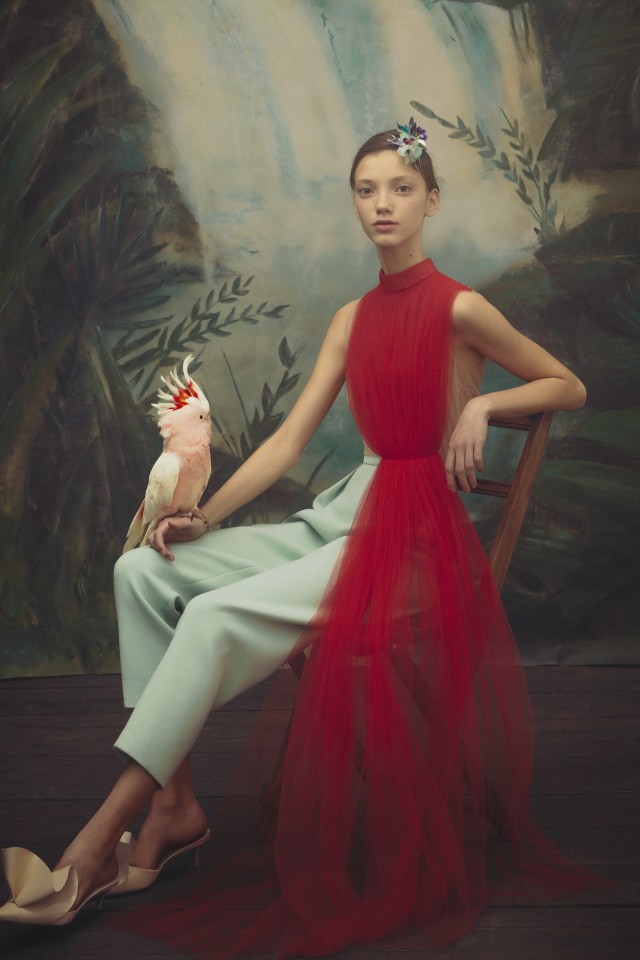 |
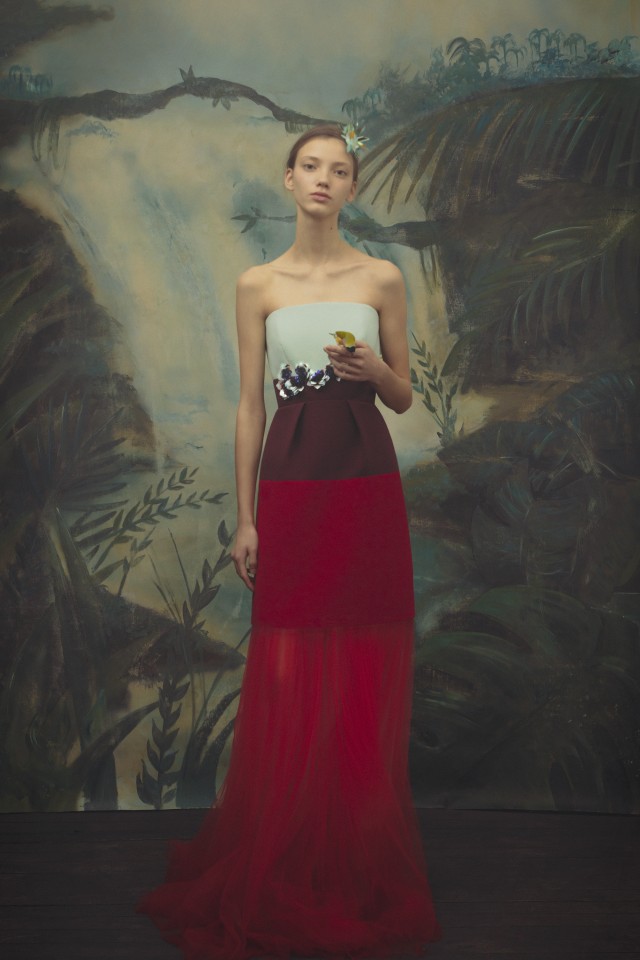 |
An architect by training, Josep Font joined the Delopozo project a year after the death of Jesús del Pozo, who founded the company in 1974. In these six years, Font was responsible for renewing the identity of the Delpozo woman and giving her global projection via a parade first in New York and then in London, the two latest two parades . Apart from the reformulation of the name for commercial purposes(Jesús del Pozo became renamed DelPozo ), the Catalan designer devised his own language inspired by the forms of nature to create voluminous, ethereal and delicate designs in a very colourful palette characterized by its magnificent contrasts: it dances between the most dream-like pastel shades and fully saturated shades.
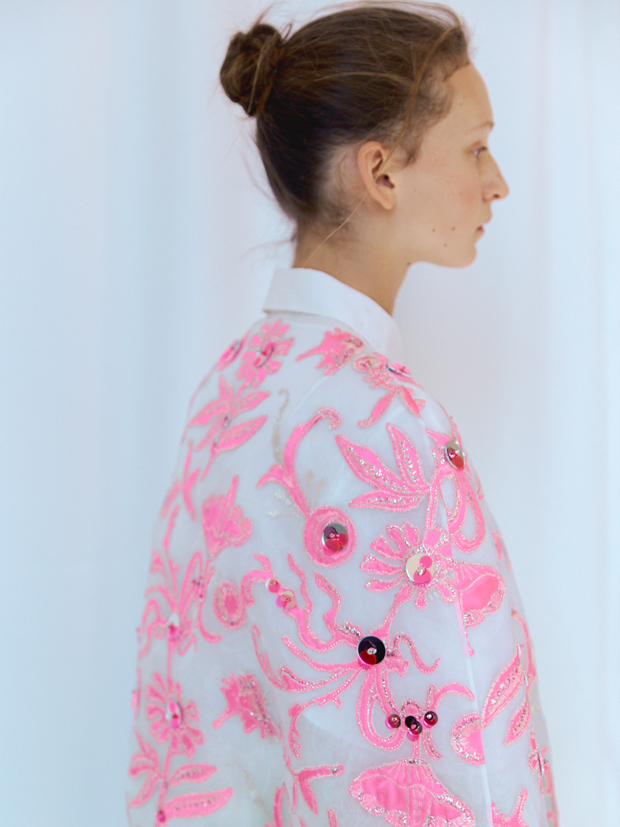 |
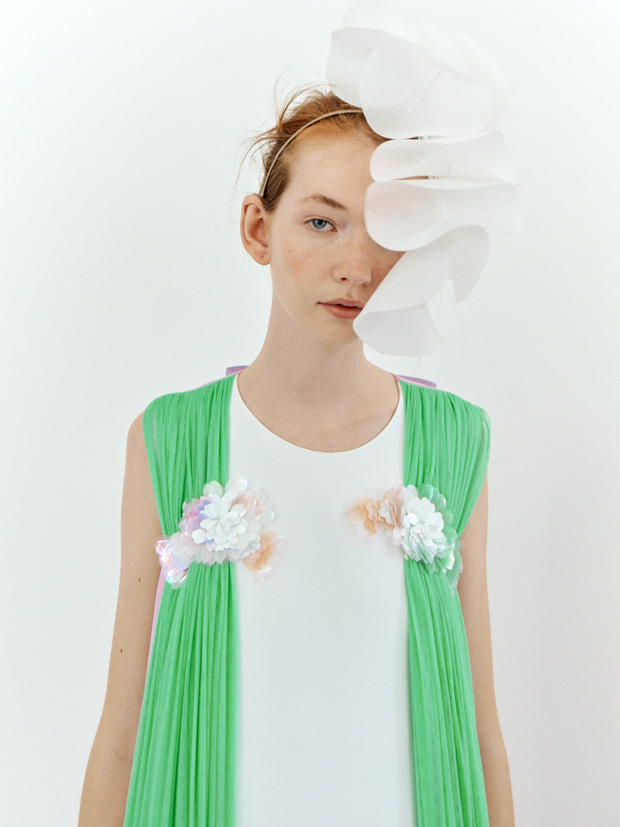 |
Apart from nature the designer has also fed from art, music and architecture to create each new collection,each of which was more surprising and more applauded. Passionate about craftsmanship, Font also opted for quality embroidery by recruiting suitable staff for his workshop., a task which bears witness to that minuteness of detail and to finishes in garments closer to haute couture than prêt-à-porter , presenting an incomparable vision of the feminine wardrobe. For all this, Josep Font has shown the value of well-made pieces, slow-cooked fashion, architectural silhouettes, tulle, ethereal volumes and good taste without excesses. All this through Delpozo .
At the moment Delpozo has not given clues as to who will be the designer to relieve Josep Font as the head of artistic direction. It is also not known what the next step will be for this Catalan designer, who has managed to fulfil the dreams of privileged women able to be dressed by Delpozo in the Josep Font era.
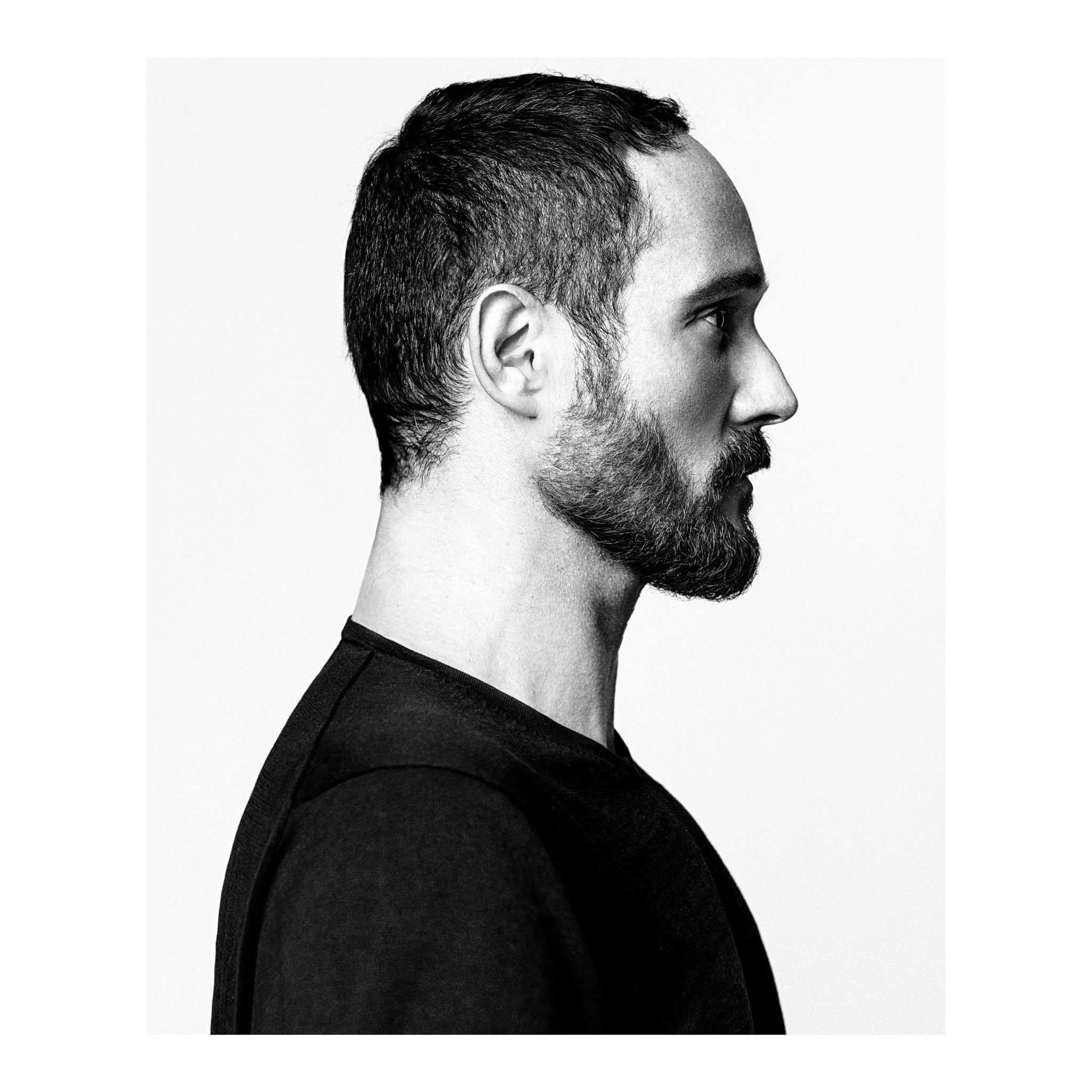
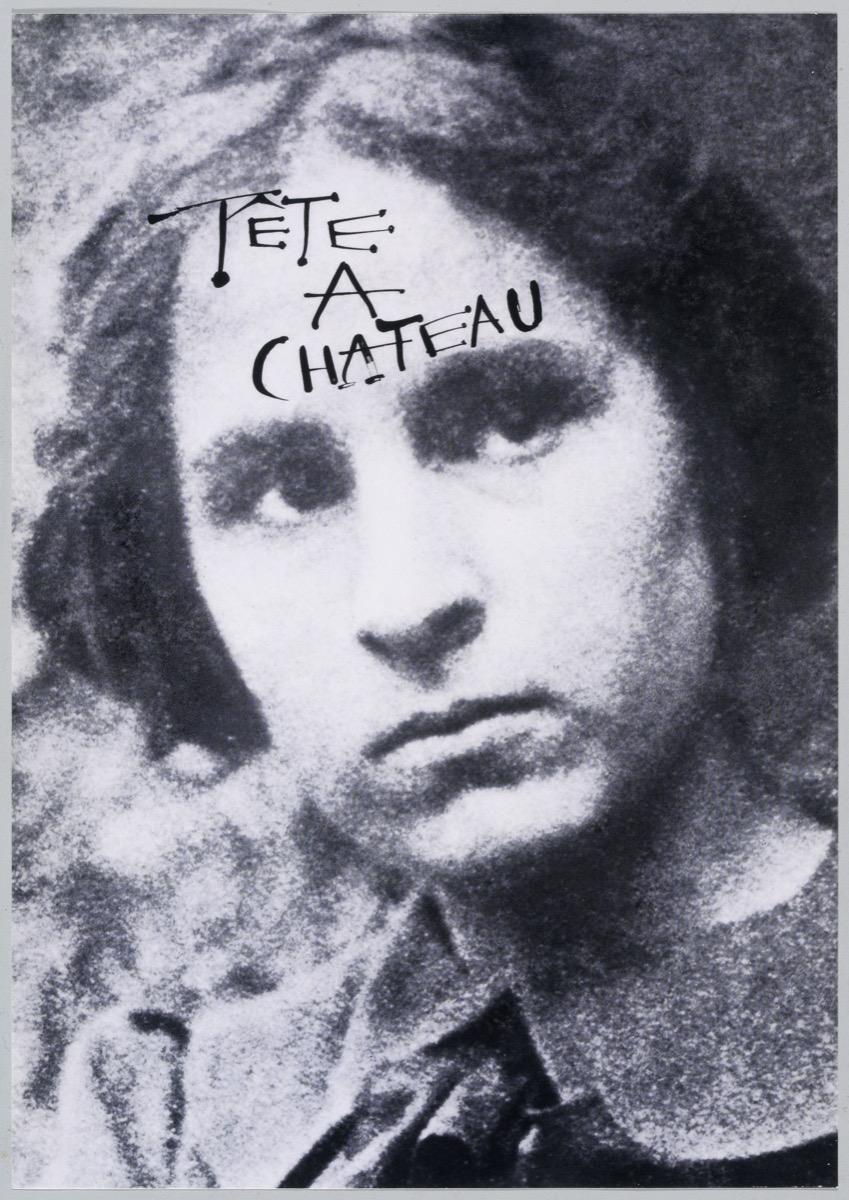
Who really was Gala? Who was this enigmatic woman who never went unnoticed and who raised contradictory feelings between the artists and poets of the time? Was she a muse or a creator? Never before to this day has such a large and detailed exhibition been focused on this visionary figure with the new exhibition Gala Salvador Dalí in Barcelona.
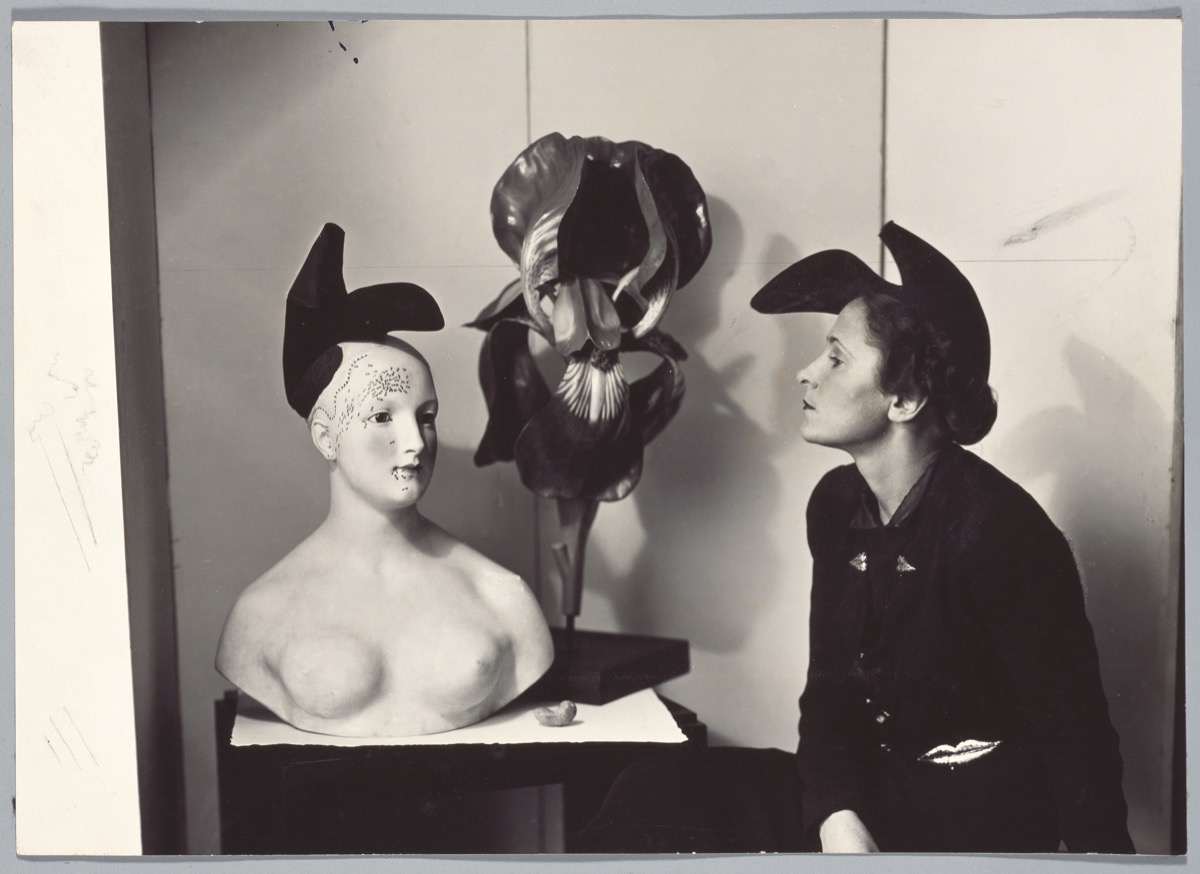
The National Museu d’Art de Catalunya and the Fundació Gala-Salvador Dalí have set a challenge with this event: to unveil Gala, muse, artist and a key figure in twentieth century art. Curated by Estrella de Diego, professor of Art History (UCM), the exhibition explores the life of Gala, companion of Salvador Dalí and before that of the poet Paul Éluard. Sometimes admired, sometimes forgotten or even insulted, Gala is undoubtedly a key character of the avant-garde.
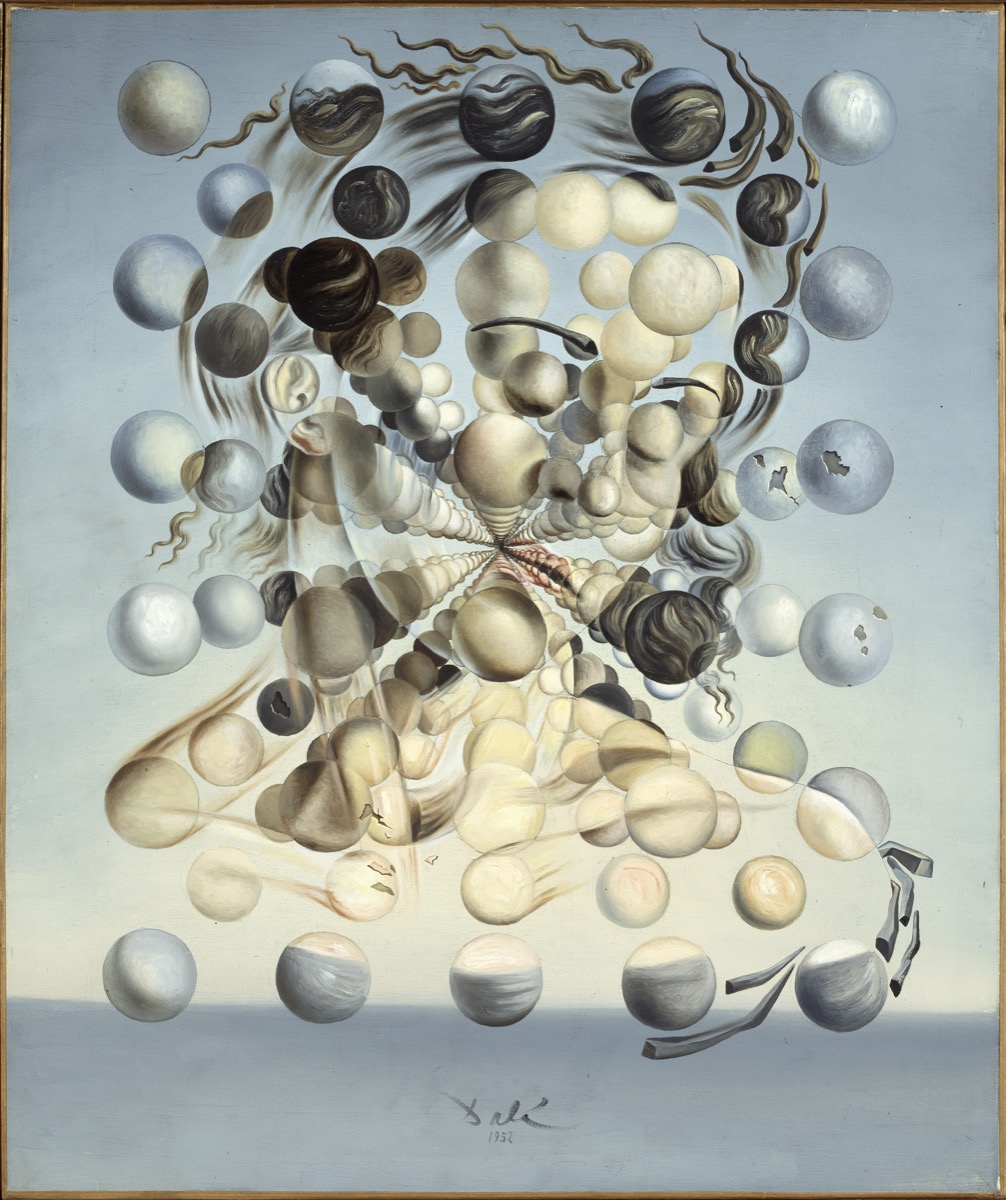
A long journey
Gala (September 7, 1894 – June 10, 1982), was born into a family of intellectuals from Kazan (Russia), and spent her childhood in Moscow. She settled in Switzerland, where she met Paul Éluard, with whom she moved to Paris, where she contacted members of the Surrealist movement, such as Max Ernst.
In 1929 she travelled to Cadaqués, where he met and fell in love with Dalí and they decided to start a life together. For eight years they were in exile in the United States, and on their return they commuted between Portlligat, New York and Paris. Gala was indeed known worldwide as the woman of Salvador Dalí, his muse and the protagonist of some of his paintings. From this point followed the transformation of Gala into an artist in her own right, since the couple opted for an artistic cooperation which meant the shared authorship of some works.

Admired at times, sometimes forgotten or even insulted, Gala is a key figure of the avant-garde.
A key figure
Without Gala the surreal game board would appear incomplete. The paintings of Max Ernst, the photographs of Man Ray and Cecil Beaton and especially the works of Salvador Dalí are much more than portraits: they make up an autobiographical journey in which, as a postmodern heroine, Gala imagined and created her image.
For this reason the show will discover a Gala who is camouflaged as a muse while building her own path as an artist. It is also undeniable that to follow the evolution of Salvador Dalí as a painter she was essential in the artistic development of the Empordà painter. In this sense the exhibition gathers together a very important set of his works, some 60 in total, between oils and drawings. There is also a selection of paintings, drawings and photographs by other artists who gravitated in the surrealist universe with Max Ernst, Picasso, Man Ray and Cecil Beaton or BrassaÏ. Exhibited for the first time too is an interesting set of letters, postcards and books, as well as clothes and personal items from Gala’s toiletries.

As a postmodern heroine, Gala imagined and created her image.
In total, the exhibition brings together some 180 works that allow the reconstruction of the complex and fascinating figure of Gala. The works in the exhibition come mainly from the Dalí Foundation, but there are also objects from private collections and international museums in the United States, Germany, France and Italy, among others.
The Gala Salvador Dalí exhibition will remain open to the public until October 14.
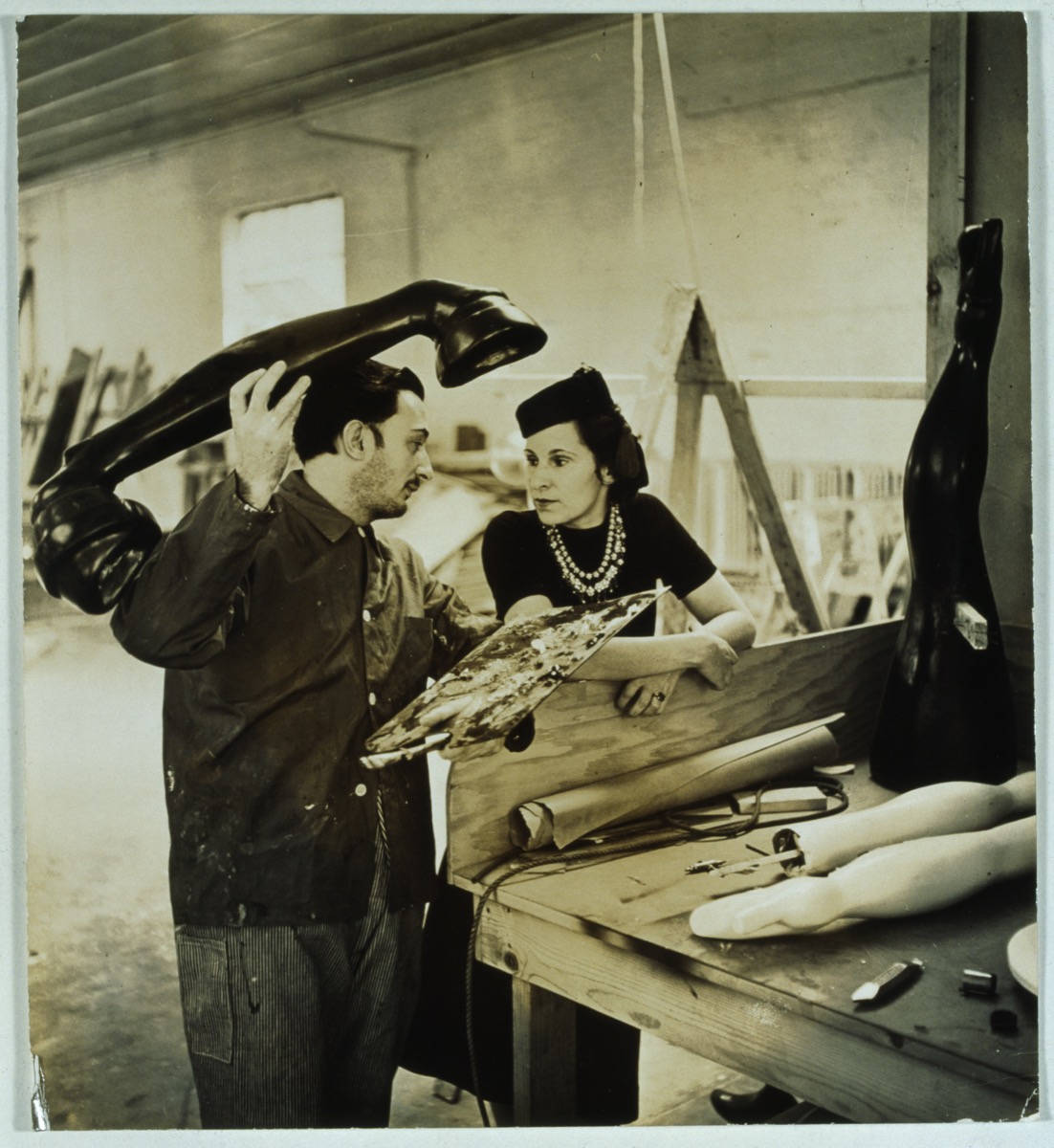
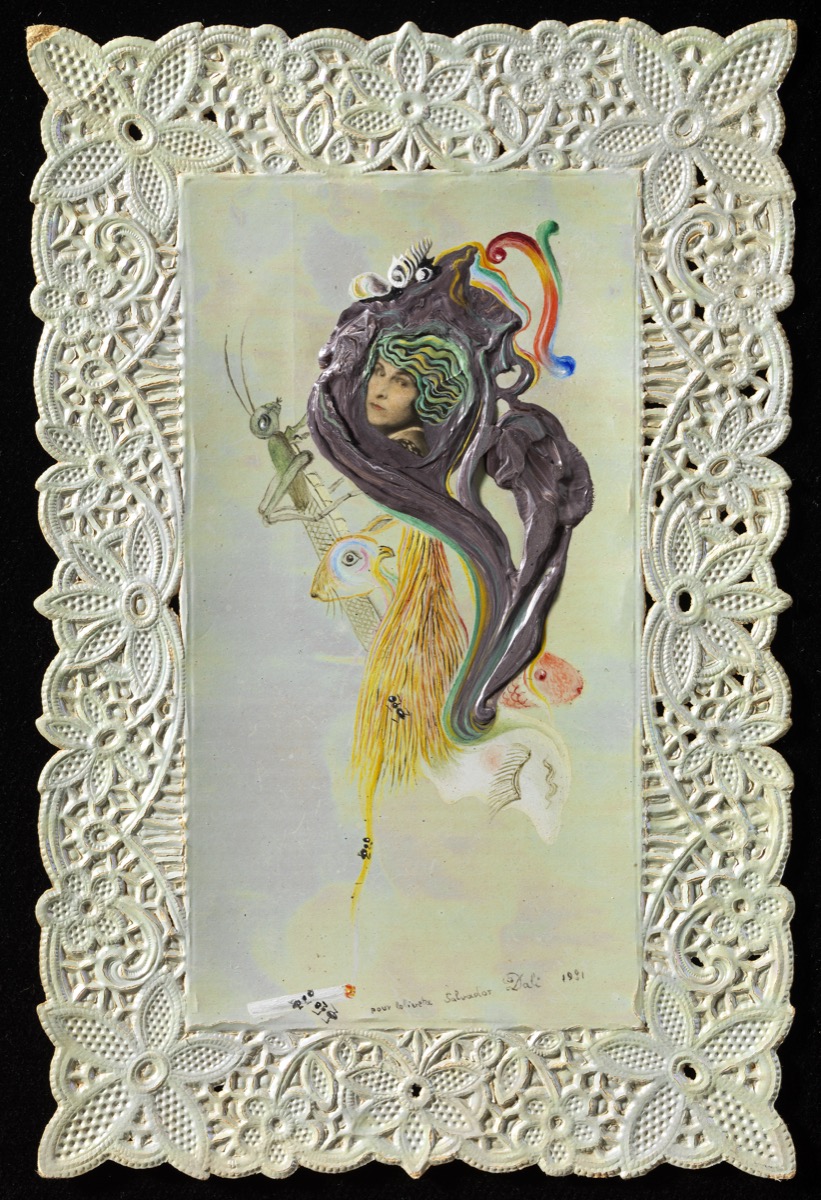
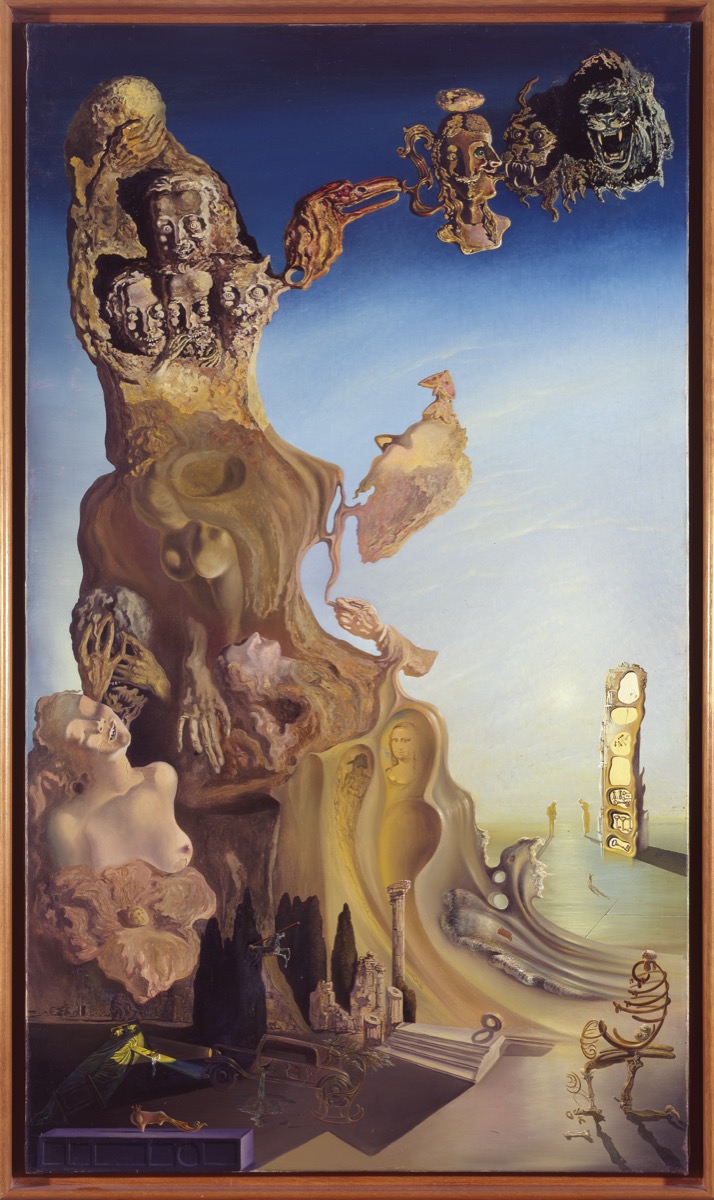
Source: Photos provided by the National Art Museum of Catalonia and the Gala-Salvador Dalí Foundation
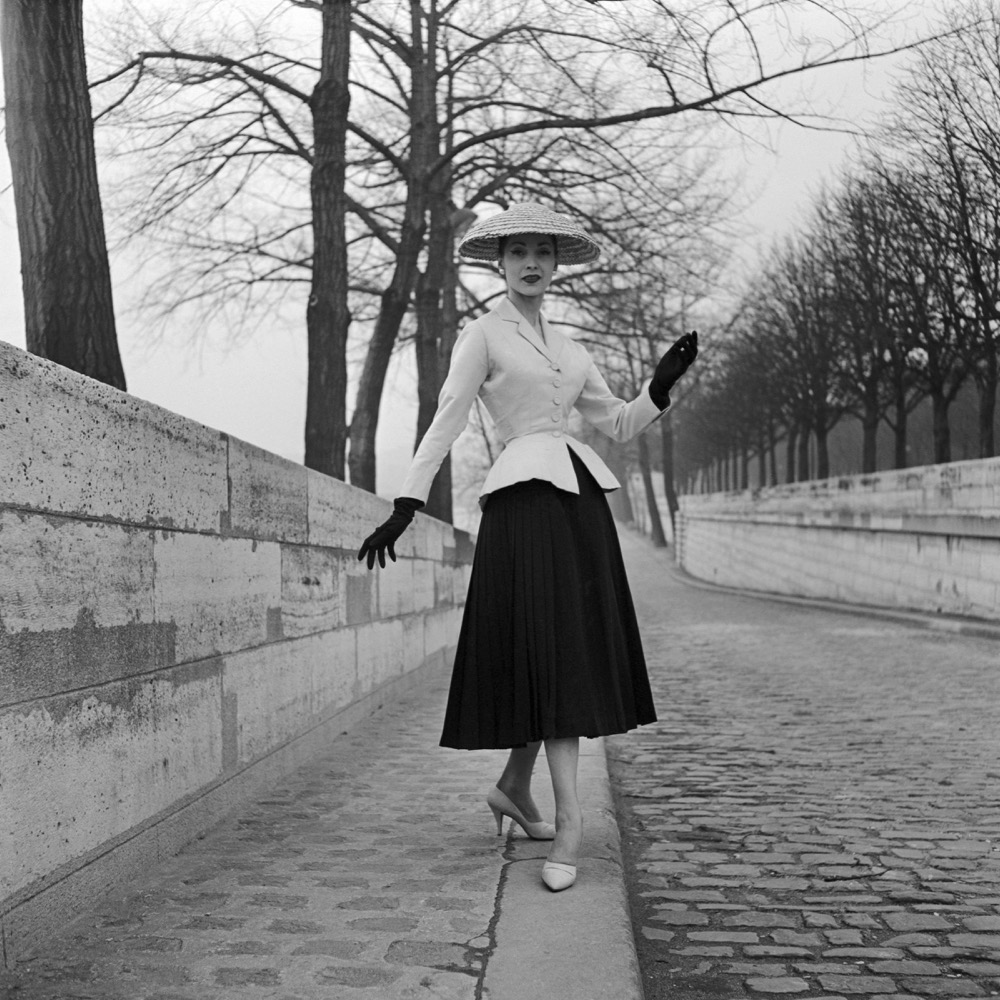
The Christian Dior museum in Granville, hosts a special exhibition that represents the opportunity to see a unique journey through the savoir faire of the famous couturier through its collections. Thus, the exhibition ‘The Treasures of the Collection, 30 years of acquisitions’ represents a selection of 60 Haute Couture dresses, accessories, numerous archival documents, photographs and personal belongings that belonged to Christian Dior. These “treasures” allow us to discover and enjoy the entrepreneurial spirit of the couturier, his career as a creator and his visionary secrets.

The exhibition is located in Villa Les Rhumbs, in the emblematic pink and grey farmhouse where Christian Dior, that reserved and dreamer child, spent his childhood. A place of exuberant vegetation, away from the agitations of the city where the designer found in the English garden his main sources of stylistic inspiration that later, transmitted in the spirit of the Maison Dior. In 1987, the exhibition “Christian Dior, the other himself” organized at the Richard Anacréon Museum of Modern Art led to the creation of a Christian Dior fund. The idea of creating a museum in the house where the great fashion designer was born came true ten years later.
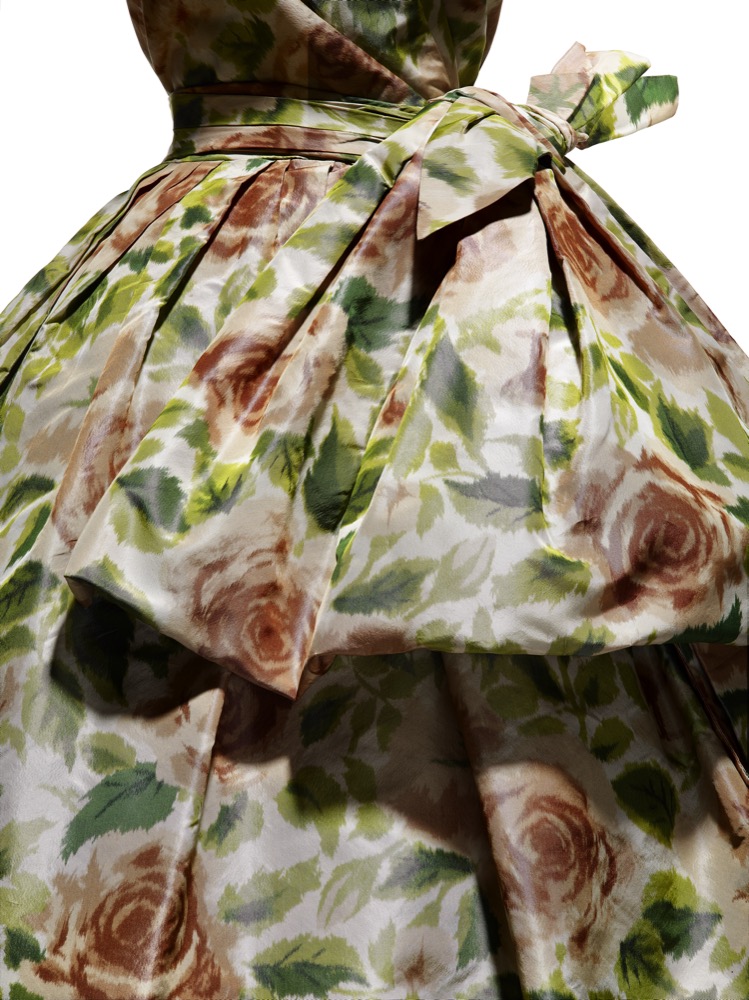
Among the items on display, some curious ones stand out such as a silver chest donated by the Emperor of Japan, or Christian Dior’s personal belongings of that were part of his routine such as his lucky star, his agenda, his watch and his scissors. The museum also features several dresses acquired or donated and restored that are exhibited for the first time to complete the museum’s collections. To close the exhibition, visitors can admire the miniature reproductions of 30 haute couture dresses, created especially for the occasion by the Maison Dior workshops.
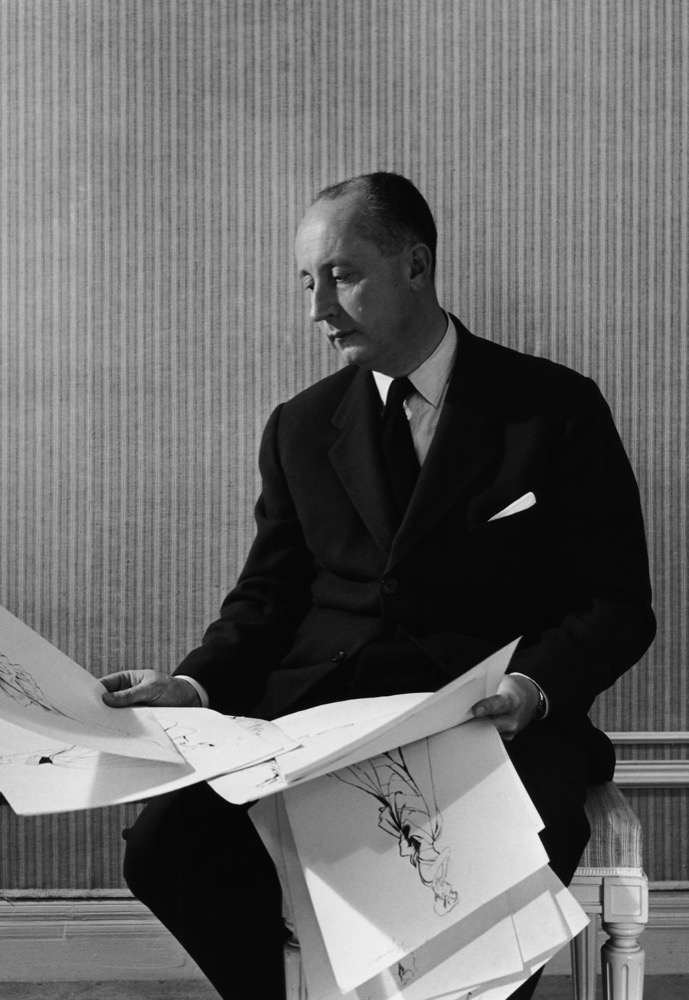
This exhibition, curated by Brigitte Richart -conservative, general curator- , and by Gwénola Fouilleul – in charge of the collections – is also backed up with Florence Müller, scientific adviser, and Barbara Jeauffroy-Mairet , mission manager. The stage design has been commissioned by Alighieri Agency from Simon Jaffrot and Noémie Bourgeois. ‘The Treasures of the Collection, 30 years of acquisitions’ can be visited at the Christian Dior Museum until January 6th, 2019.
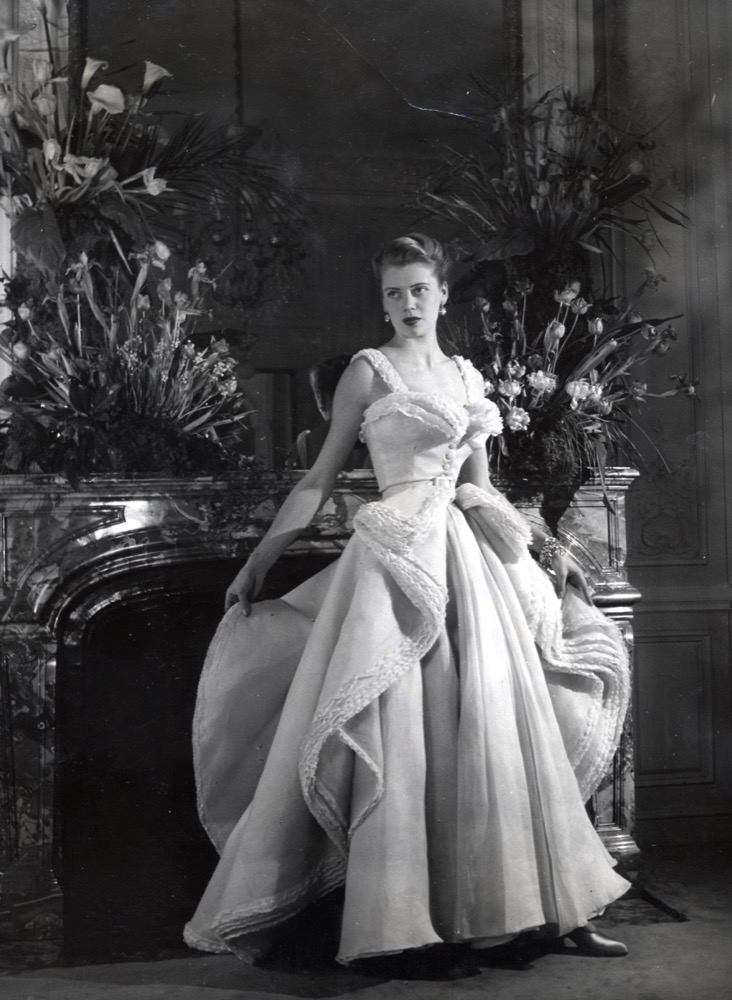
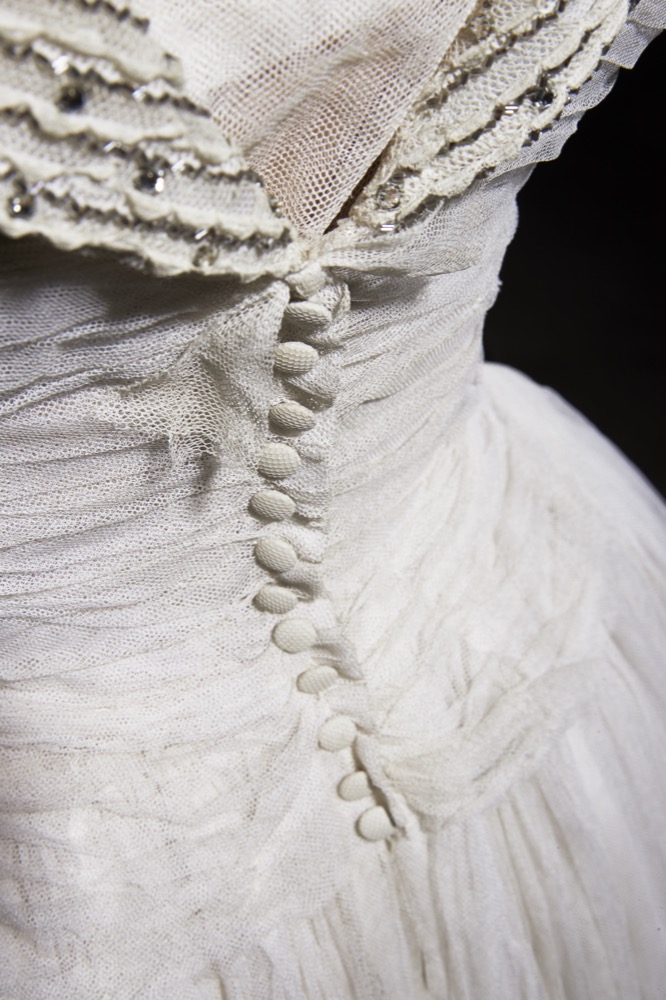
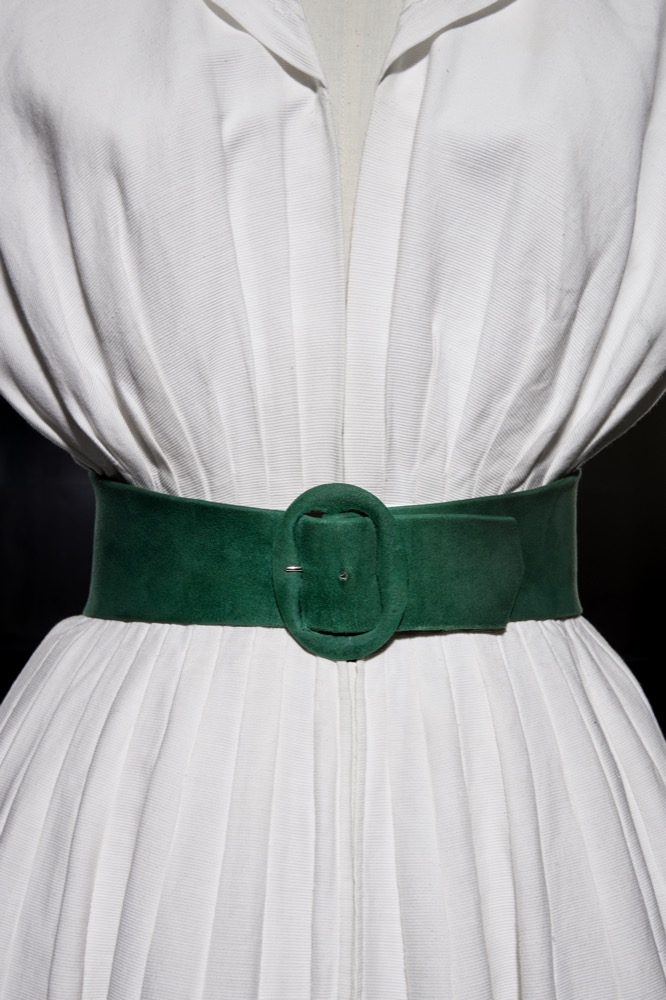
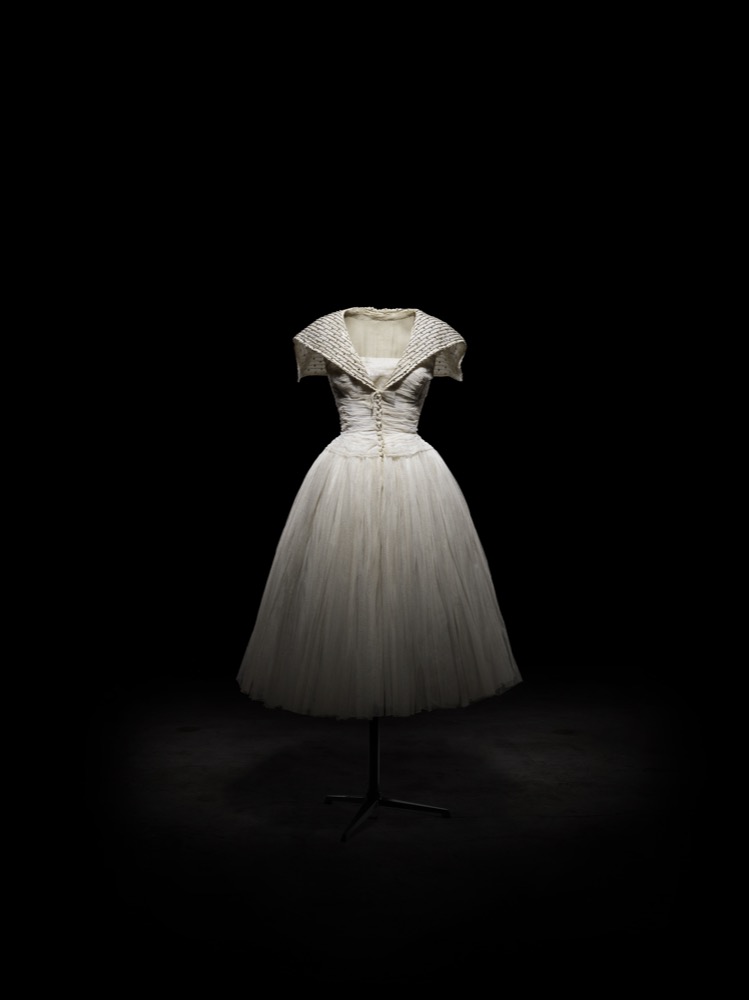

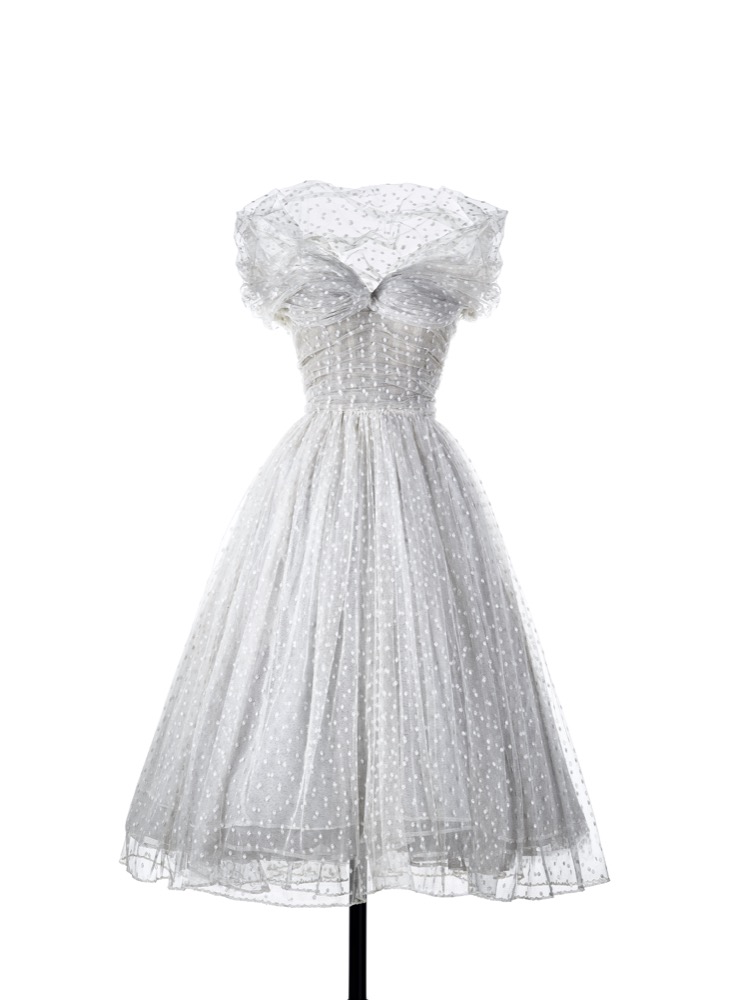
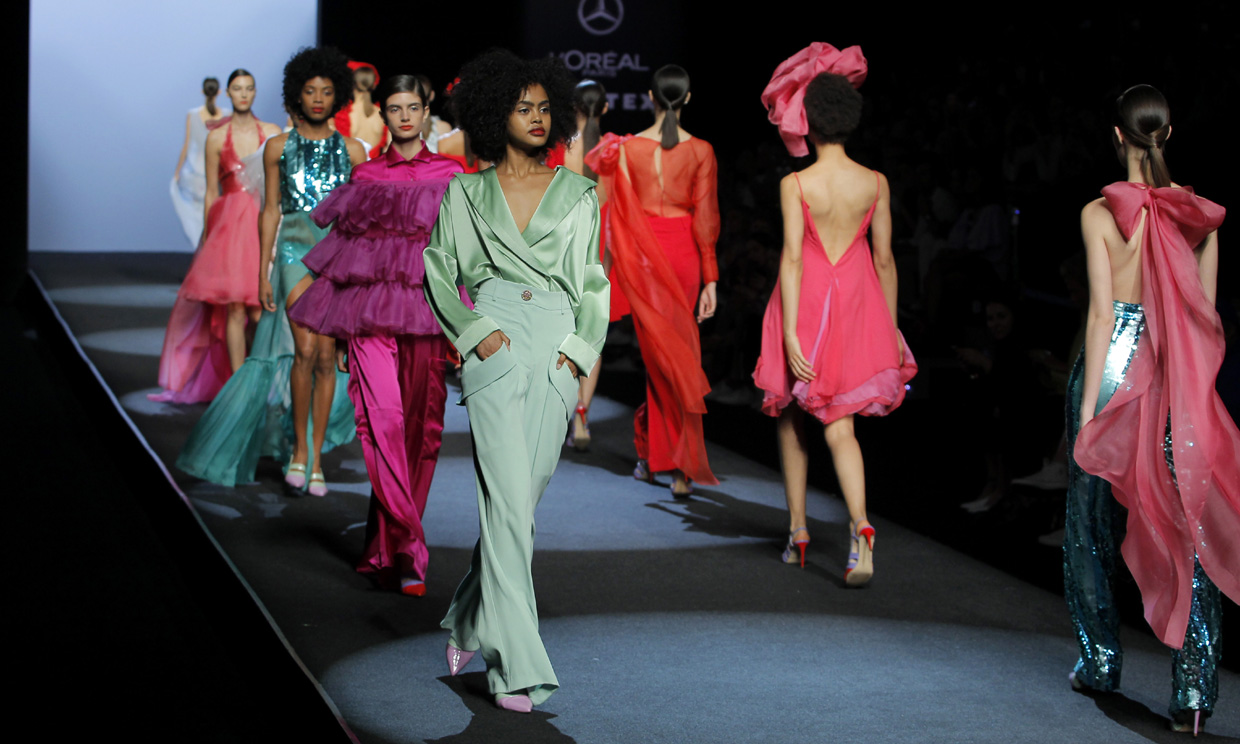
As usual, the Gratacós fabrics have also been present in the latest edition of the Mercedes-Benz Fashion Week Madrid in the Spring-Summer 2019 collections presented by the best designers of current Spanish fashion. Consolidated firms that confide in us such as Juan Duyos, Menchèn Tomás, The 2nd Skin, Malne, Moisés Nieto, Palomo Spain and also young designers who are building a promising future in the sector such as Juan Carlos Pajares who is already integrated into the official calendar of the Madrid show, after his participation in the catwalks of emerging talents.
Here we reveal some details of the collections for the next summer season, as well as the fabrics and colours that were shown that most caught our attention. Roughly speaking, we would highlight the success of colour, the fabrics that radiate light, the metallic fibres and the sequins that also conquer the street looks and add that air of sophistication.
Duyos’ light
Juan Duyos pays homage to the light, in an ode to feminine beauty that shines the brightest. It is for this reason that in the collection ‘Light’, luminous fabrics such as metallic, paillettes, lurex, lame and several metallic threads stand out and capture all the flashes – and looks – on Madrid’s catwalk. In contrast to the bright materials, this proposal is tinted in ice green, lavender, lime or peach that coexist with gold and silver.
The strength of Anonymous women
Juan Carlos Pajares, one of the most successful emerging talents of Spanish fashion always surprises on the Spanish catwalk. This time, the designer from Madrid has found in the Amazons his source of inspiration in a collection that pays tribute to all those women who hid behind pseudonyms and even had to stop working or doing what they were passionate about. In the show, this spirit is transmitted through colour with a palette that includes pinks, greens, oranges, blues and greys. The blends of textures, oriental reminiscence prints and the superposition of urban garments made in formal fabrics are also noteworthy: mikado and silk ottomans, cottons, neoprenes, crepes, paillettes or vichys with touches of lurex.
In cuban lands
“Me desordeno, amor, me desordeno”, recites the poem by Carilda Oliver, one of the most reknowned contemporary poetesses in Cuba who has inspired the new Menchén Tomàs collection together with other artists such as Catalina Lasa and Lidia Ríos who lived in the greatest splendor of Cuban society before the revolution. It is precisely in the heart of the Havana where the Barcelona designer finds inspiration for her spring-summer fashion show. A sophisticated proposal arranged in three parts. The first begins with pure white, “the colour of Santeria” according to the designer ” with textured details. In the second part, the clothes turn quartz, the stone of the subsoil of the island. In the last part, there is an explosion of colour resulting in a happy and optimistic result.
Malne and the empowered woman
The creative duo behind Malne: Paloma Álvarez and Juanjo Mánez have presented a collection that plays with the mix & match in fabrics and prints for women who feel strong and free and transmit that spirit of rebellion. The animal print combines perfectly with dancer touches and maxi volumes with ruffles and feathers forming a solid and well-constructed proposal that structures the entire collection. Only suitable for the daring…
Palomo Spain
The enfant terrible of Spanish fashion, who revolutionizes the male wardrobe with his glamorous looks. This time he has inspired himself in the cabinets of curiosities to dress men in sophisticated style. Thus, Alejandro Gómez Palomo fills the catwalk with his exotic models that include wild silks and extravagant volumes, tortoiseshell buttons, sophisticated outfits in velvet jersey that are crowned with luxurious mosquito-net hats inspired by the explorers of the XIX century. The proposal by Palomo Spain is enriching, the kaftans, the jacket sets and the skirts in laminated fabrics and linen for the pure and traditional lines.
A full volumen Spring
Juan Carlos Fernández and Antonio Burillo presented ‘The Garden’, a dreamlike proposal inspired by a romantic garden. In this spring collection, The 2nd Skin focuses on dresses as main axis, maxi volumes, oversize garments and floral print as the basis of this evocative collection with a marked eighties air. In terms of fabrics, the mikados stand out, embroidered sequins -symbol of the brand- along with other lighter ones like tulle or silk chiffon.
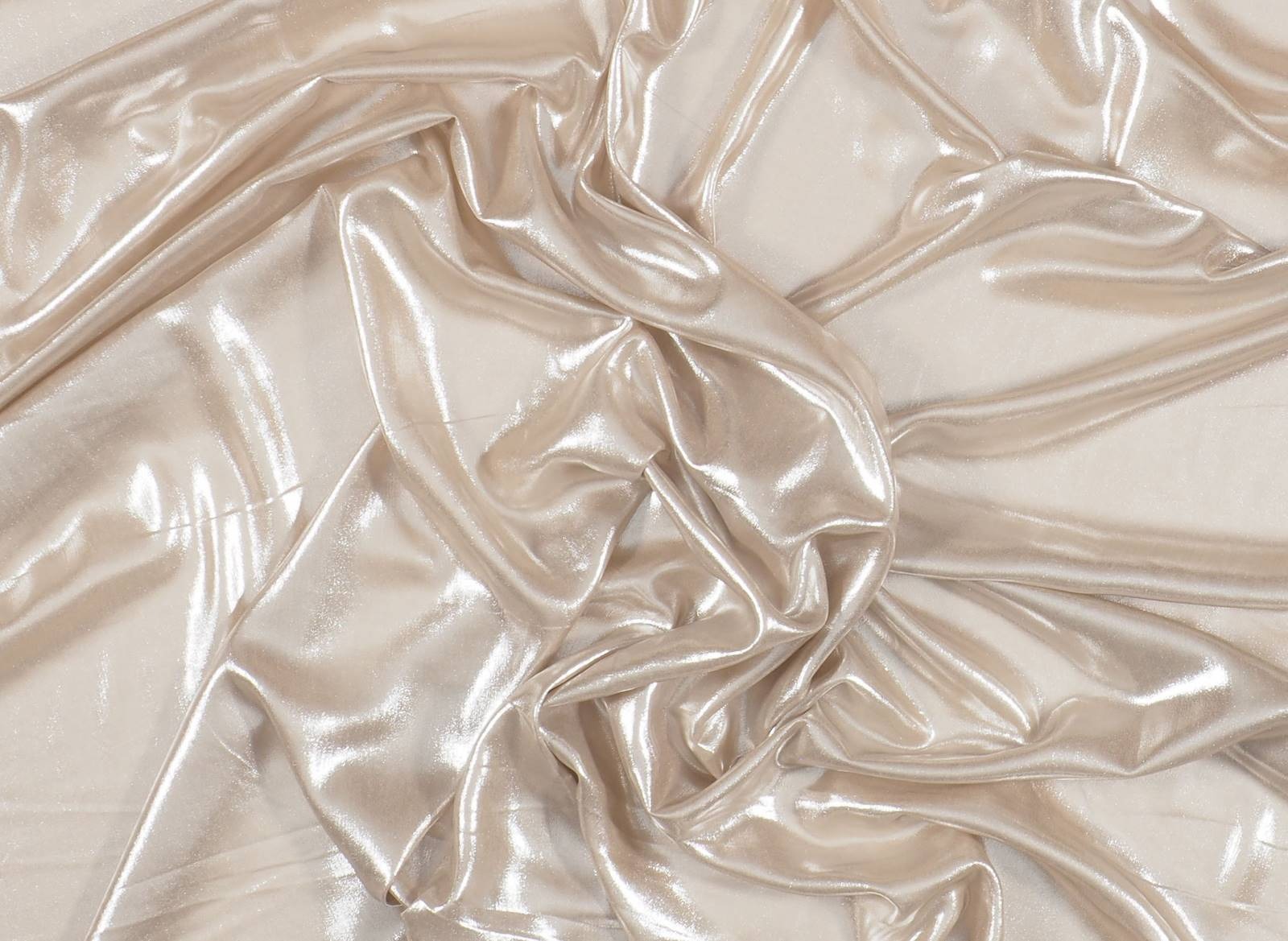
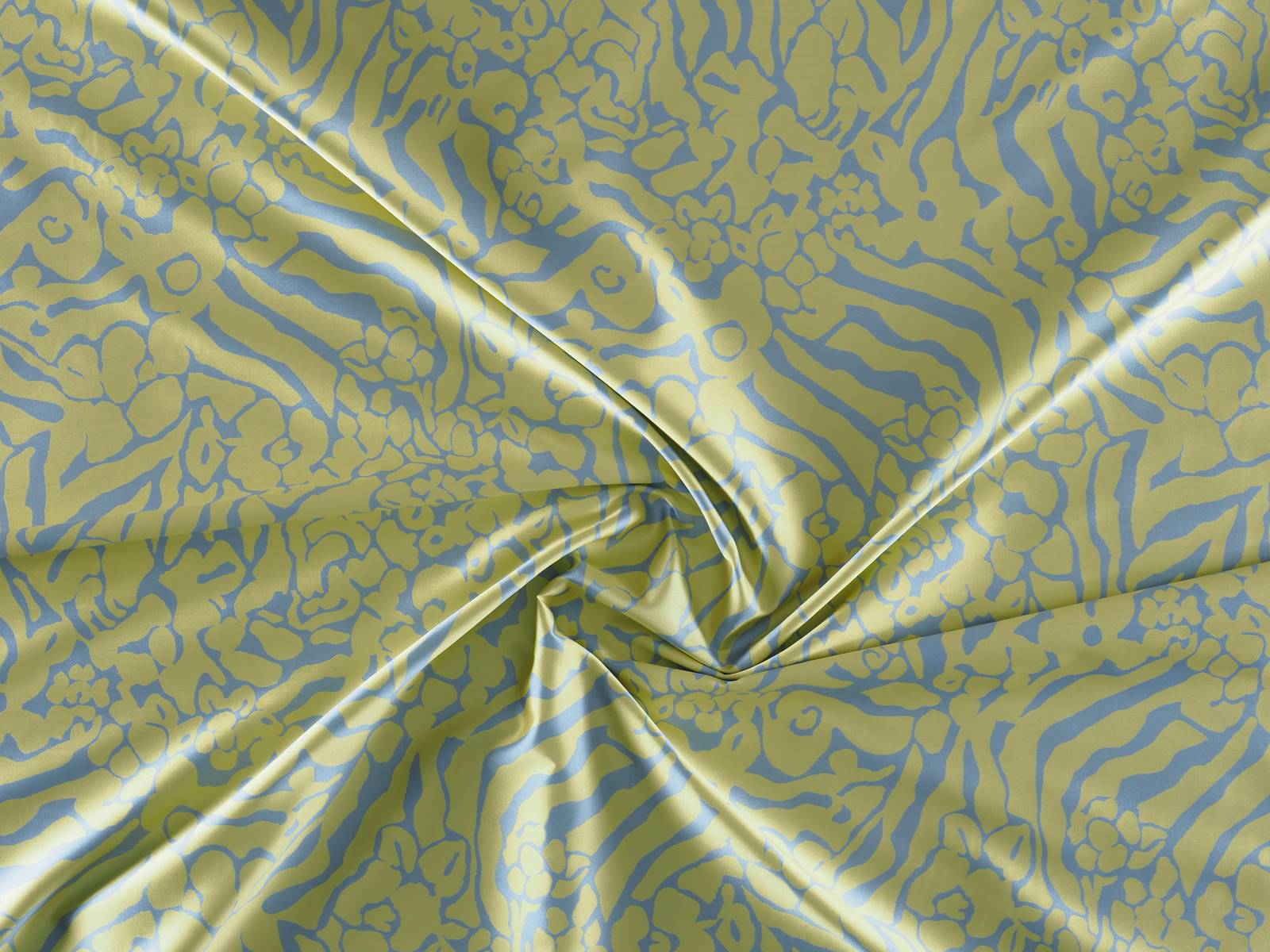
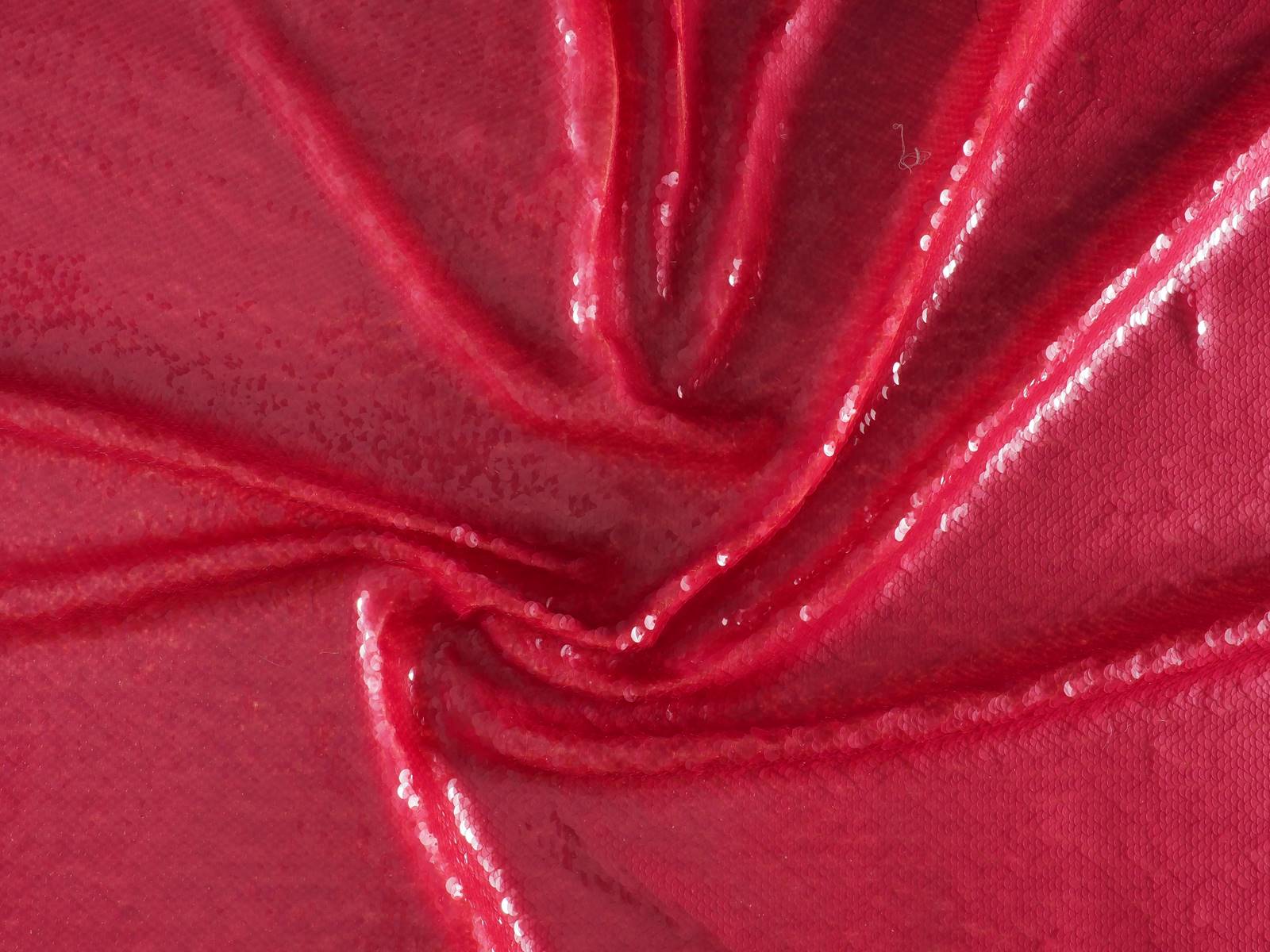
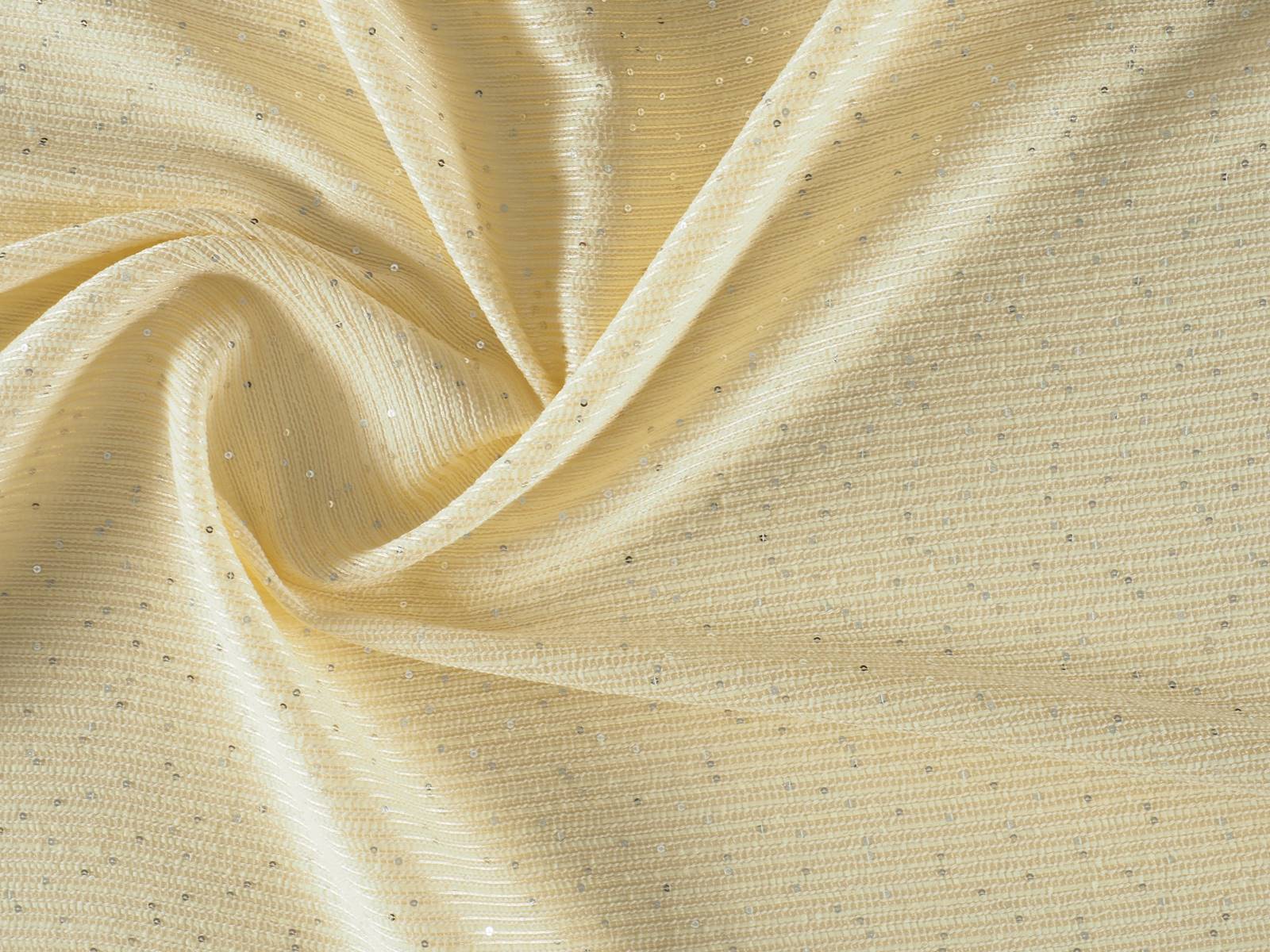
Sorry, this entry is only available in European Spanish.


